Virtual reality is longer limited to a niche audience like back in the 1990s. Though the concept started in the 1960s with the advent of immersive stereoscopic videos, things really started to pick up in the 1970s, when interactive realistic experiences were offered in viewing devices. However, the best of the devices were available in labs and many of them were too large to carry around.
Fast forward to 2016, the virtual reality (VR) device market is emerging and everyone wants to try it and see for themselves. Today, you can highly efficient, computerized VR devices that work in tandem with your cellphones, by making use of mobile applications. In fact, venerable publications such as The New York Times have begun to offer content dedicated to VR headsets, in an attempt to bring a more interactive experience to content they publish.
The smartphone-phone powered VR headsets are a fry cry from the previous virtual reality devices, which often were very clunky and exorbitantly priced, even if they were available outside scientific labs. In this article, we have shortlisted some of the best VR headsets available today. Take a look at them and do let us know if you managed to grab one of these.
Pasonomi VR Headset
Pasonomi is specifically designed to be used with smartphones and can be a valuable addition while watching movies on the big screen. You could consider the Pasonomi as your own private 3D cinema. Most importantly, the makers claim that the headset has been designed for all age groups, making it perfect to be used by the elderly and also by children. Many old people often complain about feeling fatigued or dizzy but not with the Pasonomi. This stylishly designed headset ensures that uncomfortable physiological responses are avoided thanks to the spherical resin lens materials. The best feature of this headset has to be the fact that it is environmentally friendly. Pasonomi is compatible with iPhones 4 and above, and most premium Android devices. At $30, it is also one of the more affordable VR headsets available online.
Linkcool VR01 3D Headset
A number of people feel intimidated by the prices some of the more expensive VR headsets command. However, there are a lot of great headsets that do not burn a hole in your pockets. Linkcool VR01 3D headset is one such device that costs just $15.94 after discount. This nifty gadget comes with an adjustable distance between cellphones and lens, making it suitable to be used by people with different vision issues. You can use the Linkcool headset with all iOS and Android devices with screen sizes between 4.7 inches and 6 inches. Most people who use this like its comfort and ease of use, though the immersion quality may not be as good as the more expensive devices available in the market.
Samsung Gear VR Innovator Edition
If you have a Samsung Galaxy S6, you might want to try the Samsung Gear VR Innovator Edition. This is not currently available but you can always leave a message for them to put it up for sale again. The device is compatible with Samsung Galaxy S6 and S6 Edge. You can find a lot of content thanks to Oculus and Samsung both playing a part in this one. However, the only catch is, it’s currently unavailable and it is not clear if it will be available again. It is also a certified refurbished product, which means though it’s been used previously, you will not find any evidence of someone having it used previously.
Ergonomic Sarlar VR Glasses
If there is something that stops people from using VR headsets continuously, it is the fact that they tend to cause eye strain. Many ophthalmologists advise people not to wear them continuously because of the fatigue that badly designed VR headsets cause. However, Sarlar VR Glasses are specifically designed to be easy on your eyes. These headsets exert zero pressure on your eyes and ensure that your lower eyelids remain stress-free. It is designed in such a manner that the headband does not exert pressure on your nose bridge and eyelids, making it easier for you to watch movies, play games and engage in other media for prolonged periods. Sarlar VR Glasses are compatible with most cellphones with screen sizes between 4 inches and 6.5 inches, making this device more accessible. At $23.99, this VR headset is compatible with not only iOS and Android devices, but also Microsoft phones.
Myopia-proof Motoraux Movie Visor VR Headsets
A lot of people are unable to use VR headsets because they need to wear regular glasses to correct their shortsightedness. Shortsightedness, which is also known by the name of myopia, causes the sufferer to not see things at a distance clearly. They need to wear glasses in order to correct their vision. The Motoraux headset has been designed with myopic people in mind. If you are shortsighted and wear glasses to correct your vision, all you need to do is, insert your regular glasses into the headset and then wear the whole contraption on your head. This device is compatible with iOS, Android and PC phone series with screen sizes between 4 and 5.9 inches. Originally priced at $62.99, it is now available for just $29.99 after a big discount. The headset also boasts of a great 3D immersive experience.
LeNest VR Headset
If you are looking for a premium headset at a mainstream price, the LeNest VR Headset comes at a steal. It costs just $26.88 after a discount of nearly 76%. This device can be used by those who have myopia as well. The LeNest VR Headset can be used with all smartphones under the screen size of 6 inches. The adjustable head straps are made of high grade perforated leather material so that the pressure on your nose ridge and lower eyelids is reduced. The 42 mm diameter lens sets this headset apart from the usual 35mm lens, bringing more clarity and immersive experience.
VRKiX Virtual Reality 3D Glasses
Sometimes, we just need to spend a little more in order to experience all the goodness that technology has to offer. The VRKiX Virtual Reality 3D Glasses is a little pricey compared to its peers but promises a lot more than others. At $49.99, it may seem like an expensive gadget but with 360 degree viewing made possible on your smartphones, you couldn’t be asking for more. Most importantly, the thick soft face cushion ensures that you can use the device for hours. IT can also be cleaned easily, making it an ergonomic and well-designed headset. The device can also be used with smaller cellphones, as it allows screen sizes between 3 inches and 6 inches. The VRKiX Virtual Reality 3D Glasses is compatible with Android and iOS devices, and also with Google Cardboard app.
WEAREVR ET1 VR Headsets
If you are looking for premium technology and advanced materials, the WEAREVR ET1 headset is a great choice. The device comes with a 42 mm Japan technology lens and soft elastic head-straps that offer great immersive experience and comfortable wearing. This product has been specifically designed to reduce neck strain and the discomfort prolonged periods of watching at a screen in an angle causes. The straps come with the unique “pillow back” support that ensures that you do not feel tired at the end of your VR viewing experience. The device is compatible with both Android and iOS devices between 3 and 6 inches. At $34.99, the WEAREVR ET1 VR Headsets are moderately priced.
Habor 3D VR Headsets
If you are tired of sweat trickling down your face and making your headset’s strap wet and uncomfortable, the guys at Habor have heard you. The Habor 3D VR headsets come with a non-sweat-absorbent, elastic and hygienic leather which ensures that you can watch your movie or play games without feeling uncomfortable. It is also designed ergonomically to ensure maximum comfort and least pressure on the eyes. Myopic people can use these headsets too, while the blue coating film protects everybody’s eyes from the harsh blue lights that come from smartphone screens. In other words, Habor 3D VR is the perfect choice if you value hygiene, comfort and optical health. The headset is compatible with screen sizes between 4 and 6 inches and costs $47.99.
Google Cardboard v2.0 Virtual Reality Headset
If you are familiar with VR headsets, you will probably already know that Google’s cardboard headsets are affordable and work pretty well. They are not as comfortable as many others in this list but they still do their job quite well. Moreover, there is a lot of content available for these devices at Google Play. The Google Cardboard v2.0 Virtual Reality Headset costs $14.99 and is compatible with iPhones up to 6 inches and most Android devices. It is made from a high quality cardboard that will not wear out easily. Still, if you are looking for comfort, this may not be the headset of choice for you.
J-DEAL Large FOV 3D Headsets
Another headset with a 42 mm diameter lens is the J-DEAL Large FOV 3D Headset, which costs $24.99, after a discount of almost 58%. It simulates a 1000 inches big screen from a distance of 3 meters, making watching 3D-enabled movies a truly immersive experience. The headsets are also designed for myopic people and what’s more, they don’t even have to wear their own glasses. The headsets come with an in-built feature which makes it easy for people with myopia under 600 degrees to watch movies and play games without wearing glasses. The device can also be used in various positions. If you decide to watch the movie lying in the bed or while standing in the kitchen waiting for the broth to boil, you can go ahead and do that. This environmentally friendly device is compatible with all Android and iOS devices with screen sizes between 4.7 and 6 inches.
Innoo Tech VR Goggles
If you are looking for a panoramic immersive experience, look no further than the Innoo Tech VR Glasses, which cost $28.99. The headsets are widely compatible with devices that have screen sizes ranging between 3.5 inches and 6 inches. If you are still holding on to an iPhone 4S, you can safely use this headset with your older iPhones. The headset is also compatible with Android, making it a truly versatile device. The highlight of this headset is that it comes with a faceplate that ensures maximum heat dissipation so that it operates under temperatures almost 8 degrees cooler than other headsets. This means, you can watch or play for prolonged periods without worrying about your headsets becoming hot and uncomfortable.
Merge VR Headsets
There is something icky about sharing headsets with family and friends. More than being icky, it can pose a risk of transmitting infections and germs. If you are worried about hygiene and will be sharing your headset with others, you might want to try the Merge VR Headsets. This iOS and Android-compatible headset is easy to clean and very hygienic, as it has been designed with sanitary conditions in mind. These headsets are also easy to wear and very comfortable, reducing or at least, minimizing the eyestrain that you might experience. The headset comes with innovative dual touch inputs compatible with VR apps, which negates the need for an actual controller. At $79, the Merge VR Headset is a tad too expensive for most people.
Uvistar 3D Glasses
While there are many headsets out there with each claiming to be better than the other, it becomes a little difficult to choose the right one, especially when our budget is not very high. The Uvistar 3D Glasses cost just $28.99 and are great for home use. If you are planning to buy your child or nephew his first VR headsets, this might just be the right choice. It can be used in any position at any location, making it perfect for children who tend to sit, stand and lie down all through the movie or while playing games. The Uvistar 3D Glasses are compatible with iOS and Android devices between 4.7 and 6 inches, which means, your older iPhones may not be compatible with this device.
Shengsite VR BOX Headset
With the holiday season arriving in a few months, you might as well start thinking about all the gifts you might have to buy for your extended family and friends. The Shengsite VR BOX is a great choice for those who love 3D and virtual reality. It simulates movie viewing experience at screens similar to that of an IMAX 3D, which also translates to a 1000 inches screen from a distance of 3 meters. Whether you want to watch your favorite football star kick a ball or you want to watch a movie with its 3D effects, the Shengsite VR BOX is the right choice. The device is compatible with screen sizes between 4.7 and 6 inches, and you can use it with both iOS and Android smartphones. At $21.99, it is also quite affordable, if you are buying several pieces for your friends and family.
JEQEYA VR Headset
If you are looking for a head-mounted 3D home theater experience, look no further than the JEQEYA. It comes with a manual control mode that helps you watch videos and play games easily. It also has an audio quality similar to that of hi-fi headphones and is very comfortable to wear for prolonged periods of time. Moreover, the design has been humanized to suit the needs of the wearers, including those who have myopia. At $48.80, it is a great headset that can be used easily without worrying about the nitty-gritty like many other devices of its kind.
IGEO VR Glasses
If you are looking for an affordable VR headset, the IGEO headset seems to be the right choice. With its revolutionary technology, you can convert your cellphone into a virtual reality viewer. It provides the same quality of viewing experience as an IMAX does. With more than 300 VR apps available on Google Play Store and iTunes Store, you can rest easy that you will have an endless supply of entertainment for a very low price. The IGEO costs just $18.99 and even features an ergonomic head belt design. If you want to wear your myopia glasses, you can do so. All you need to do is, wear the glasses before you wear the headset.
Atongm 3D VR Glasses
If you were looking for a mouse game pad that could simulate more realistic gaming, you will probably like the Atongm 3D VR Headset, which comes with an incredible mouse game pad mode that will impress most hardcore gamers. Most importantly, the device has been designed with myopic people in mind, which ensures that they can watch and immerse in virtual reality without feeling constrained by having to wear regular glasses under the headsets. The Atongm 3D VR costs $27.89 and is compatible with most cellphones with green sizes between 3.5 and 6 inches.
Uber-advanced HTC Vive
If you want the best if the lot, you can go ahead and choose the HTC Vive, which of course is the most expensive on this list. It costs a whopping $830 including shipping and is really for serious VR enthusiasts. This is no toy and provides a realistic experience that is hyper-real, if you would like to call it that. You get the headset, two base stations and two wireless controllers when you purchase the set. You will also get the Tilt Brush, Job Simulator and other goodies for free. With room scale experiences and precision taking, gaming will never be like before. The front facing camera brings real world awareness that is out of this world. It is simply impossible to describe all the features that this amazing headset has, which understandably is the best in the VR world. If you can afford its high price tag, this is the best you can buy.
Choose the one best suited for your needs
The VR headset world is very diverse and versatile. There are headsets for as little as $15 and you can find something amazing like the HTC Vive for $830. It really depends on how much money you can bear to spend and how hyper-real you want to get. There is something for everyone in the list above, and you can find a great VR headset depending on your needs and budget. If you’ve already purchased one of these headsets or do plan to buy one, share with us your experience in the comments section below.

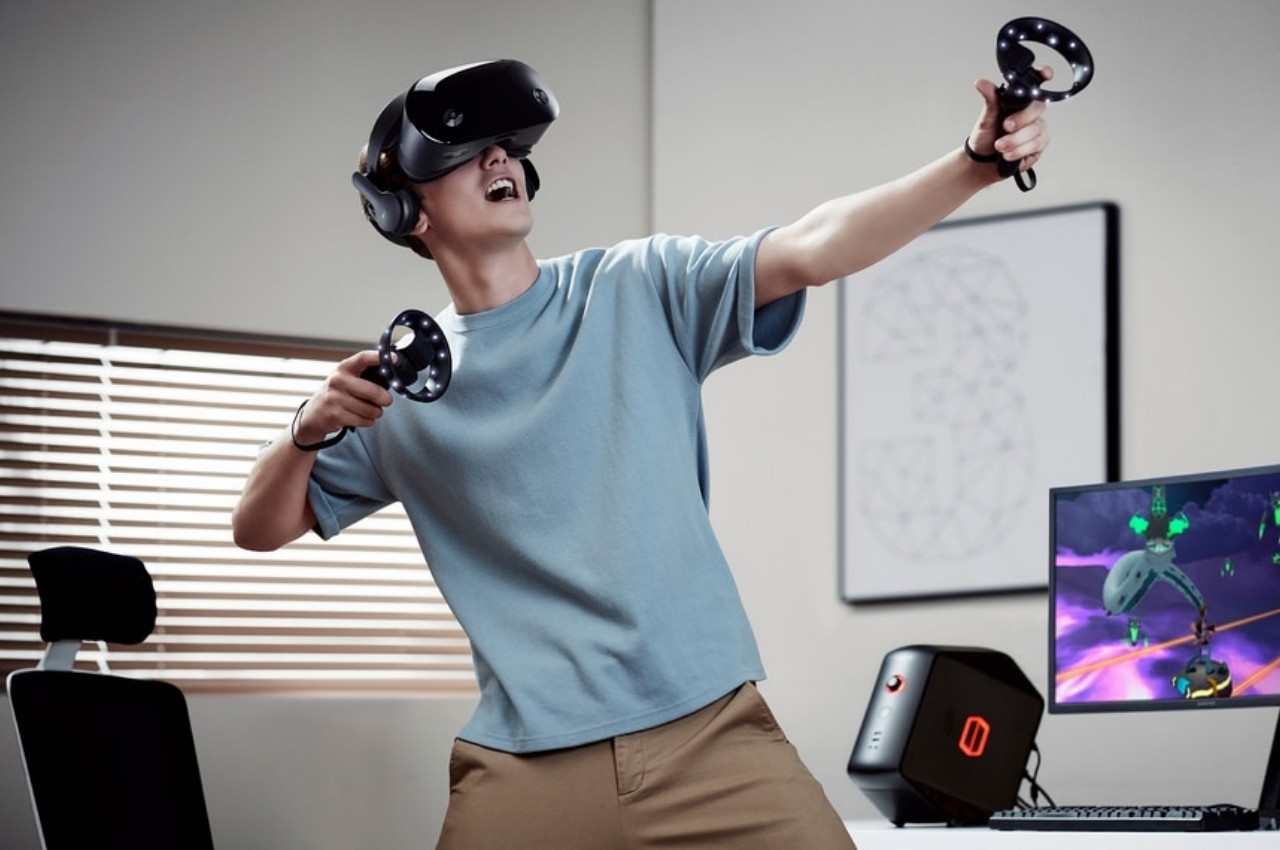
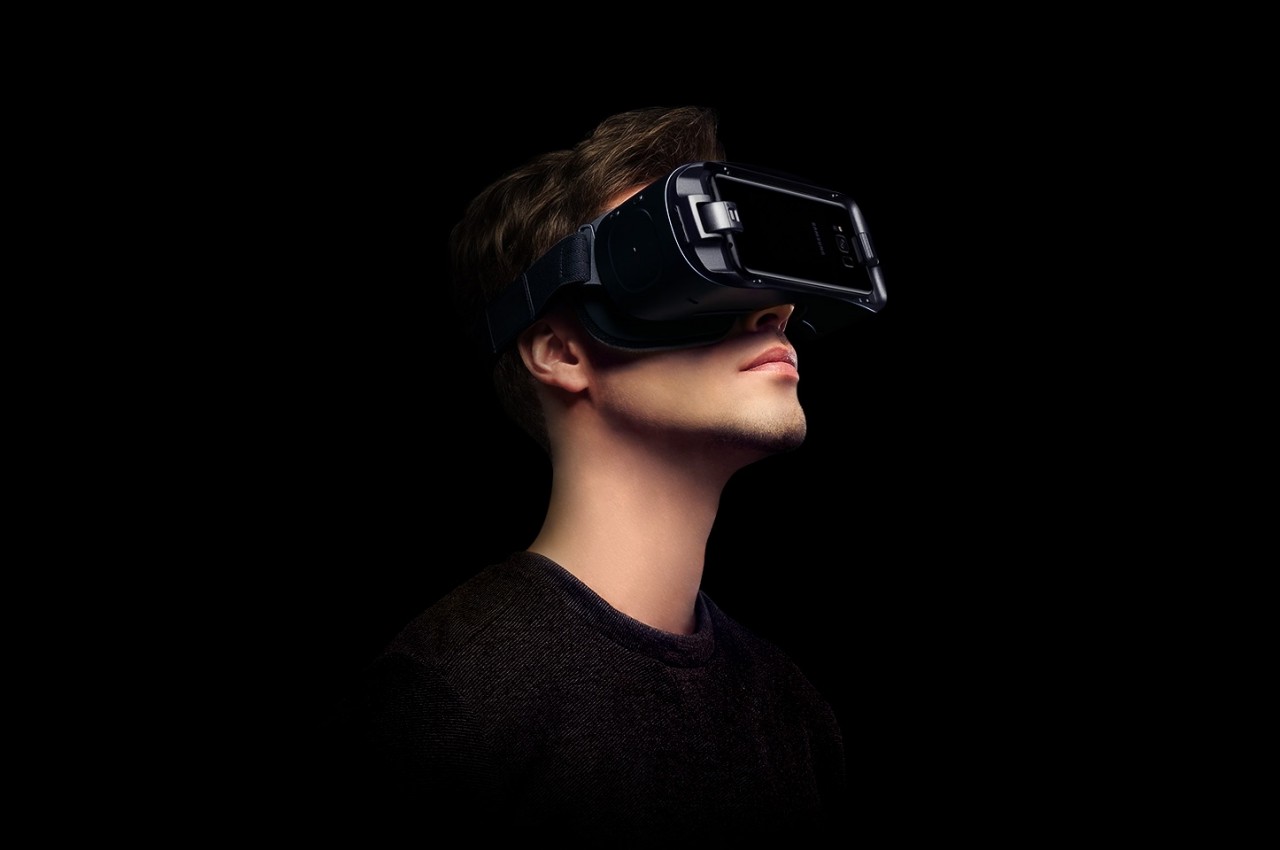
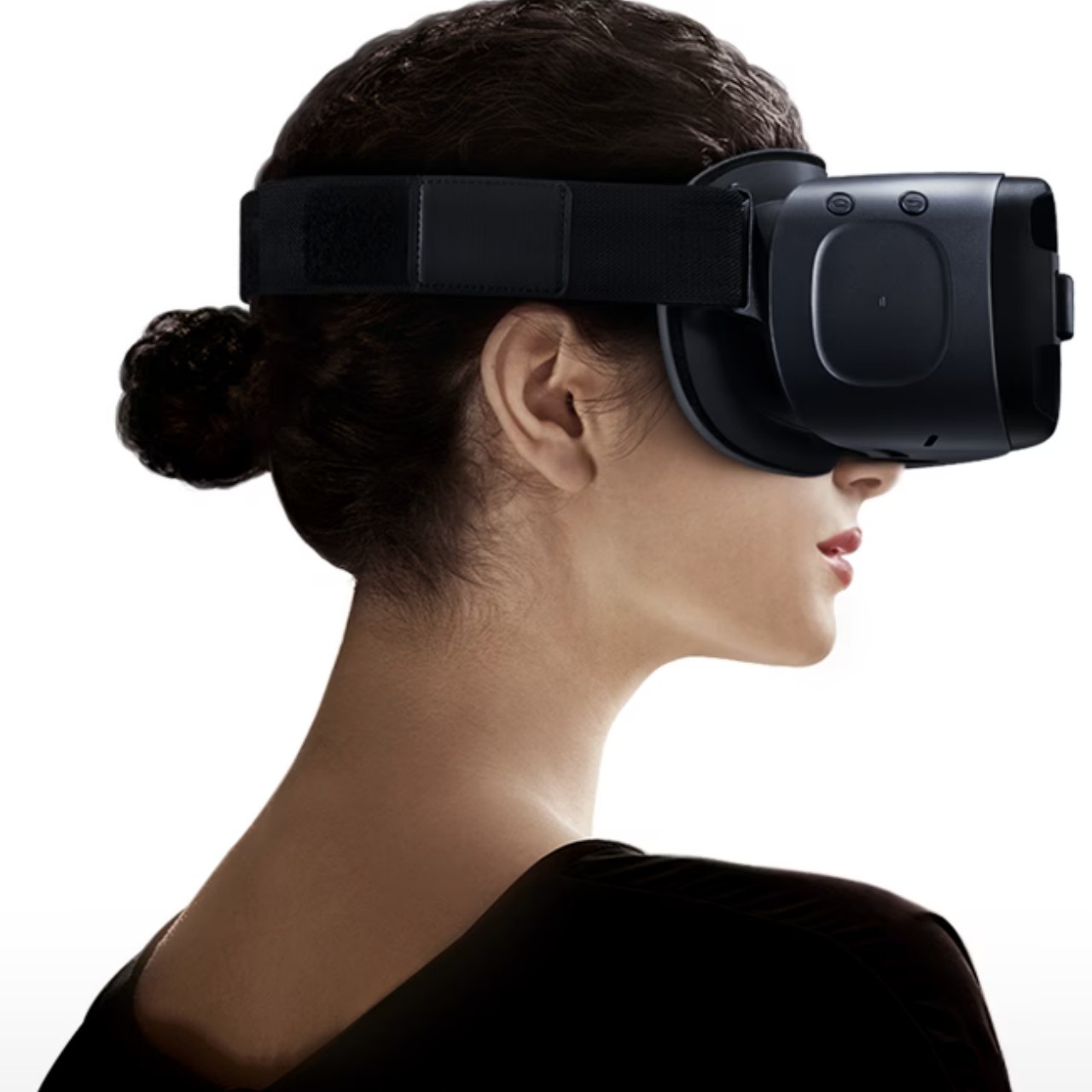
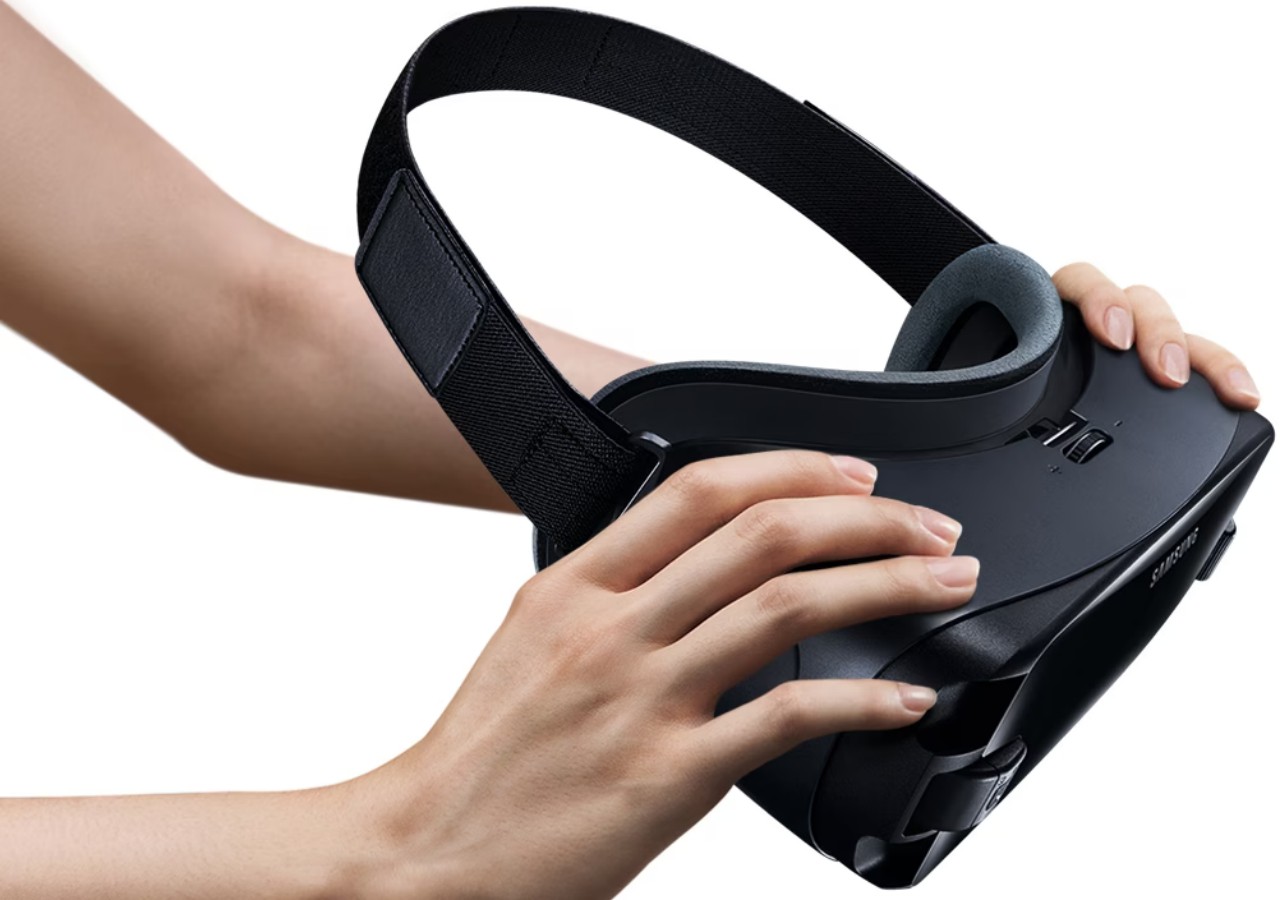
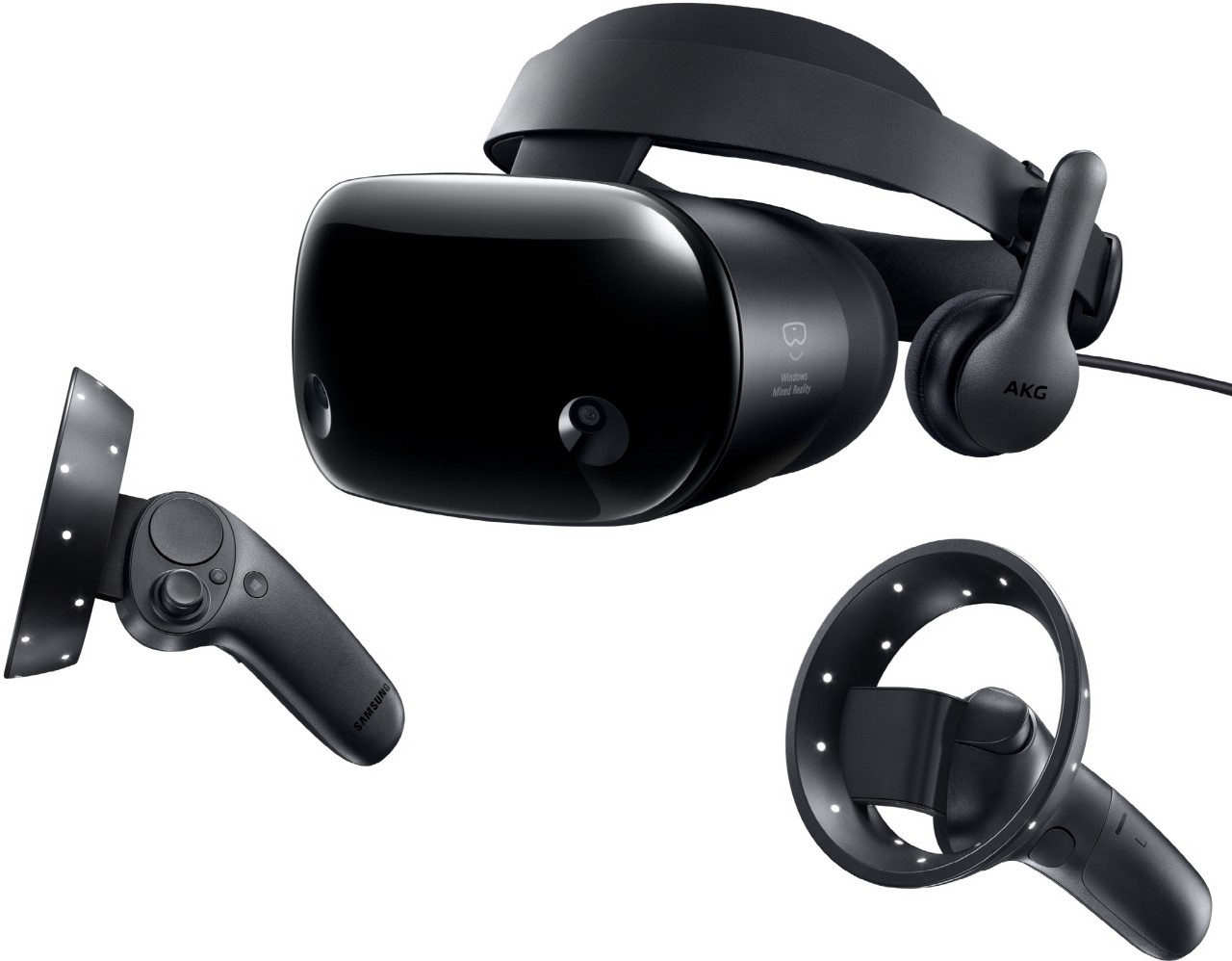
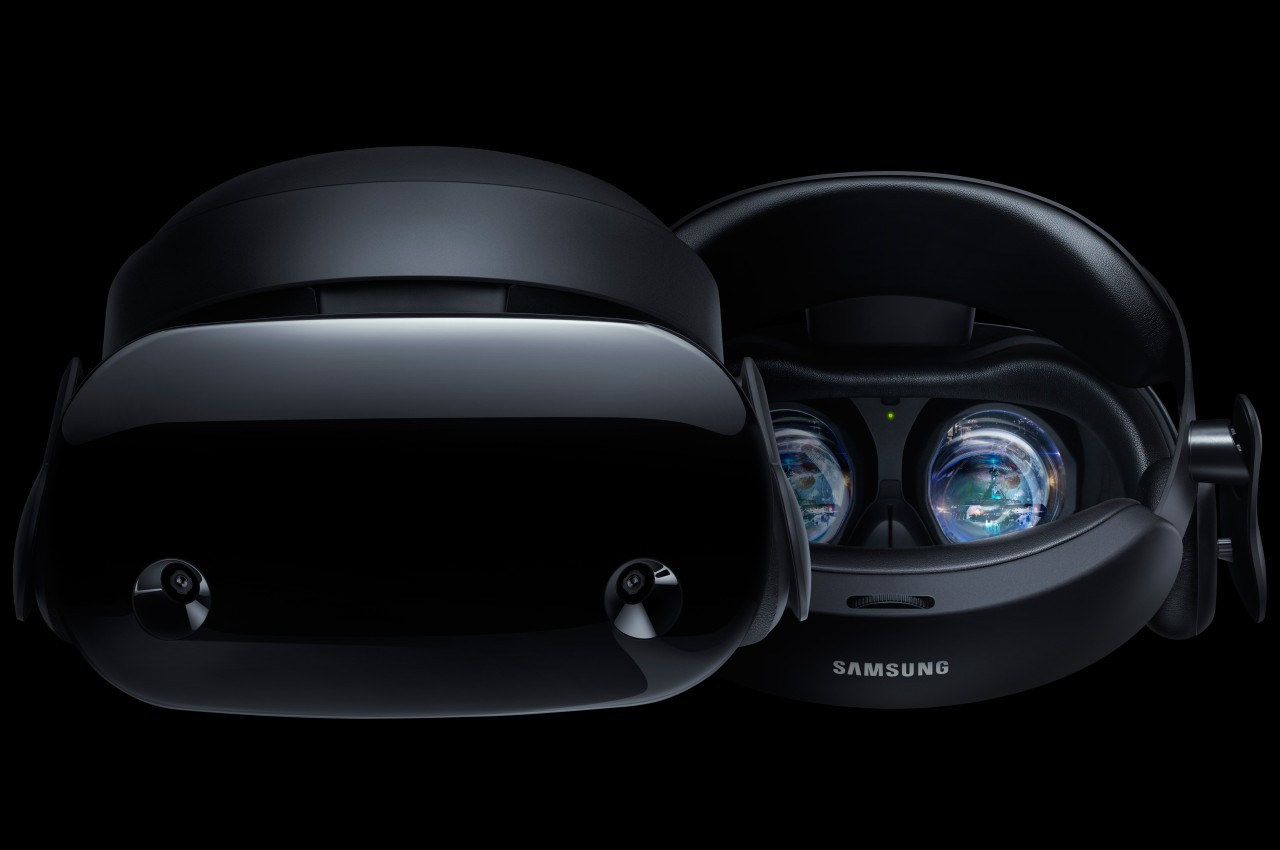
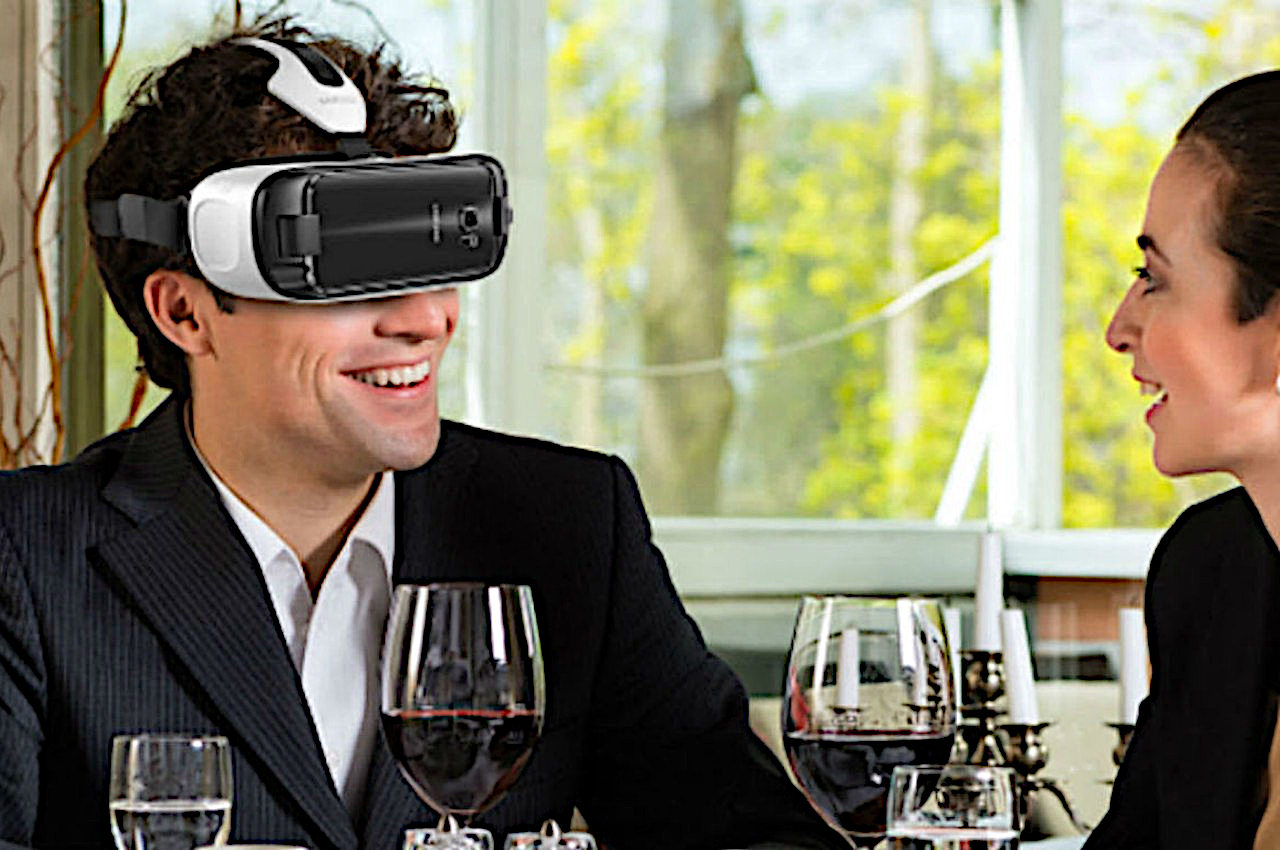
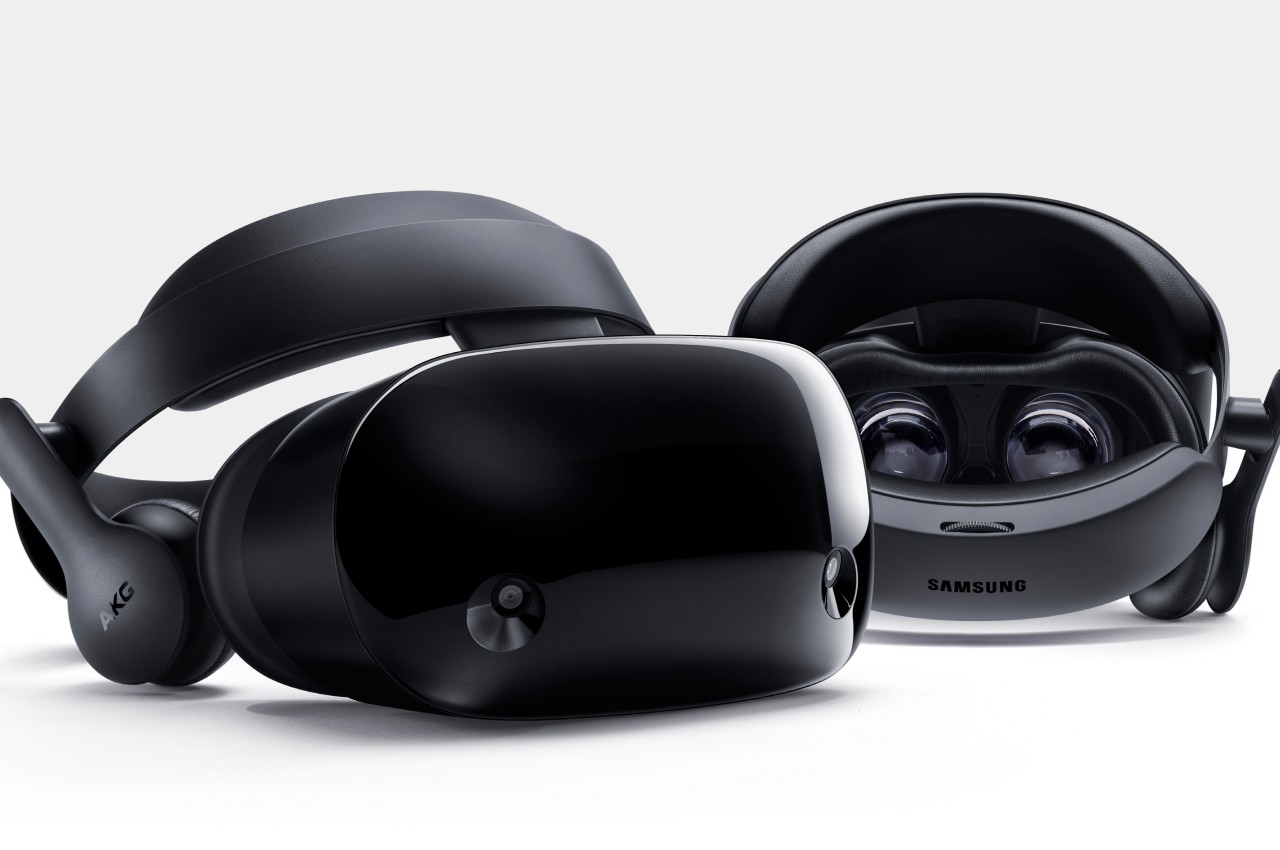
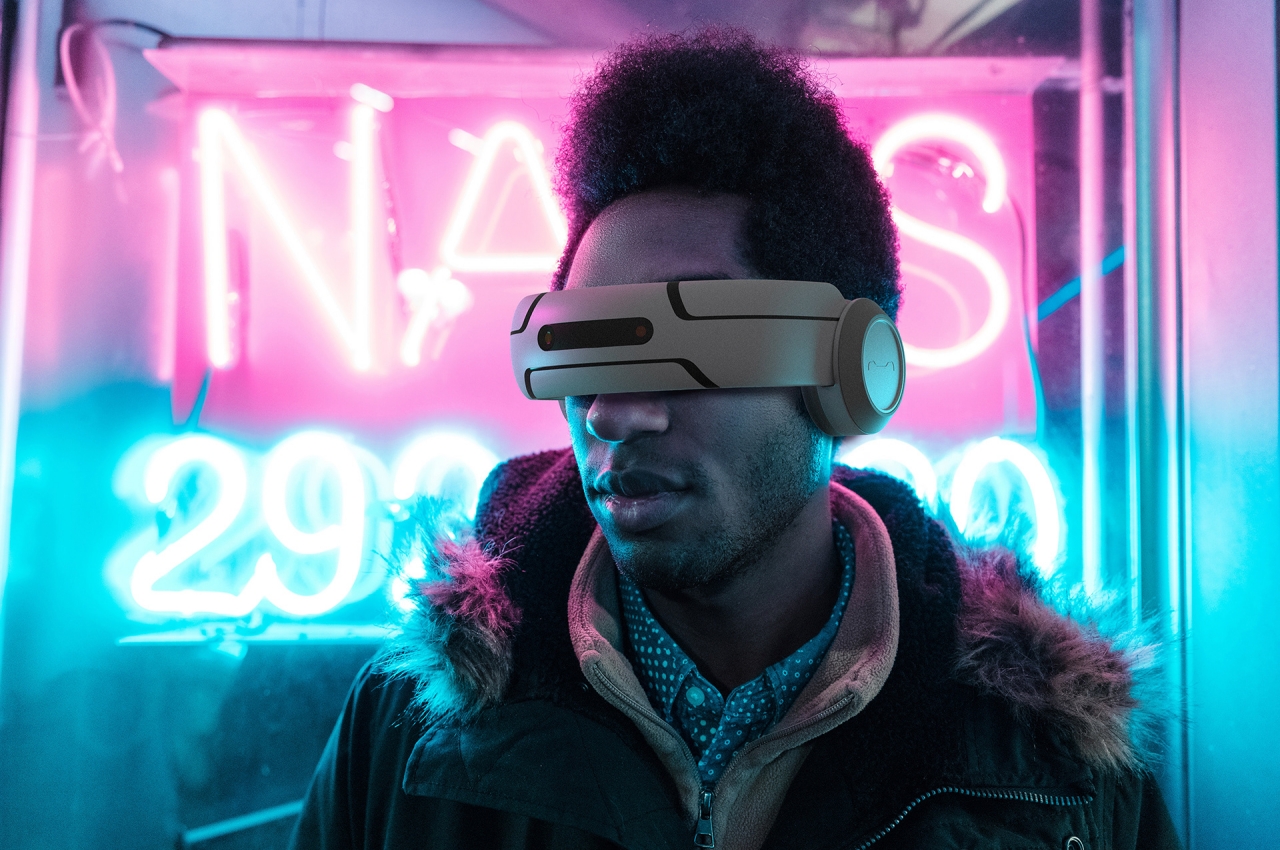
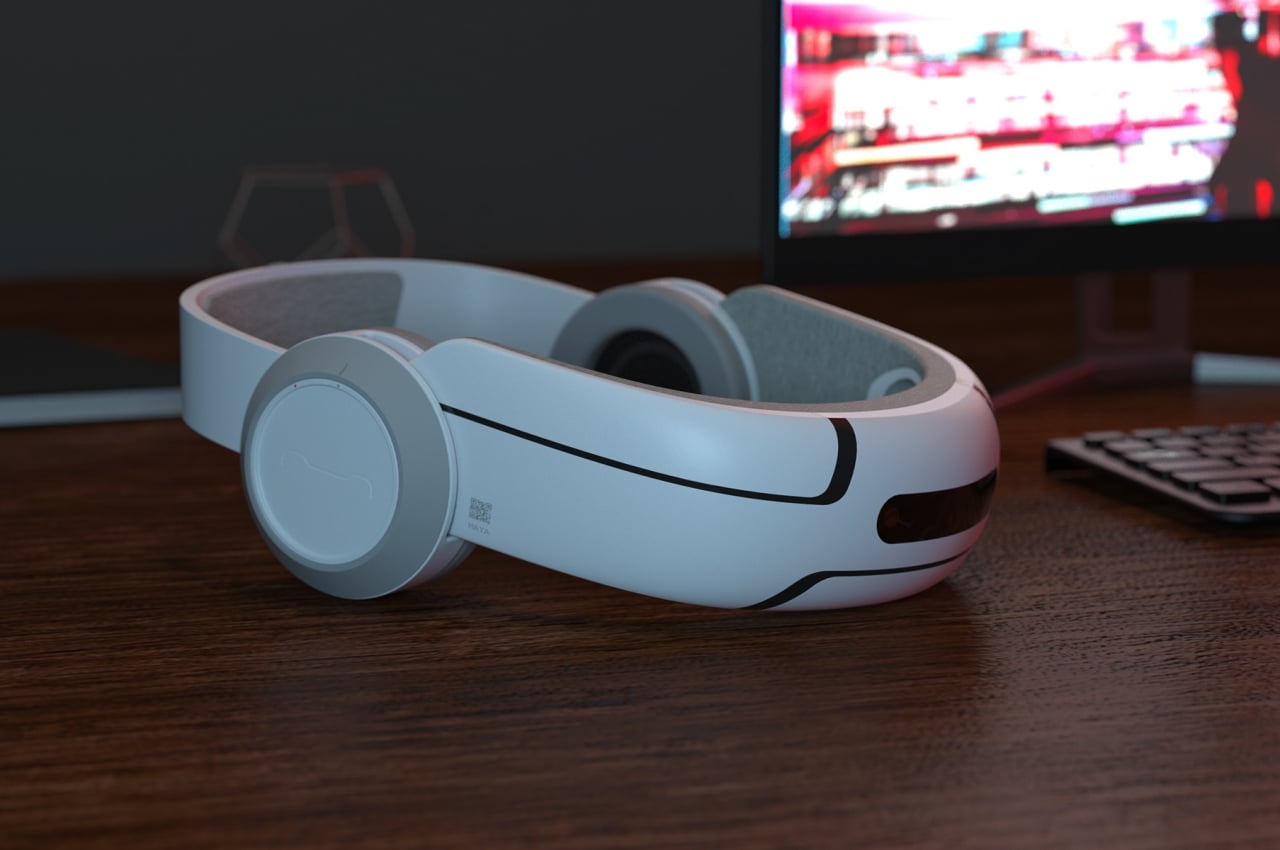
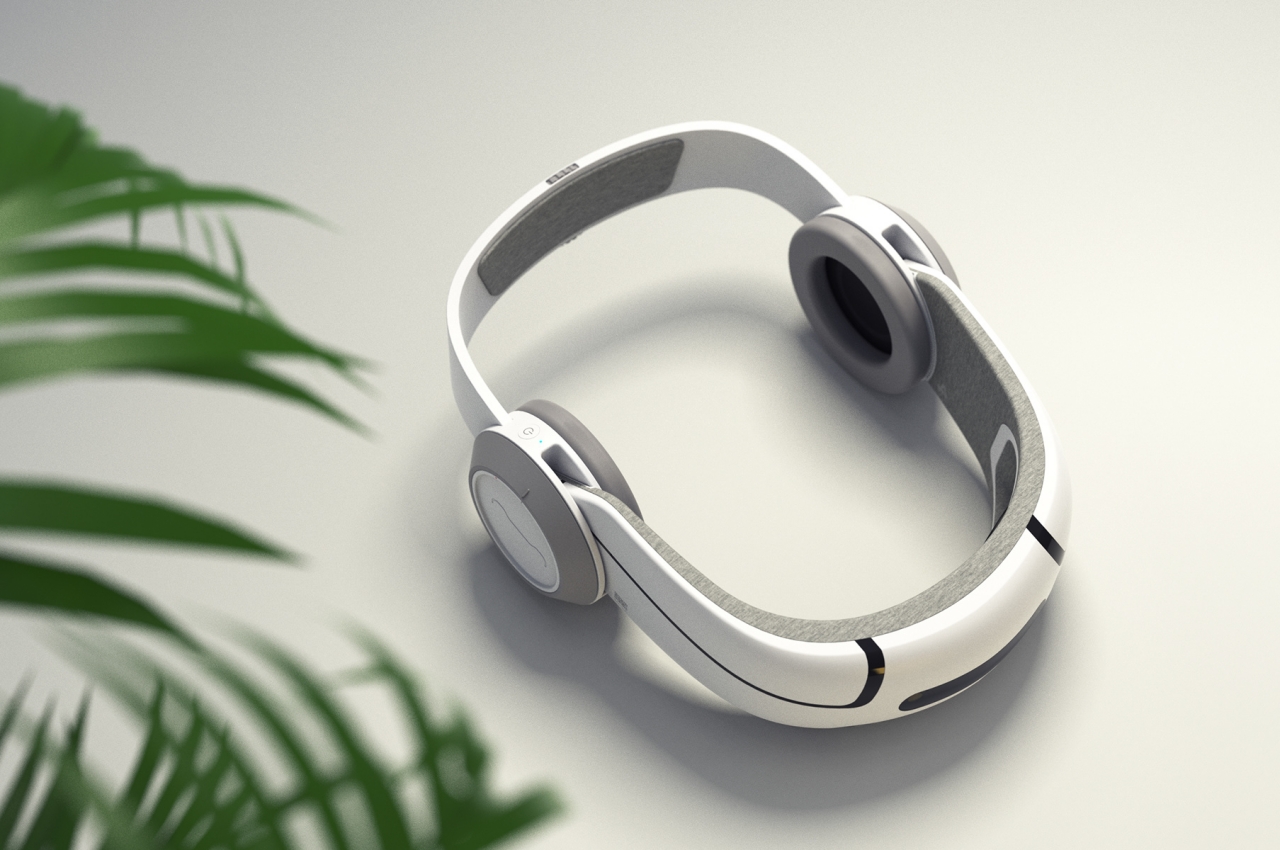
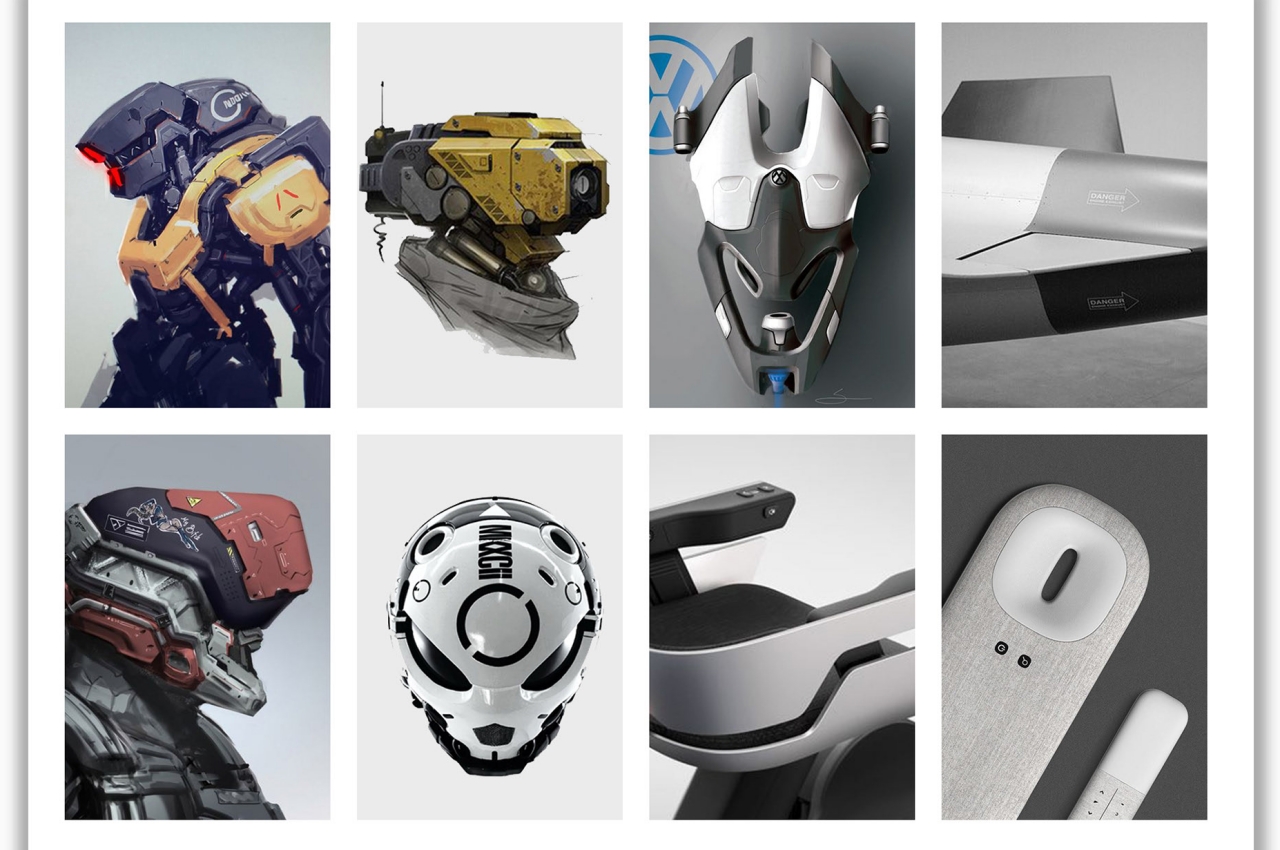
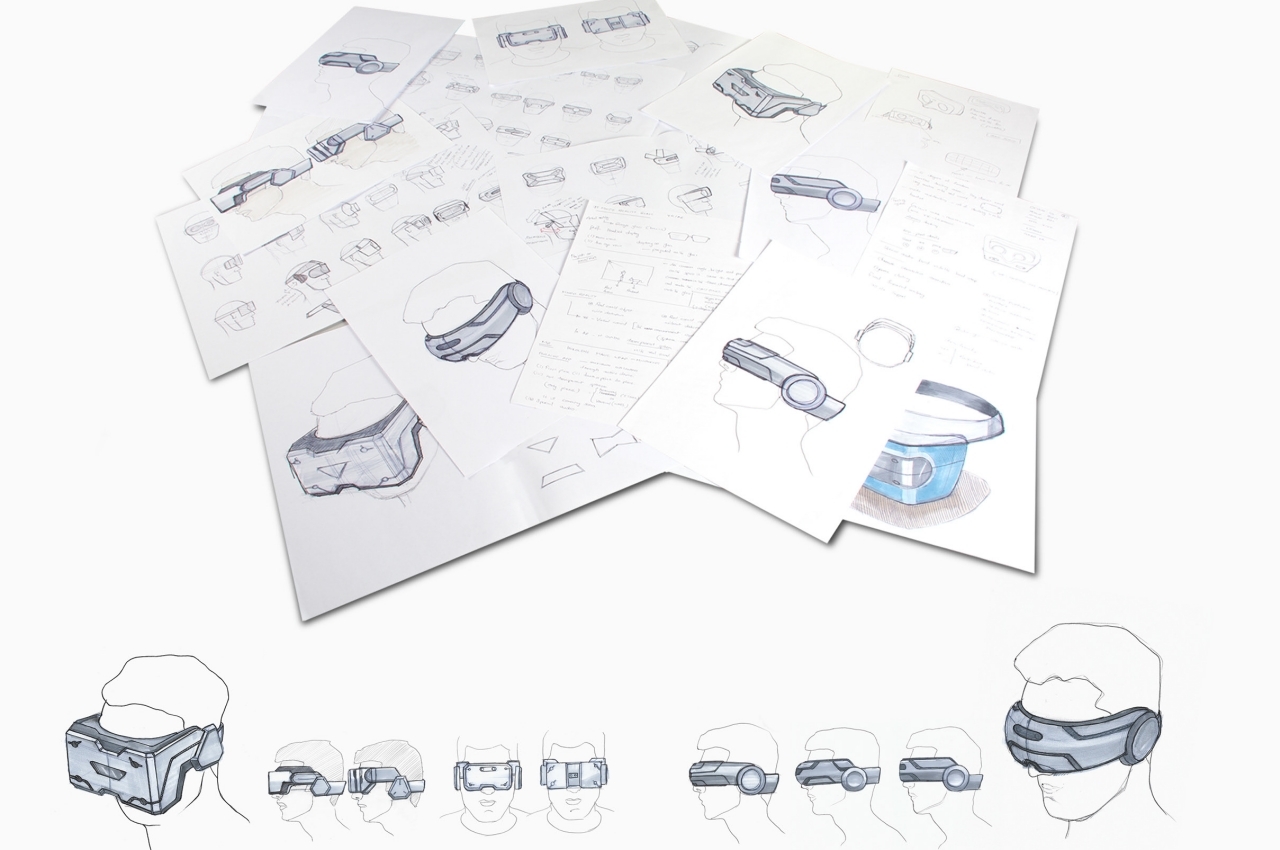
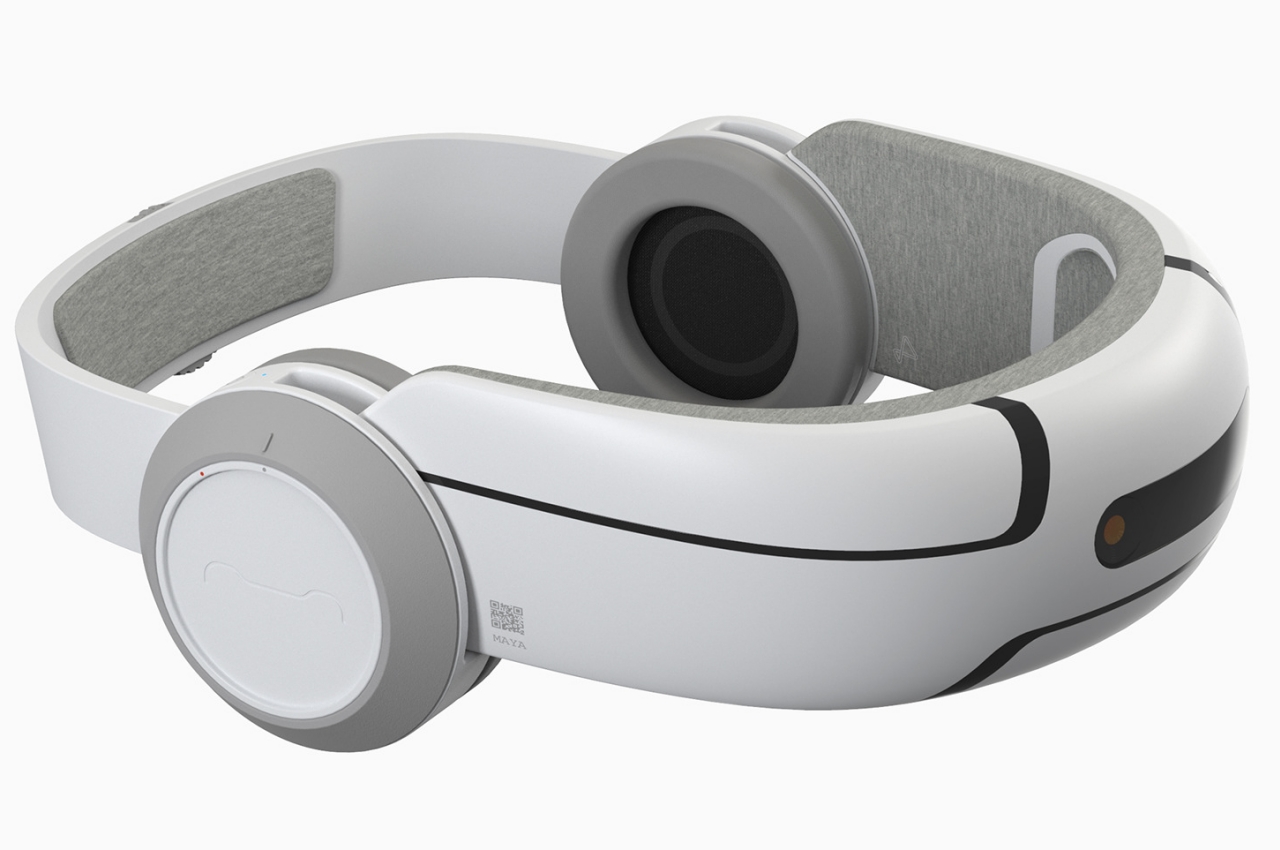
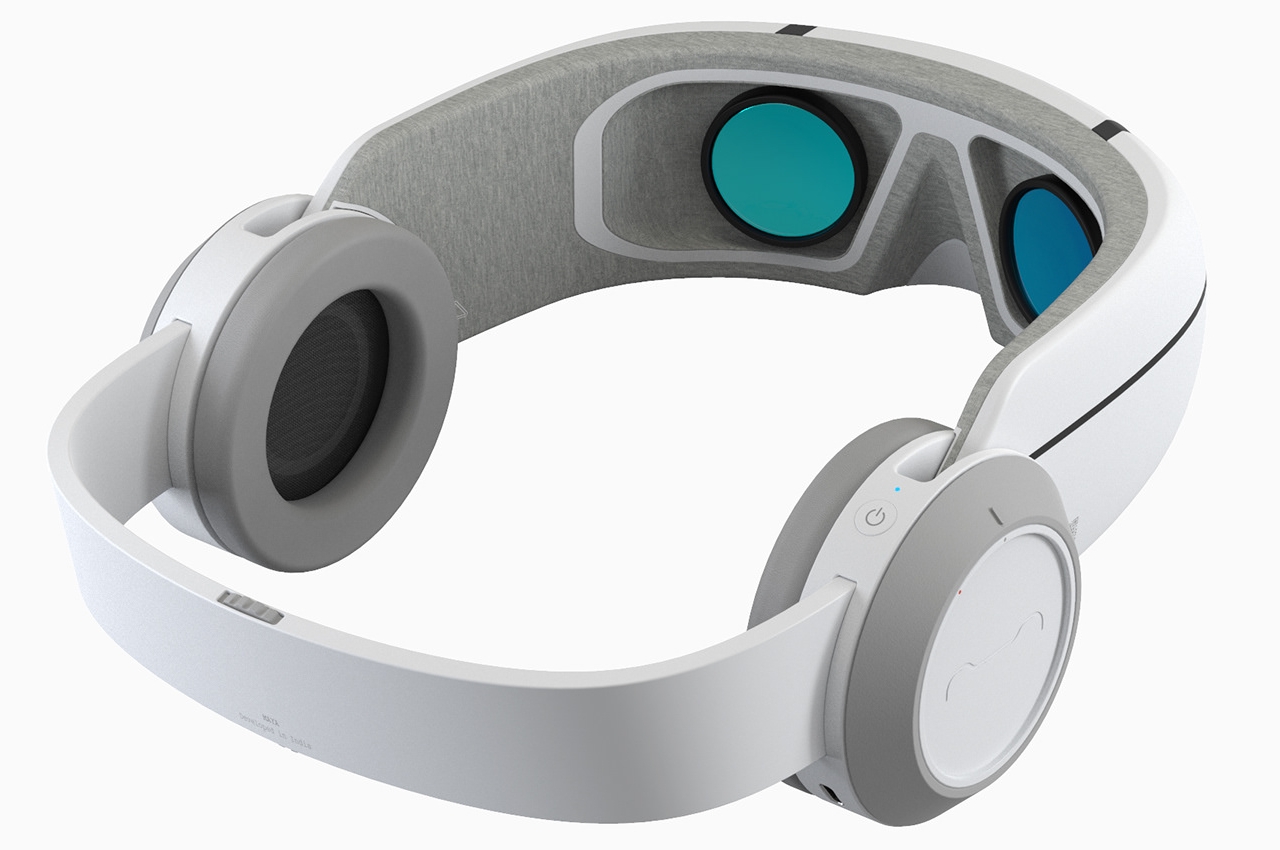
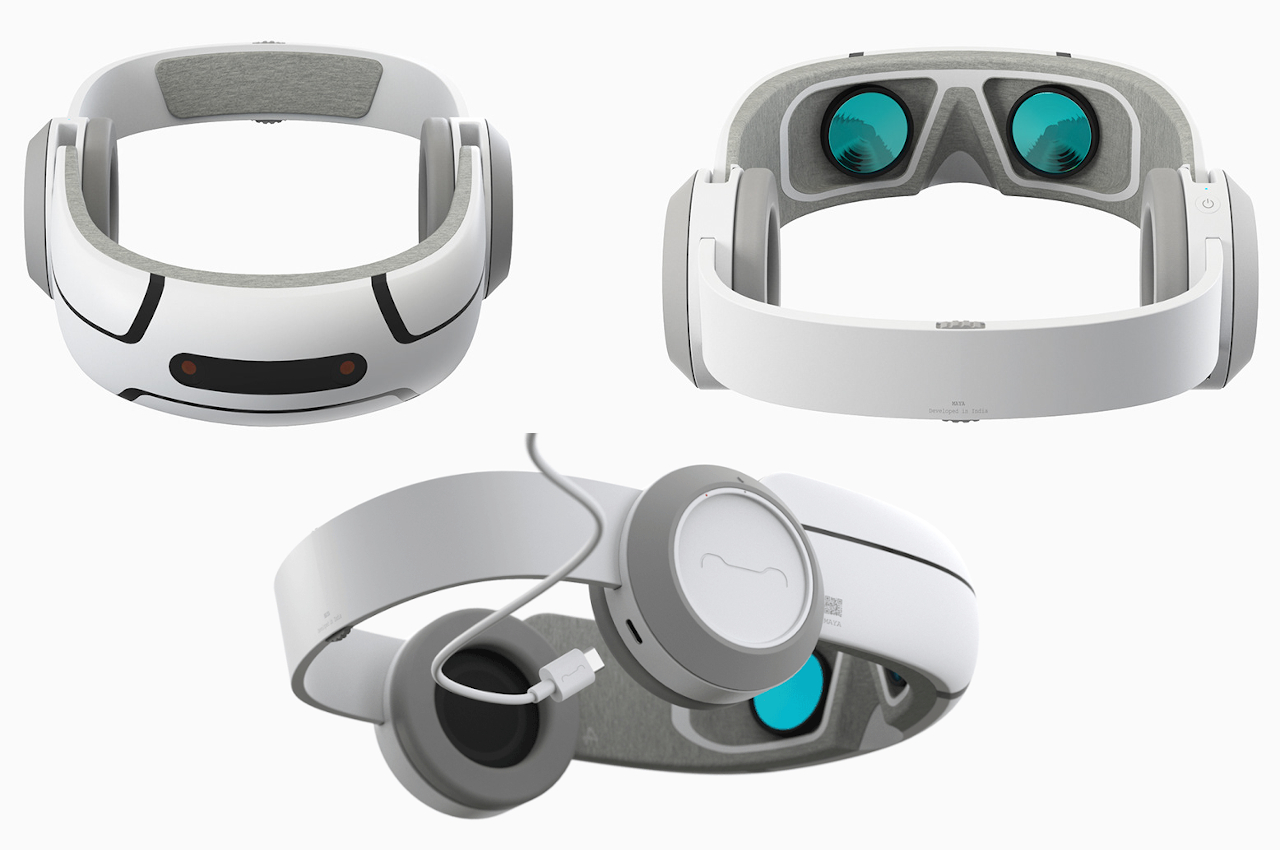
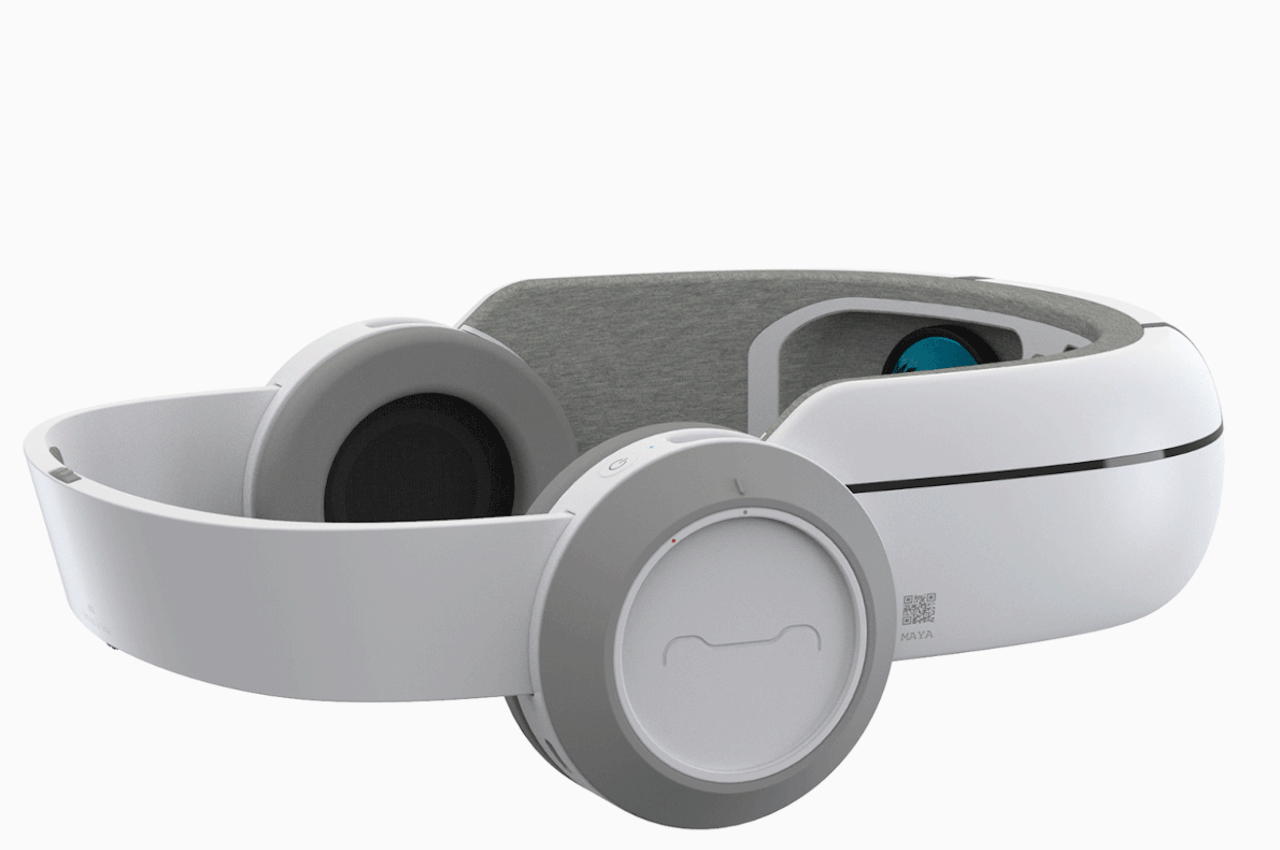
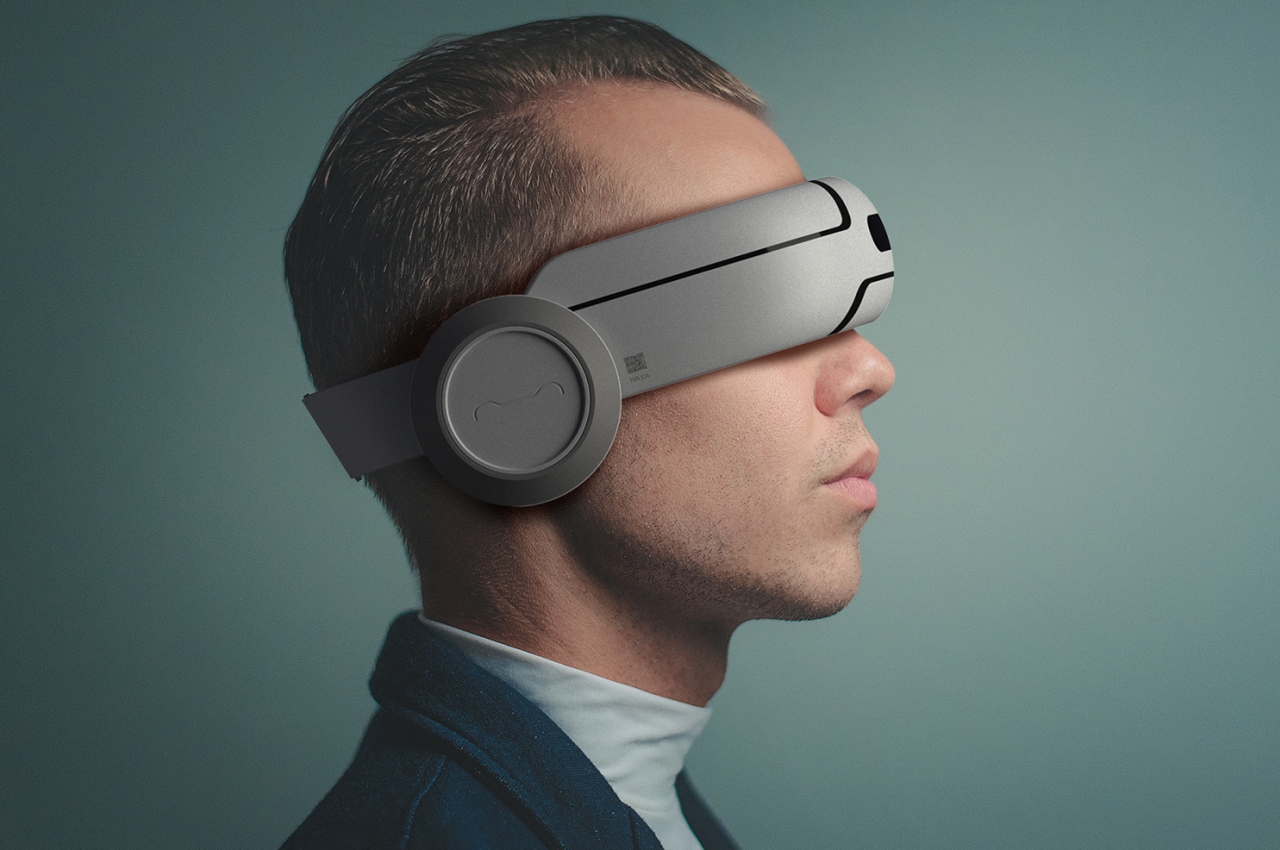
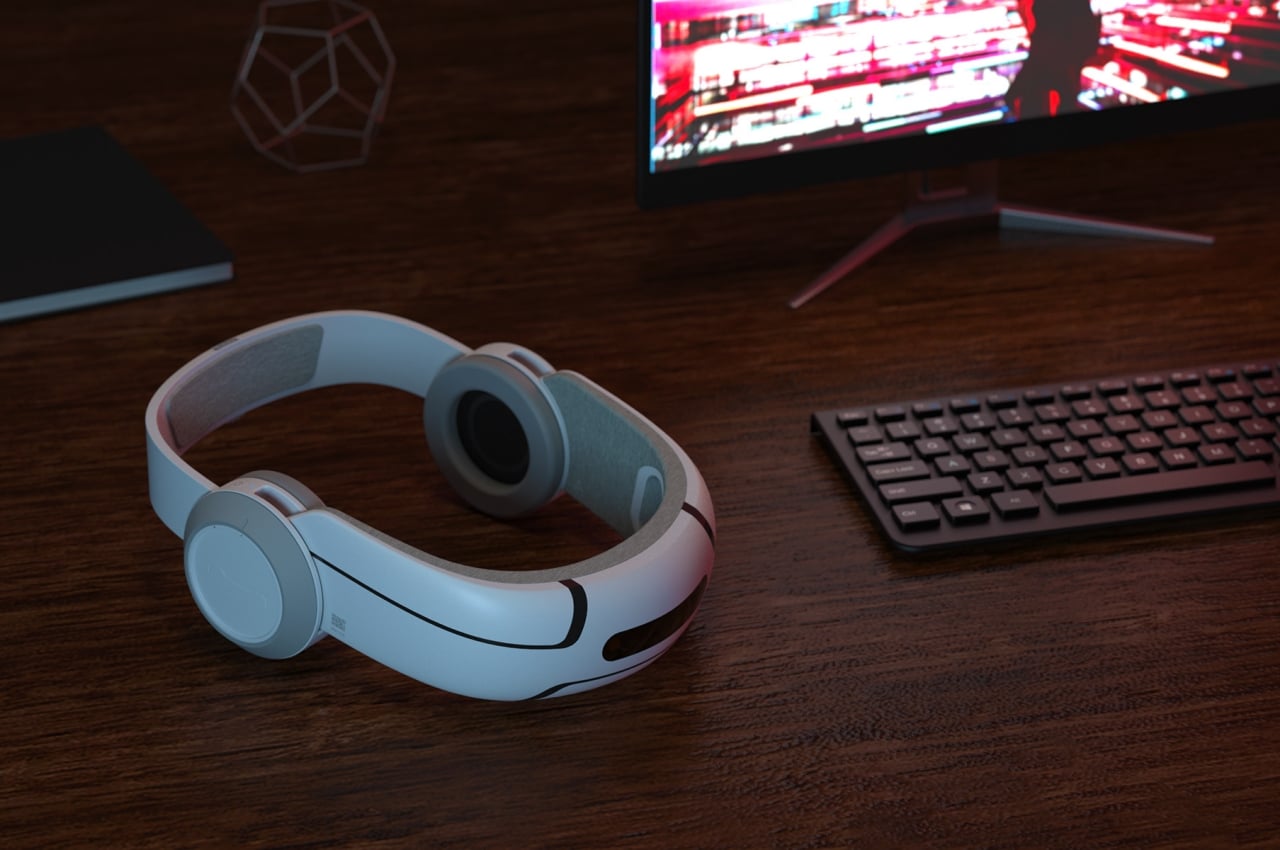
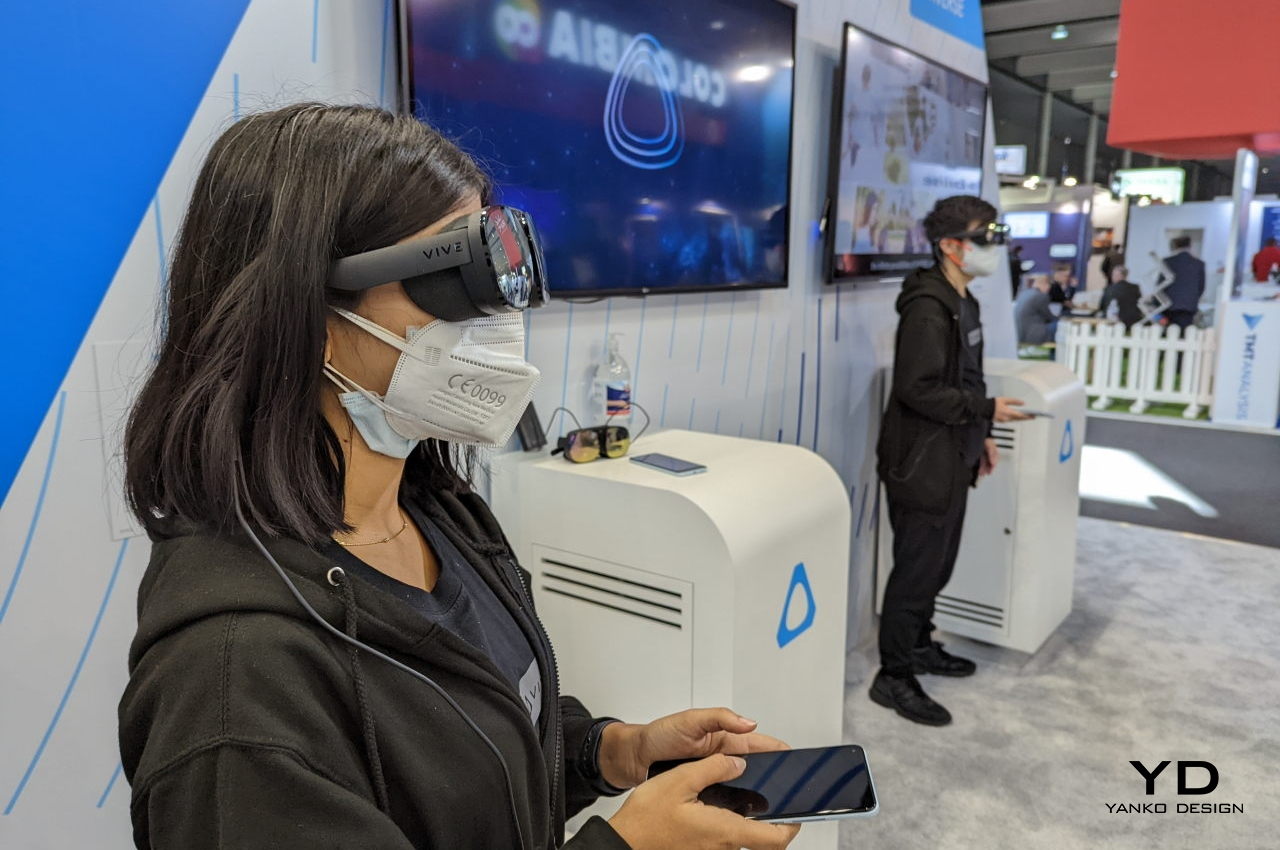
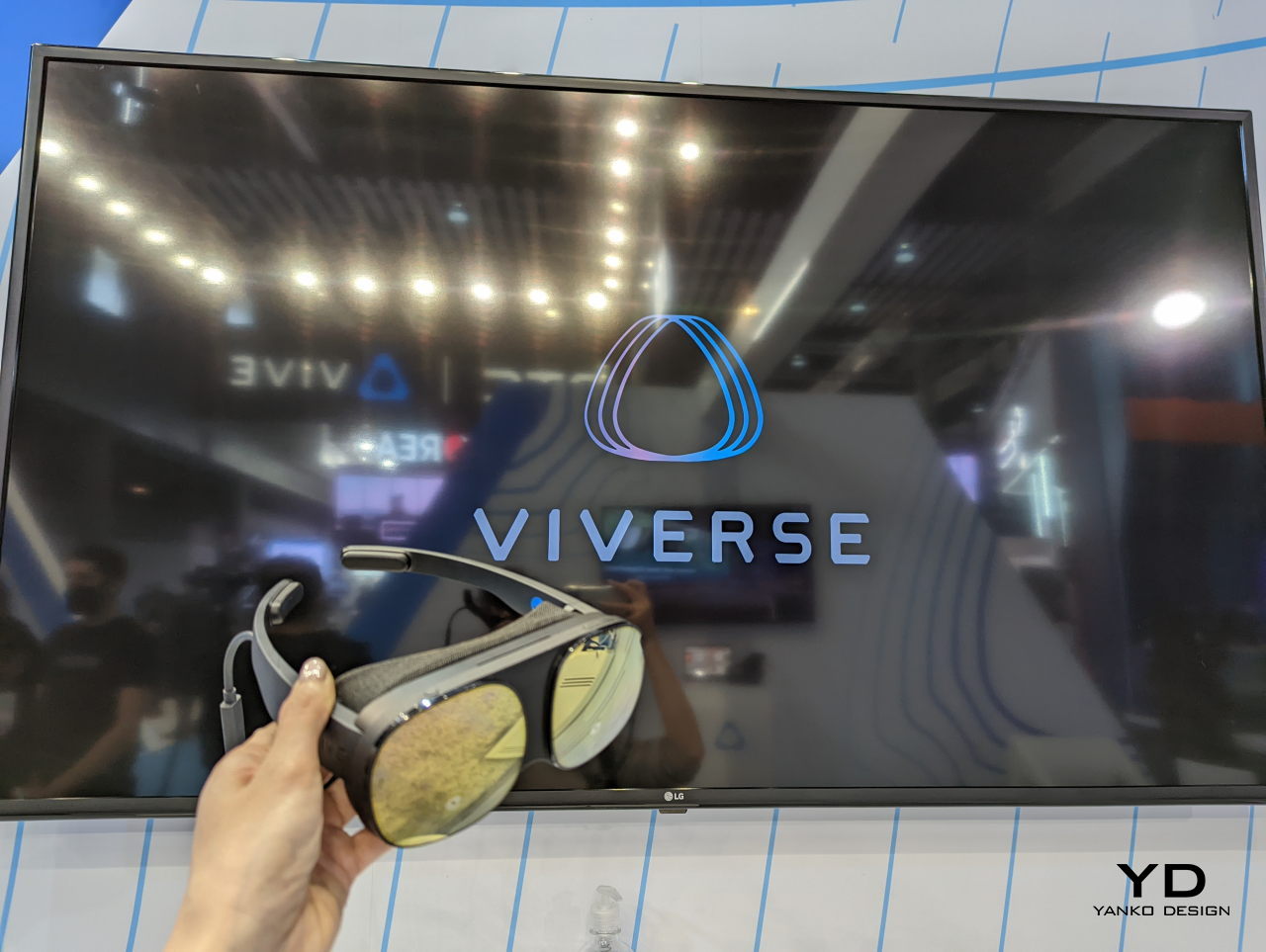
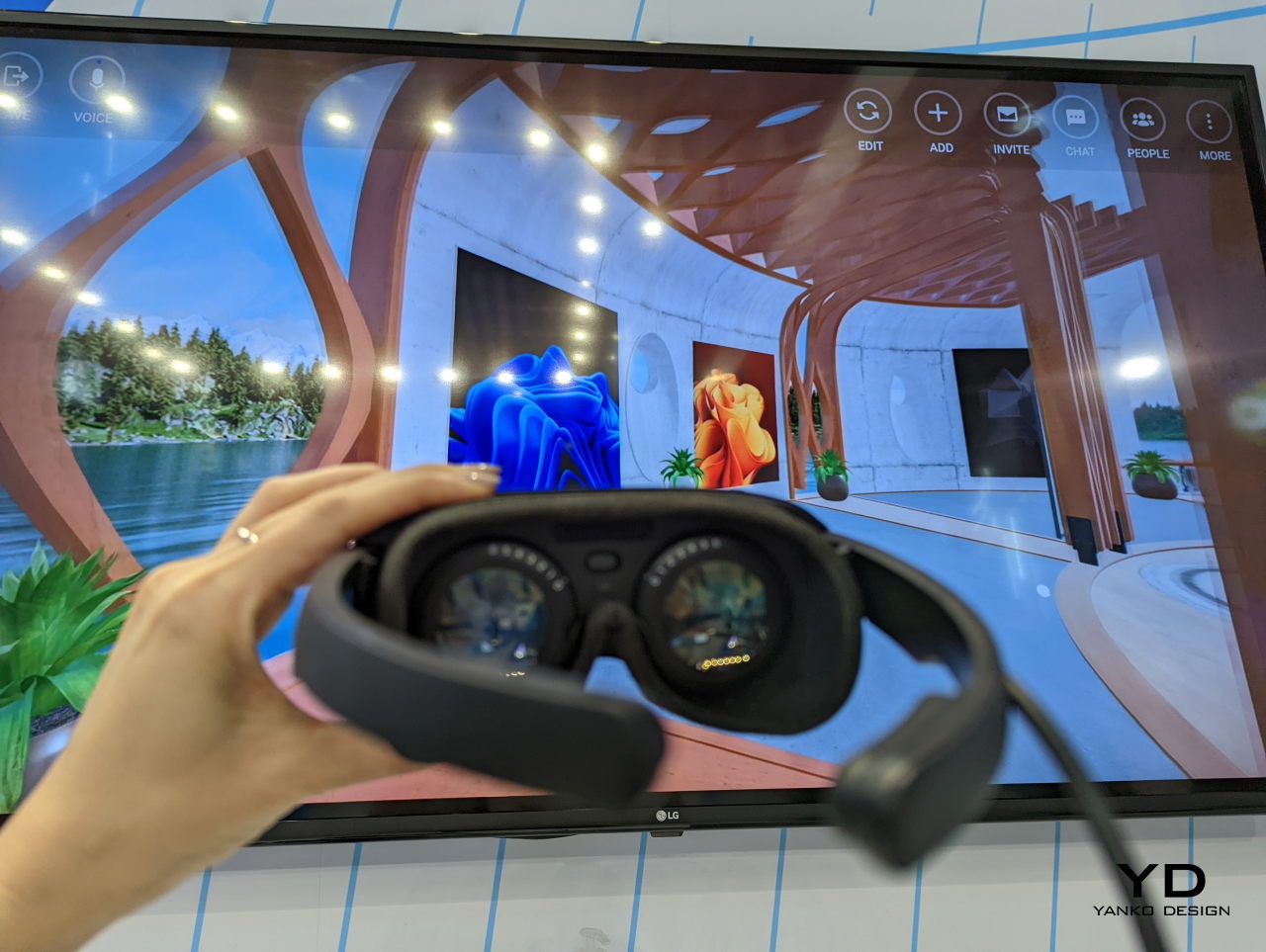

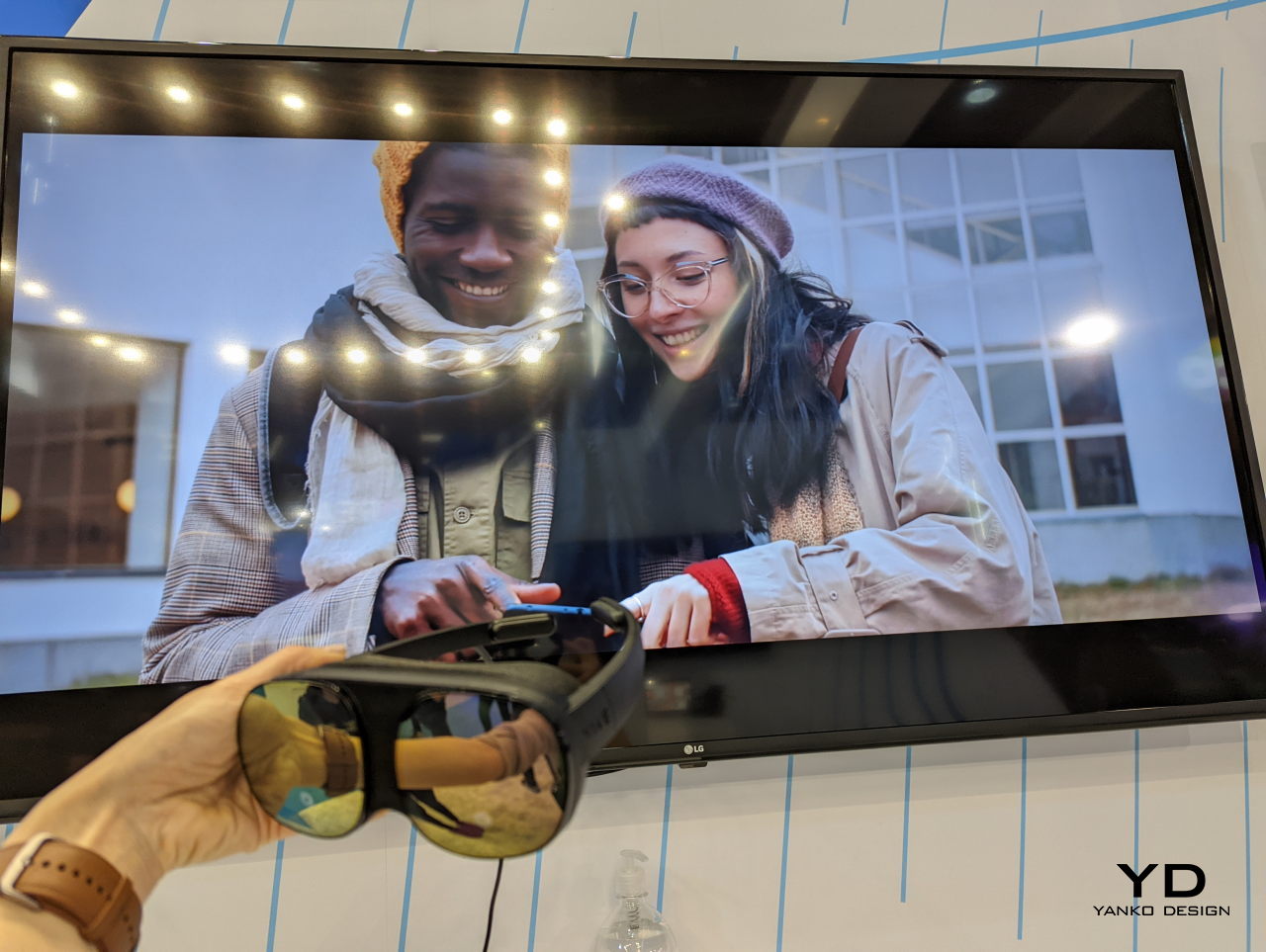
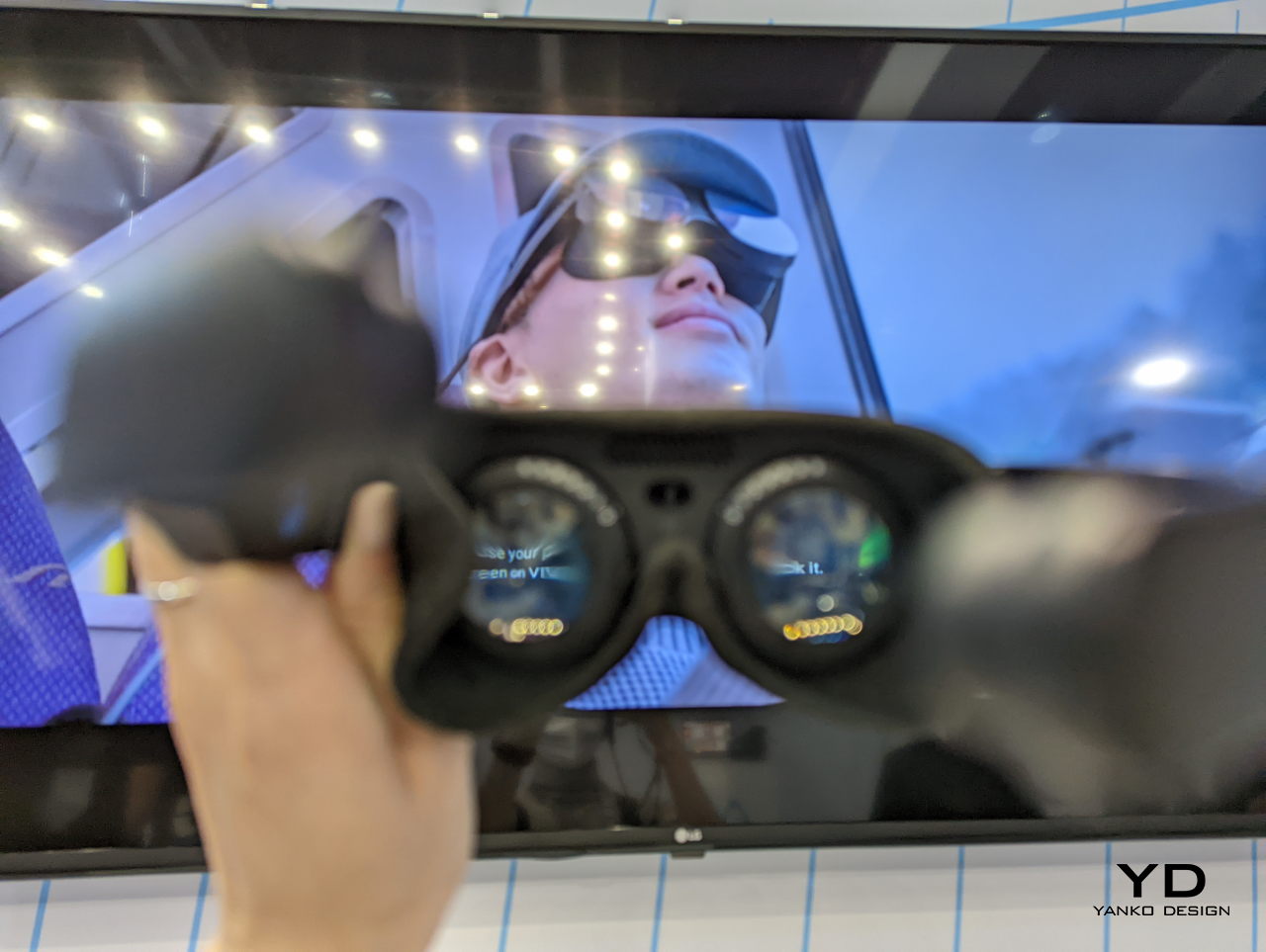
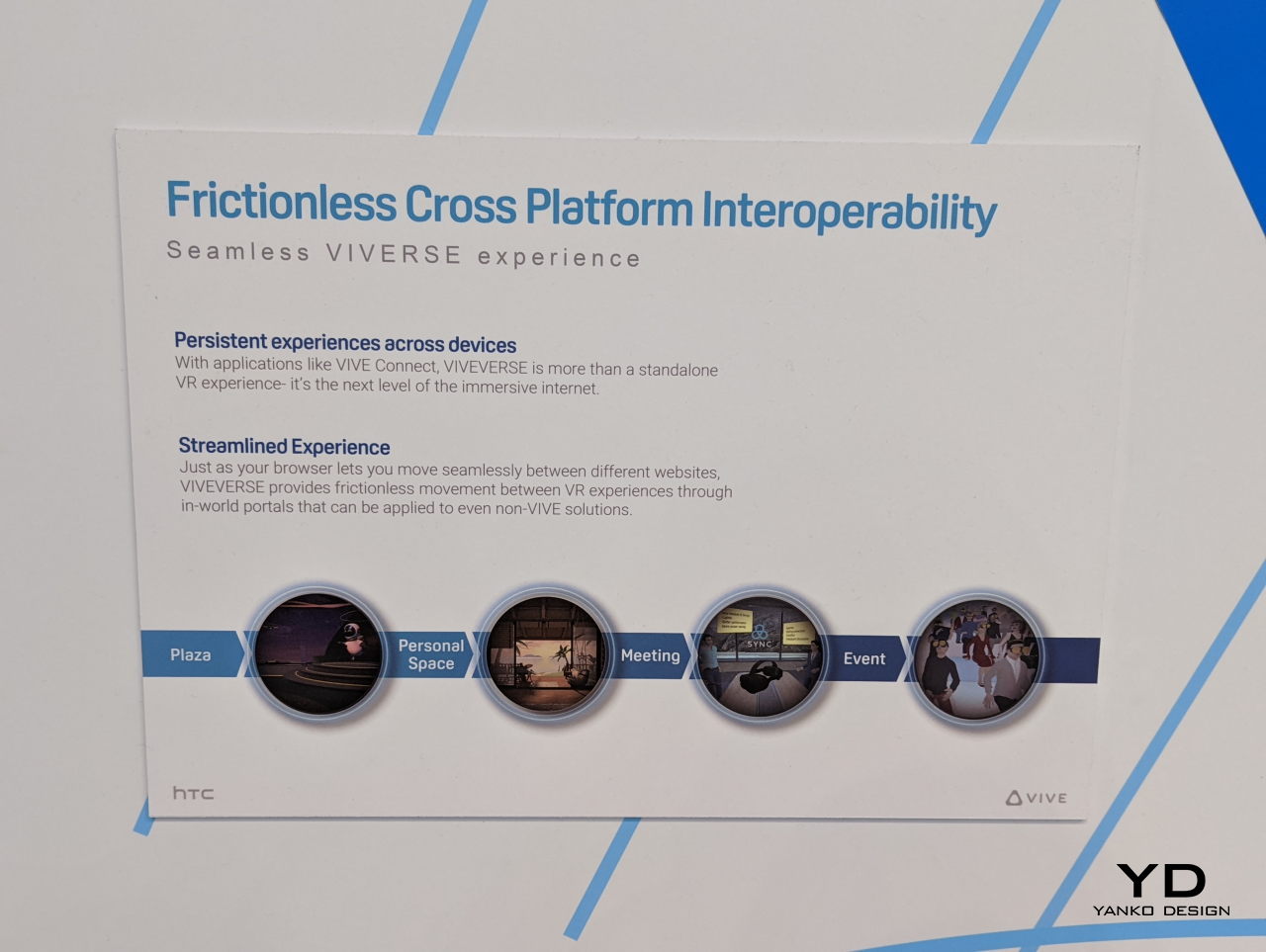
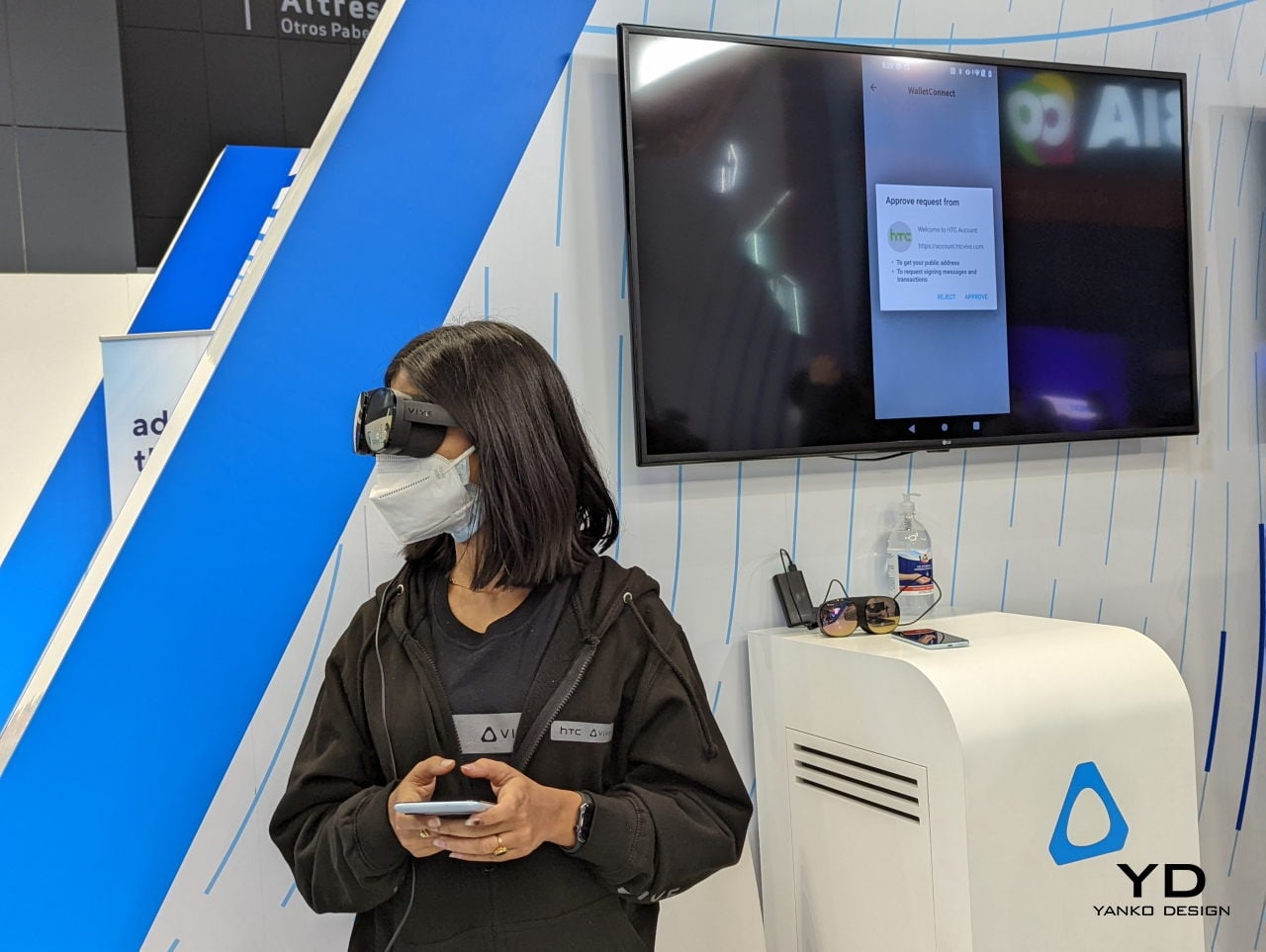
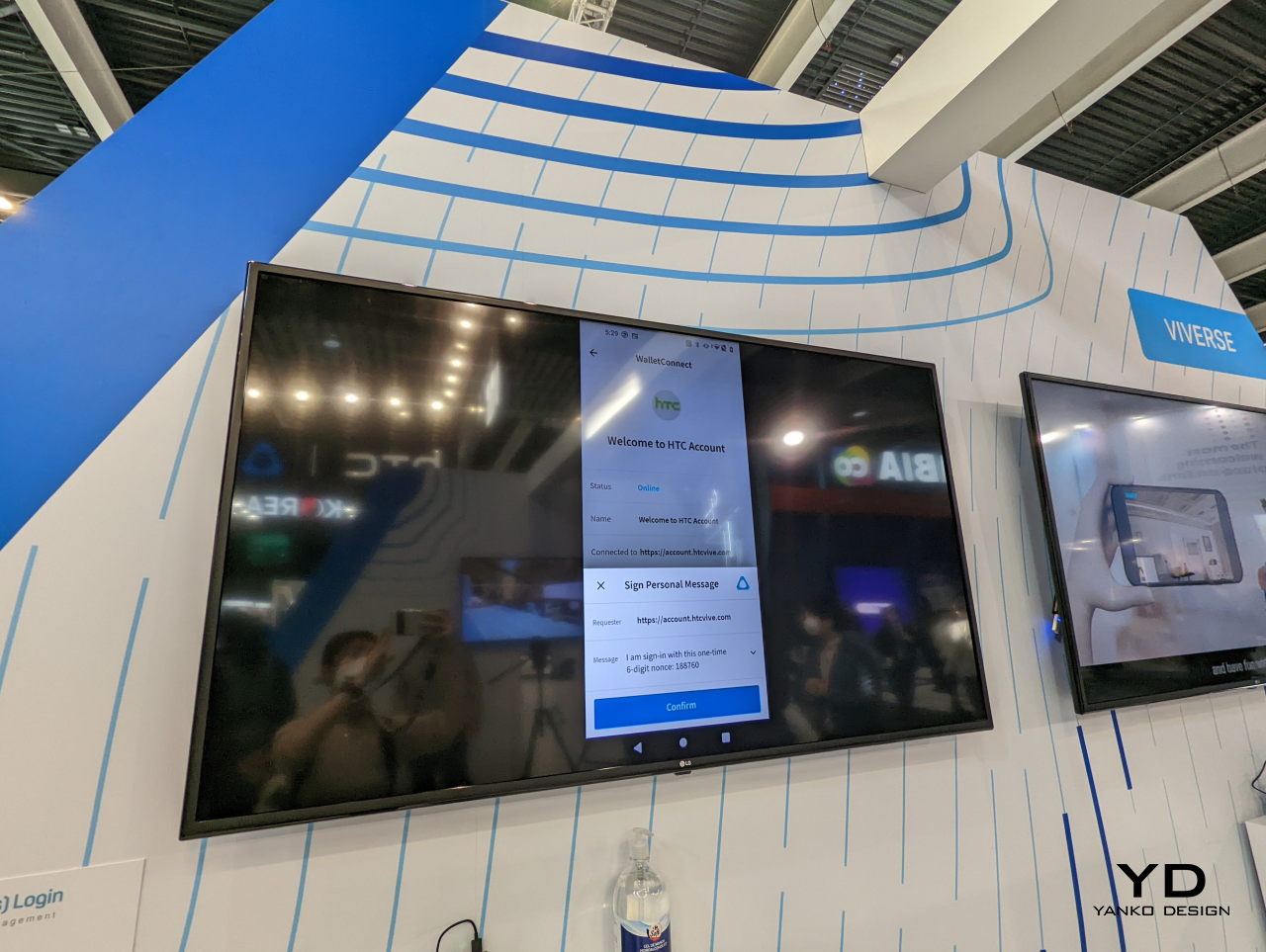
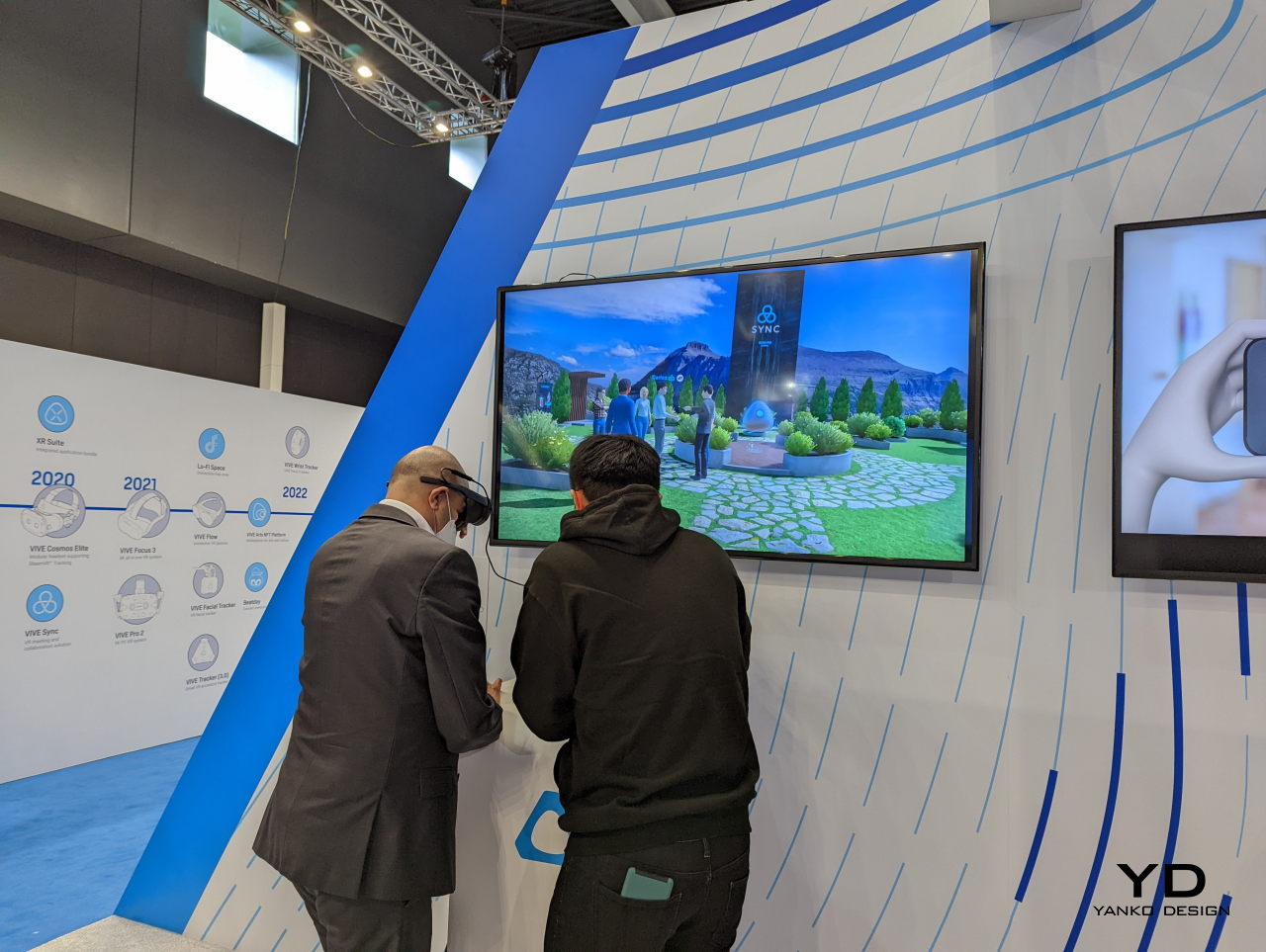
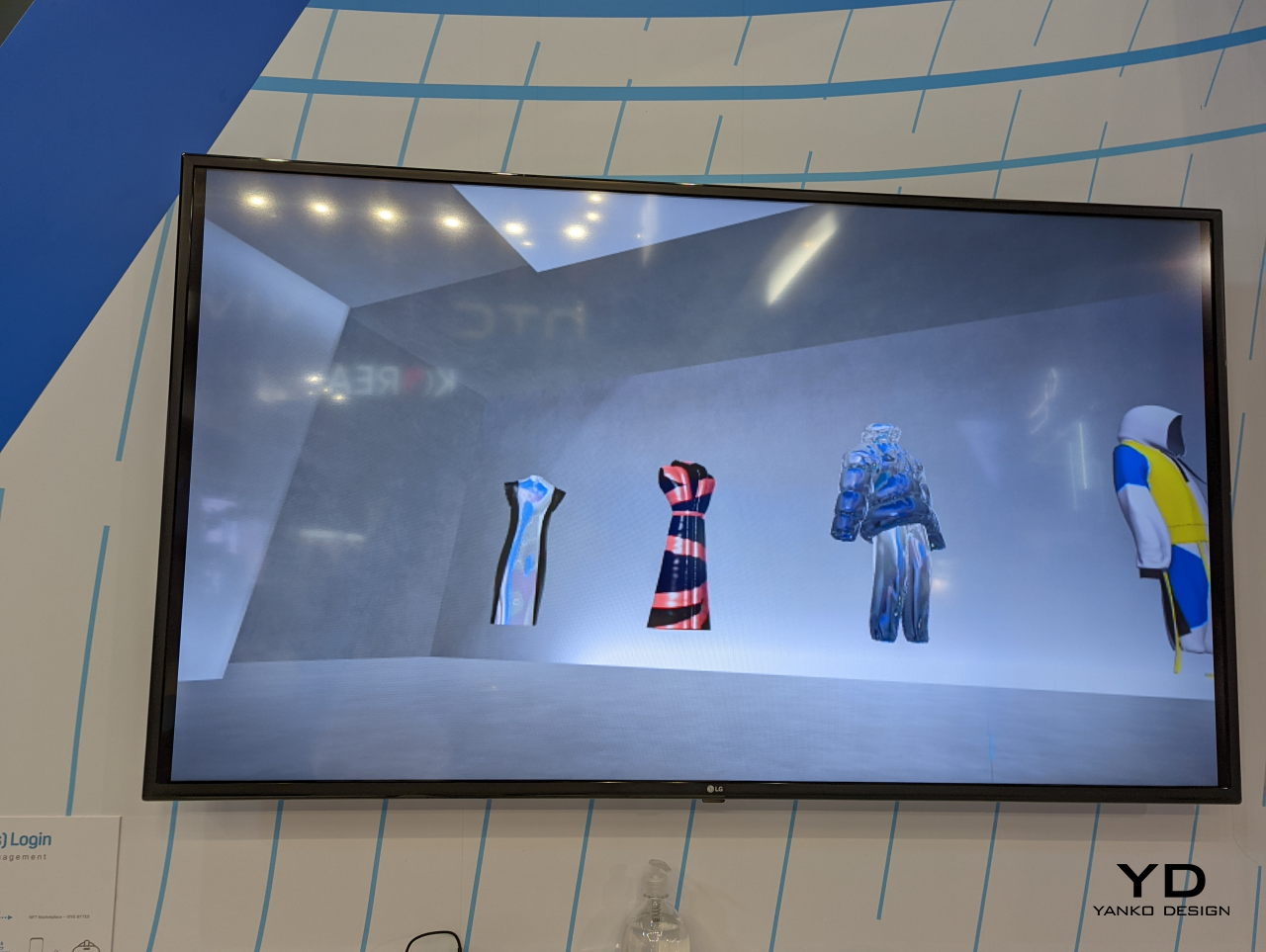

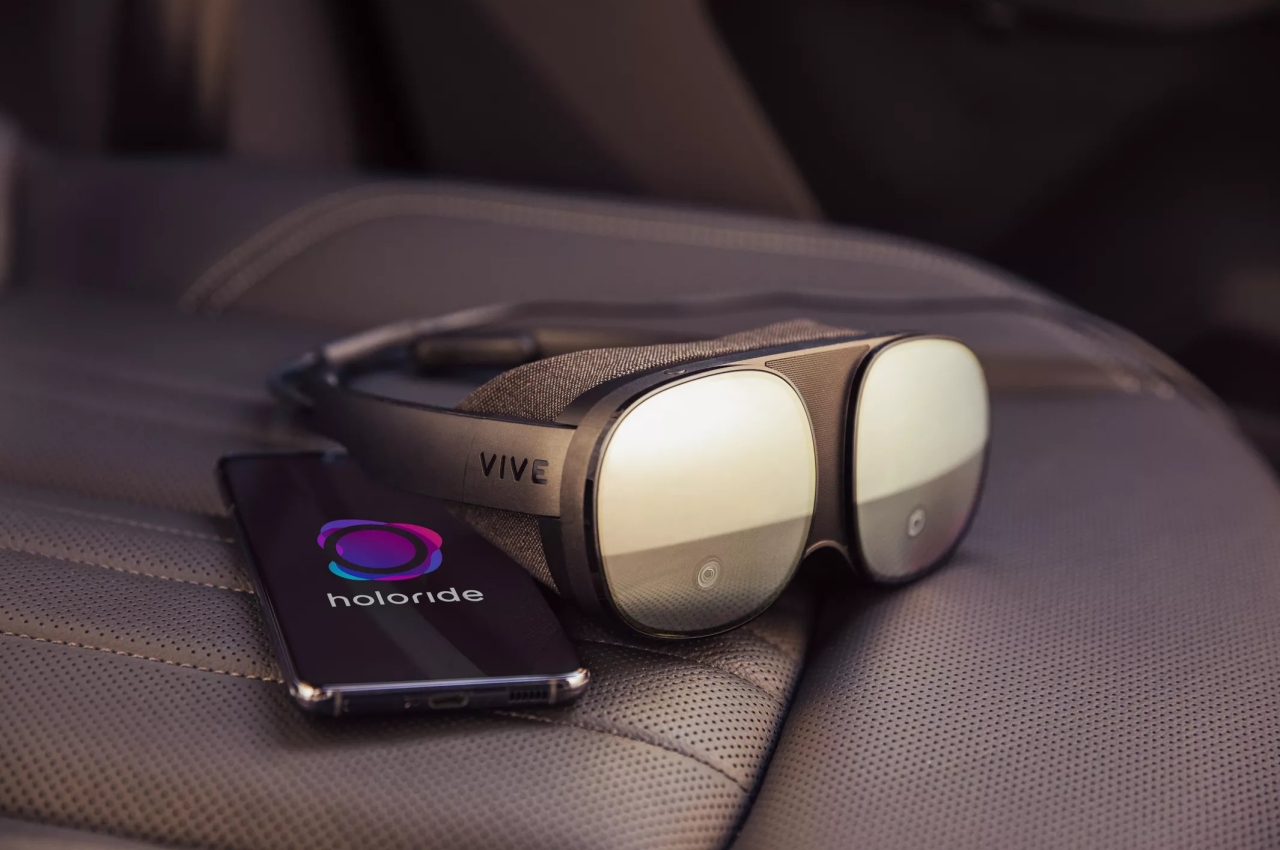
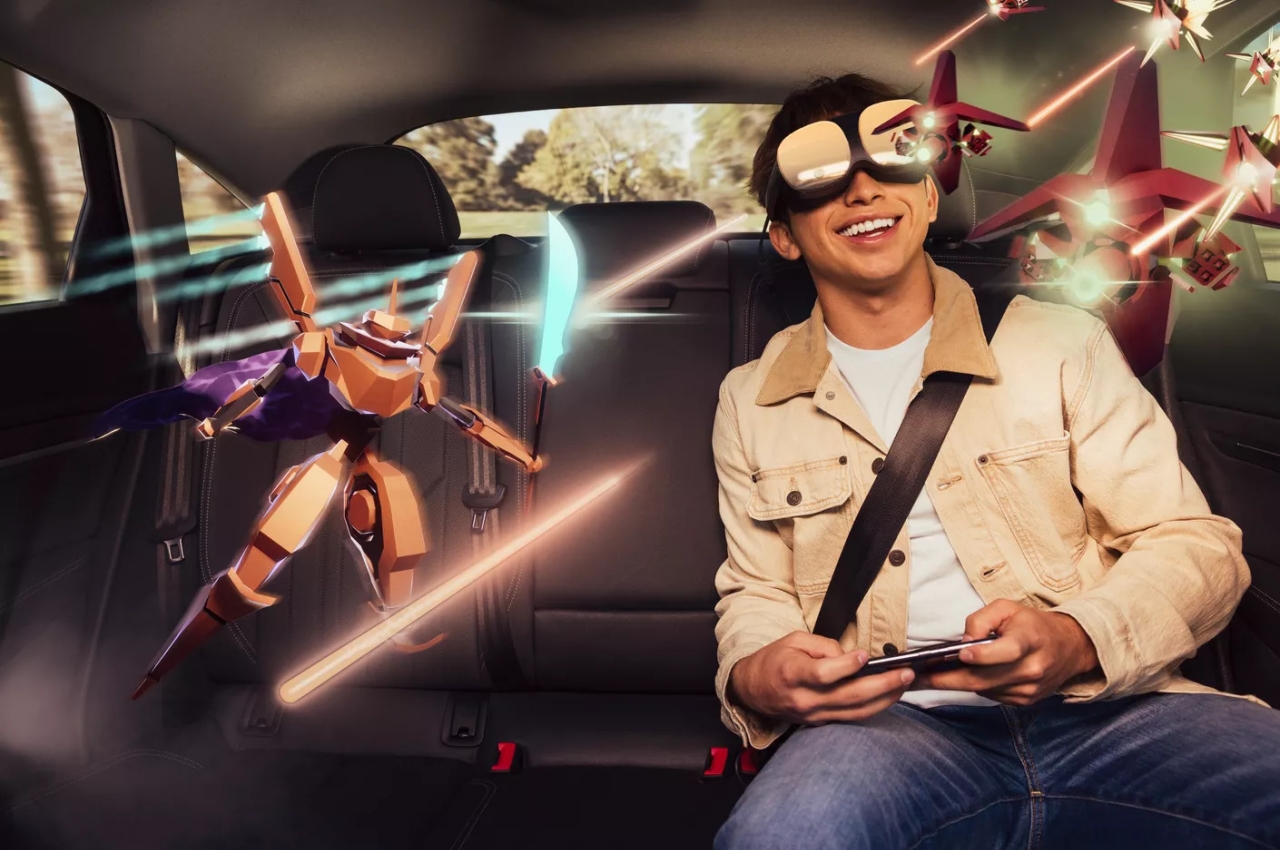
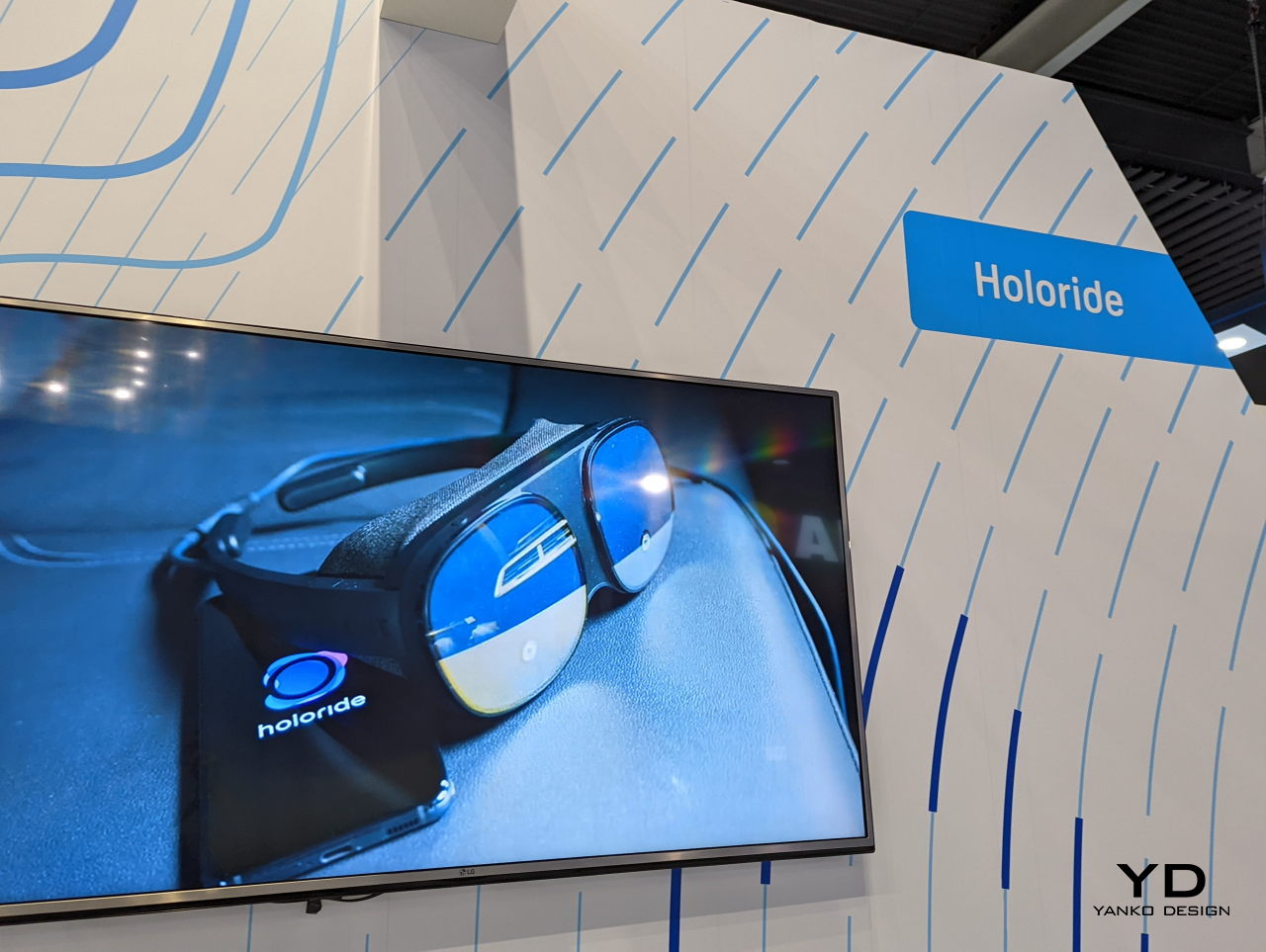
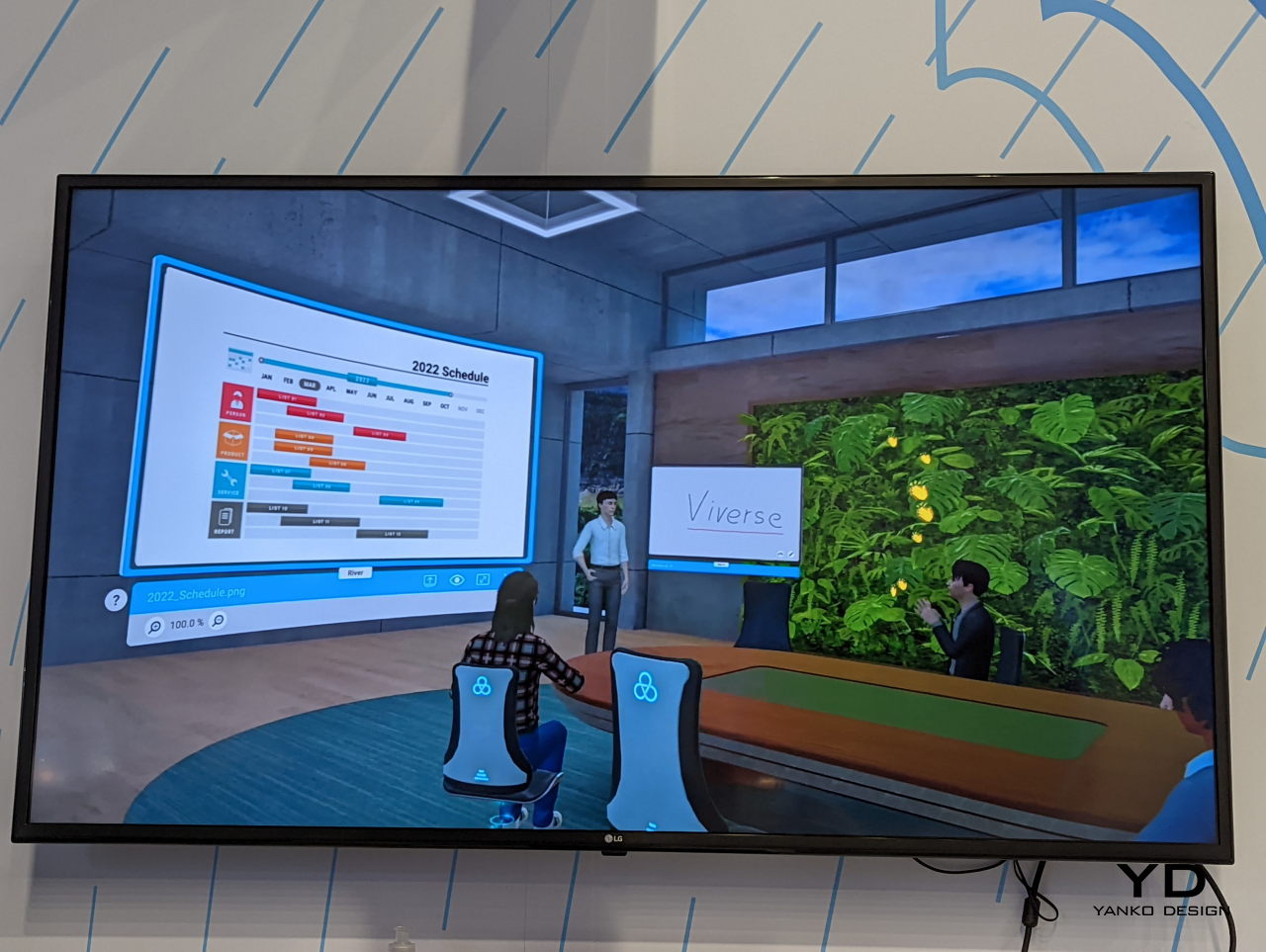
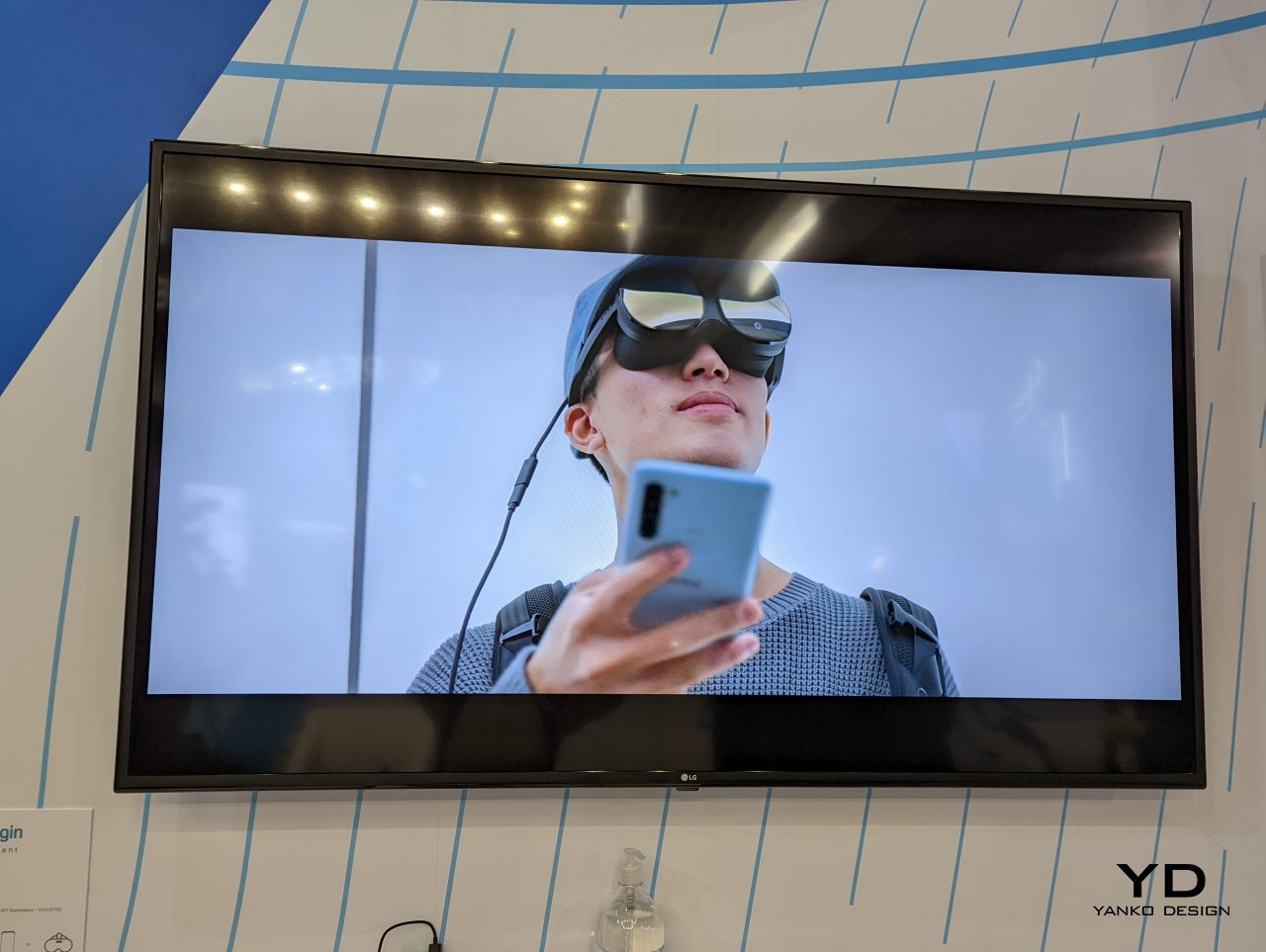
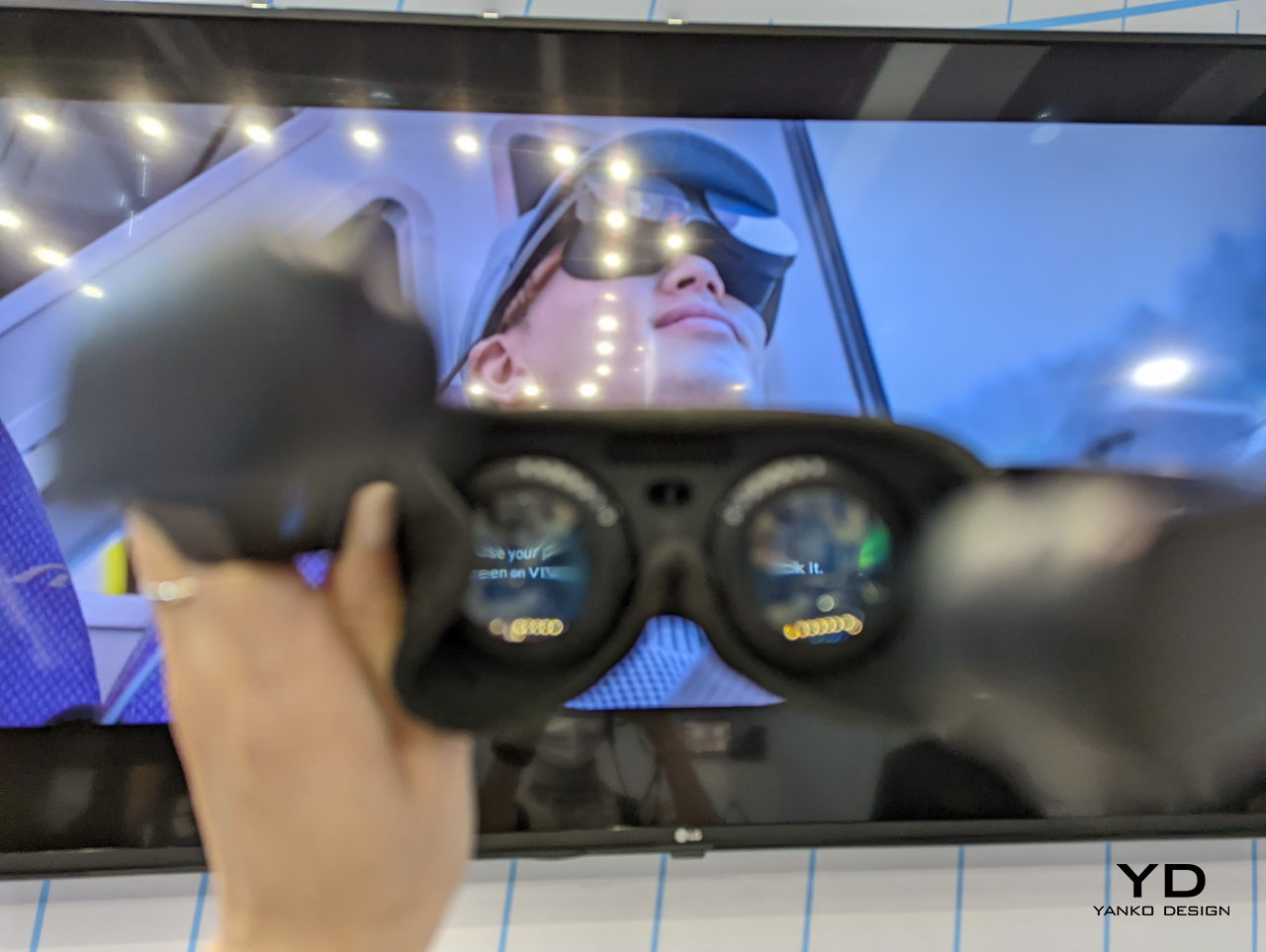
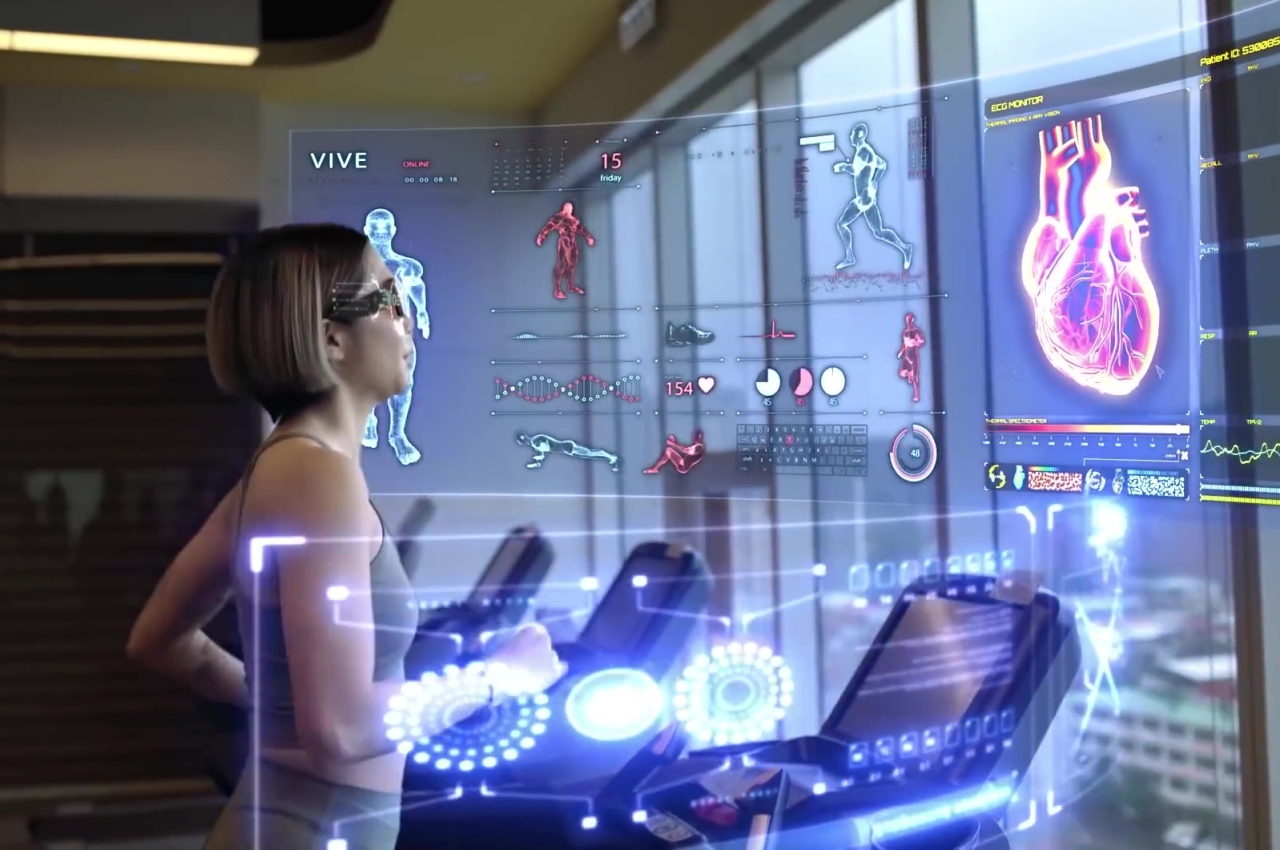
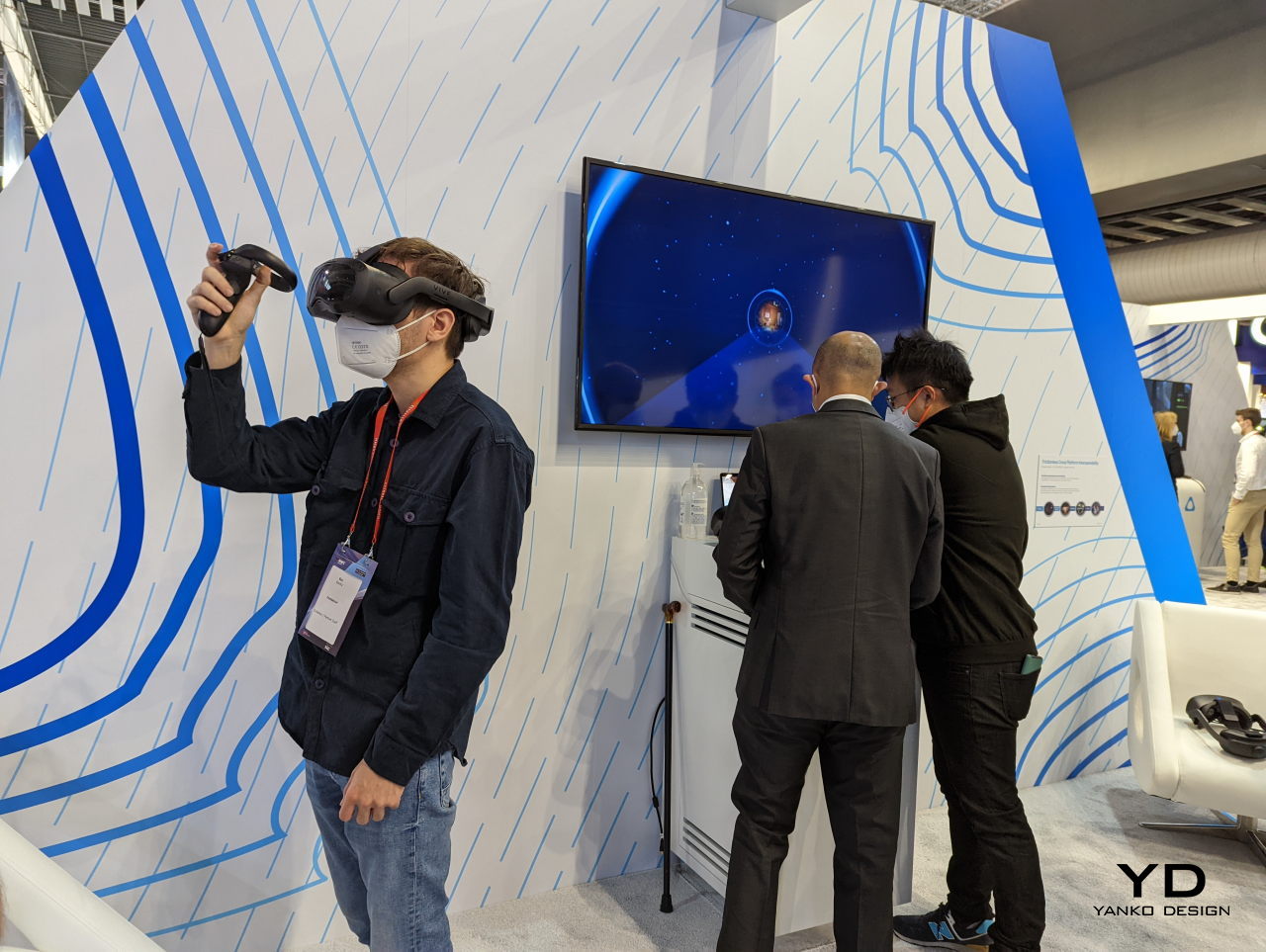
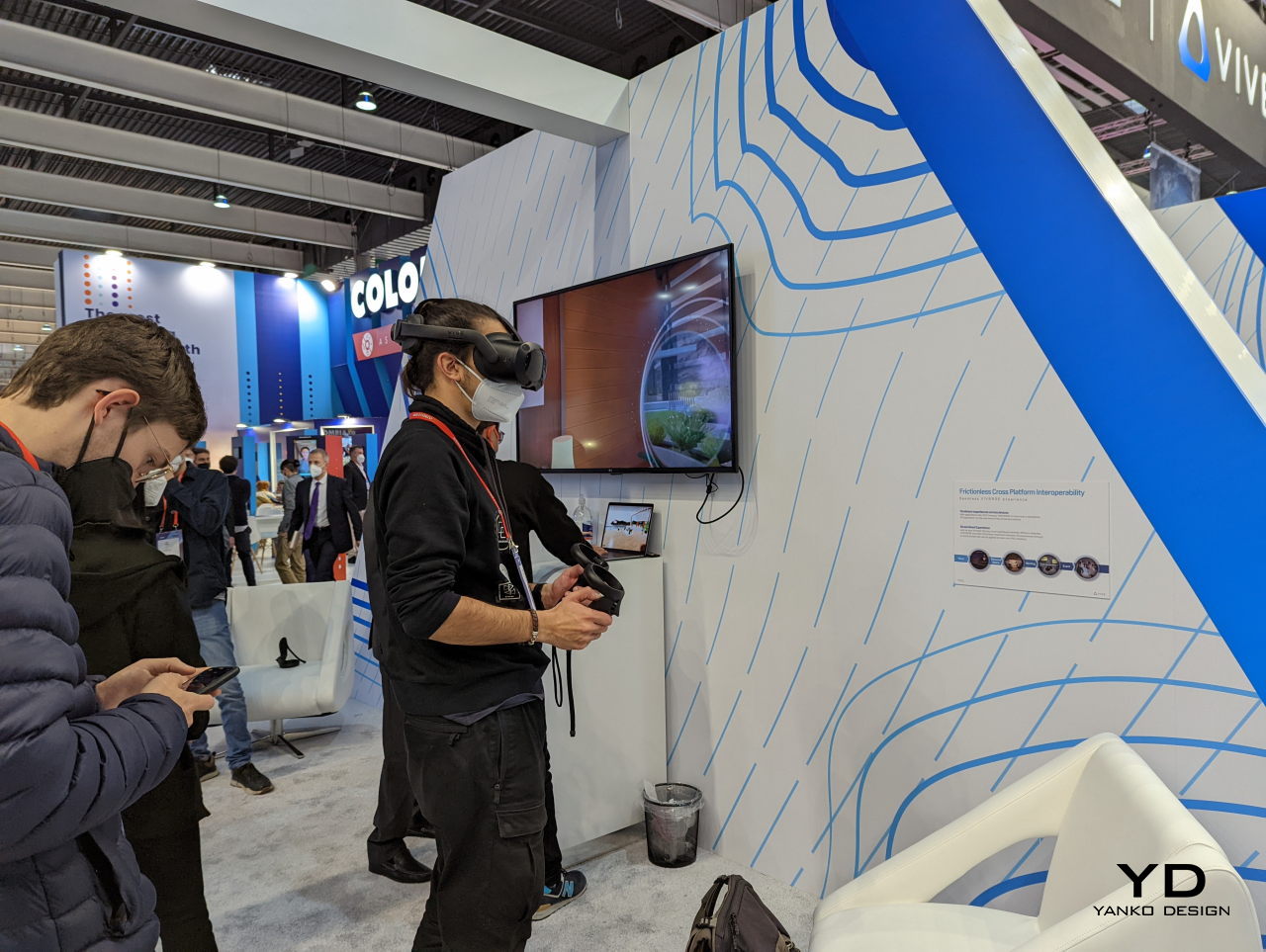
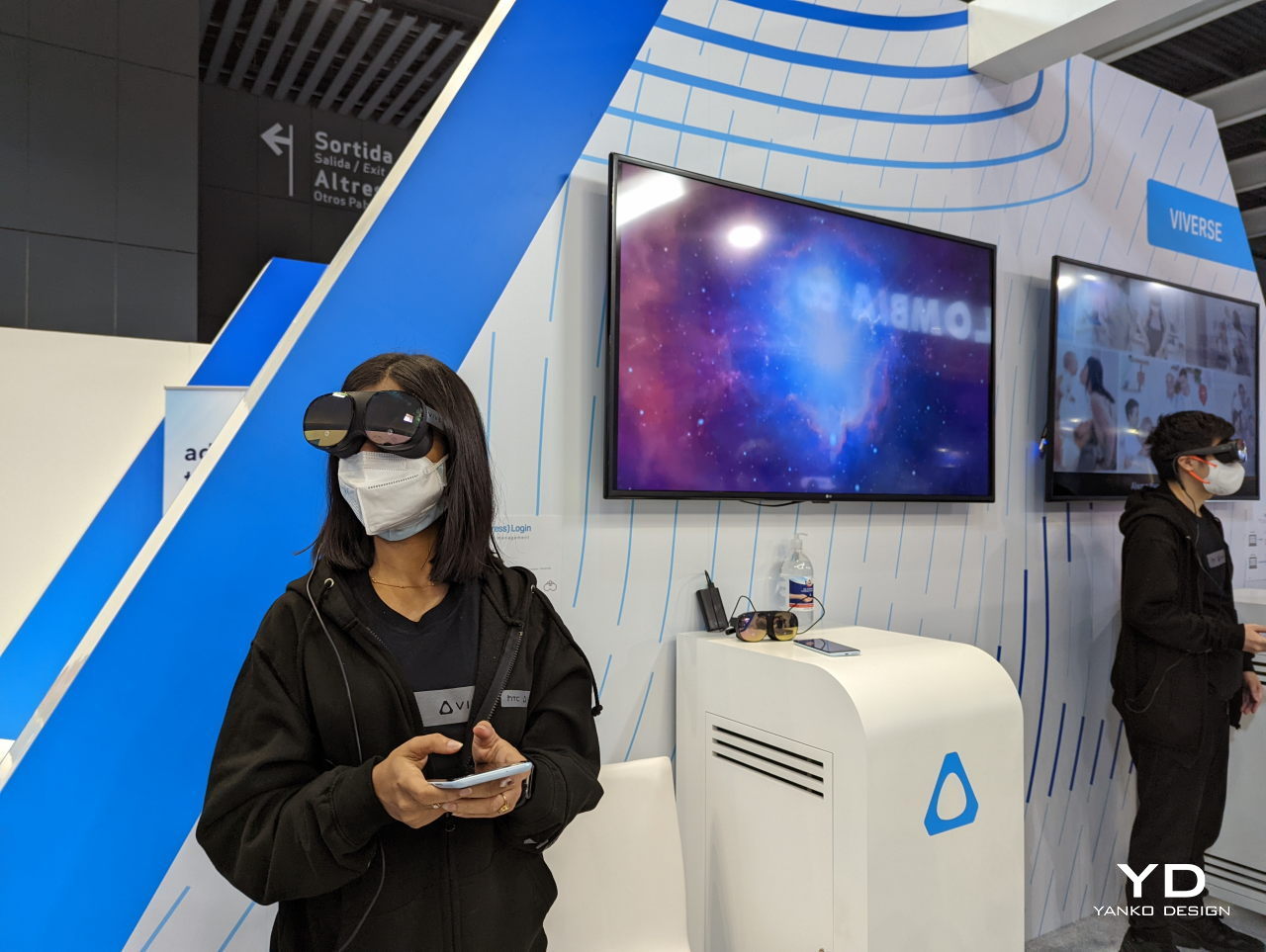
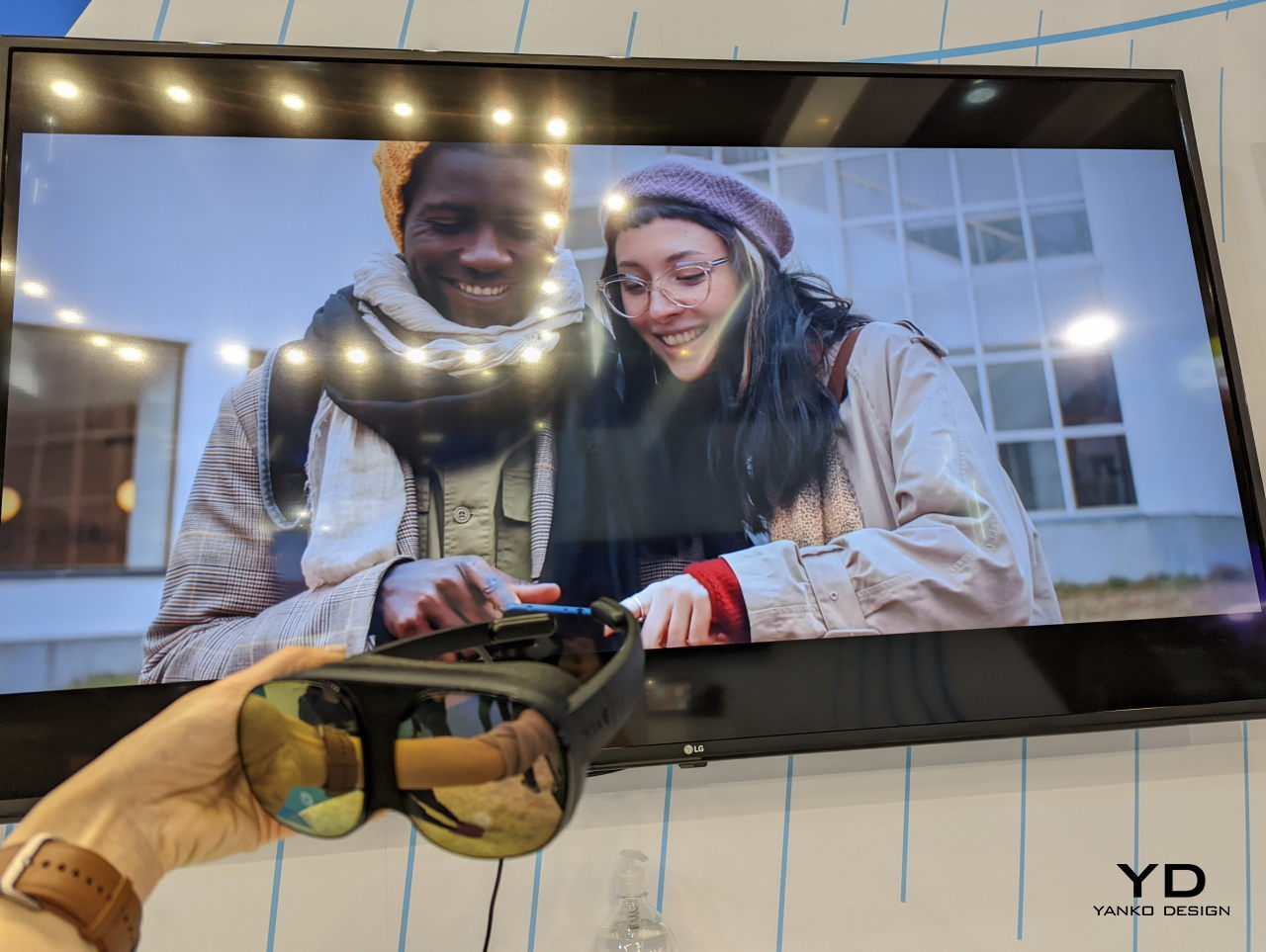
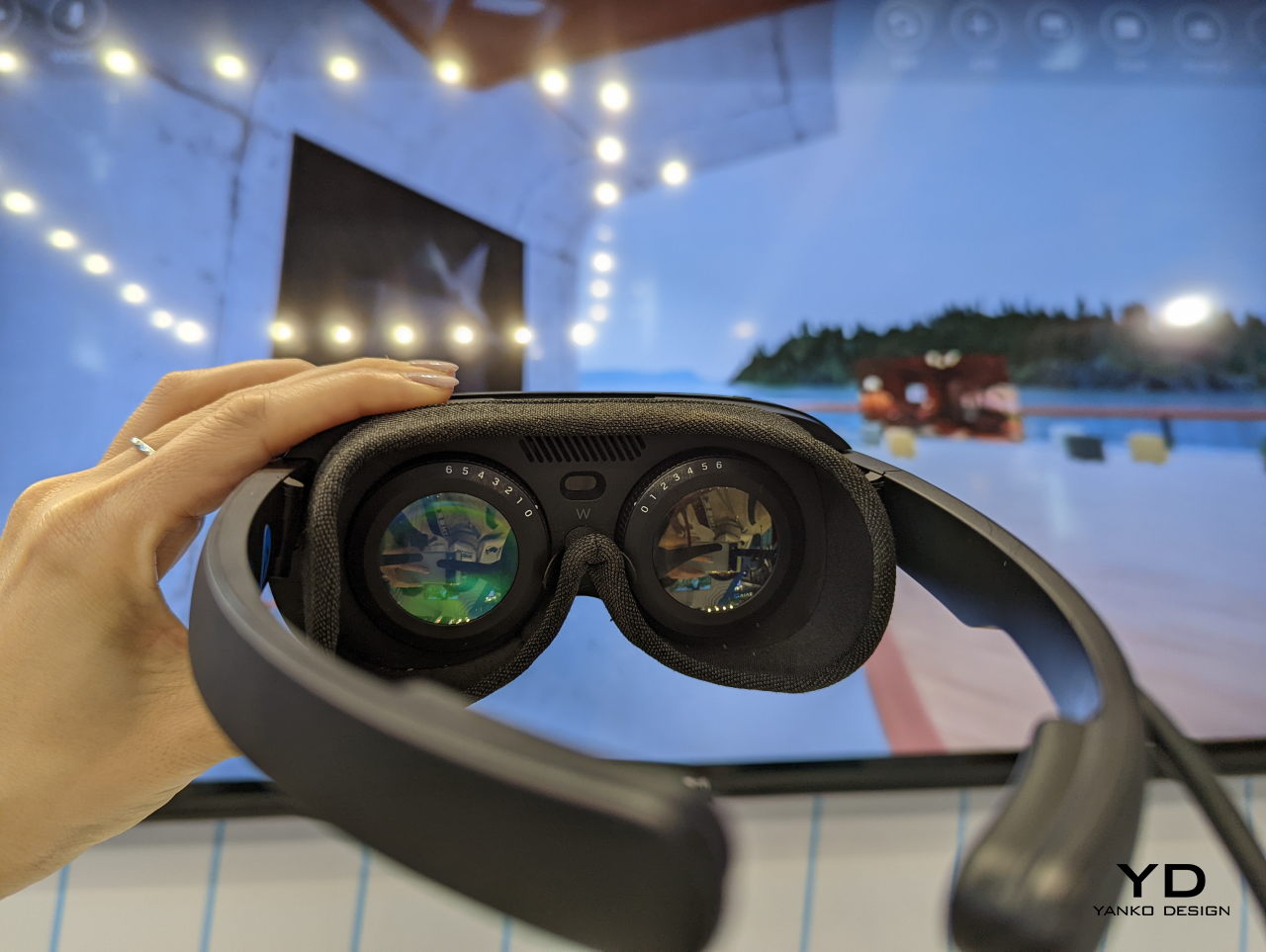
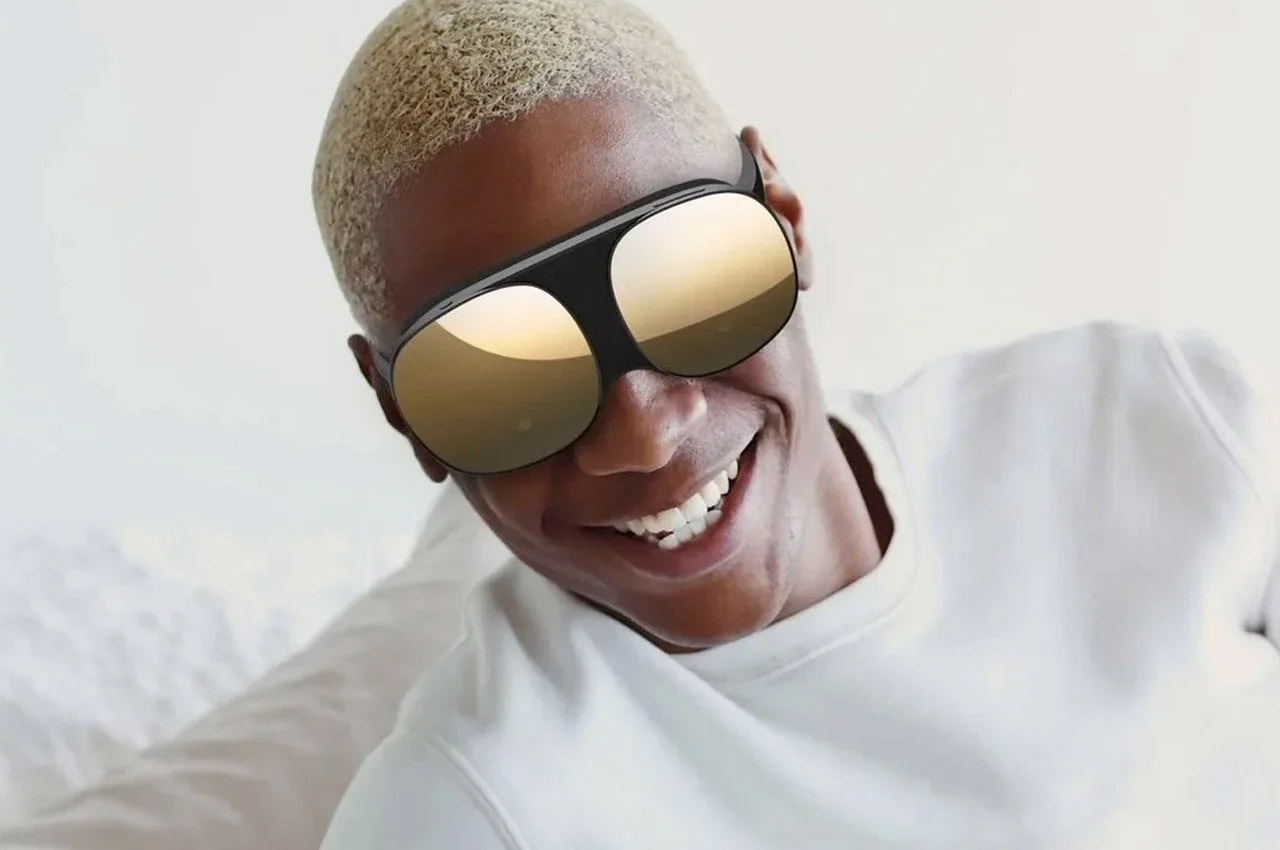
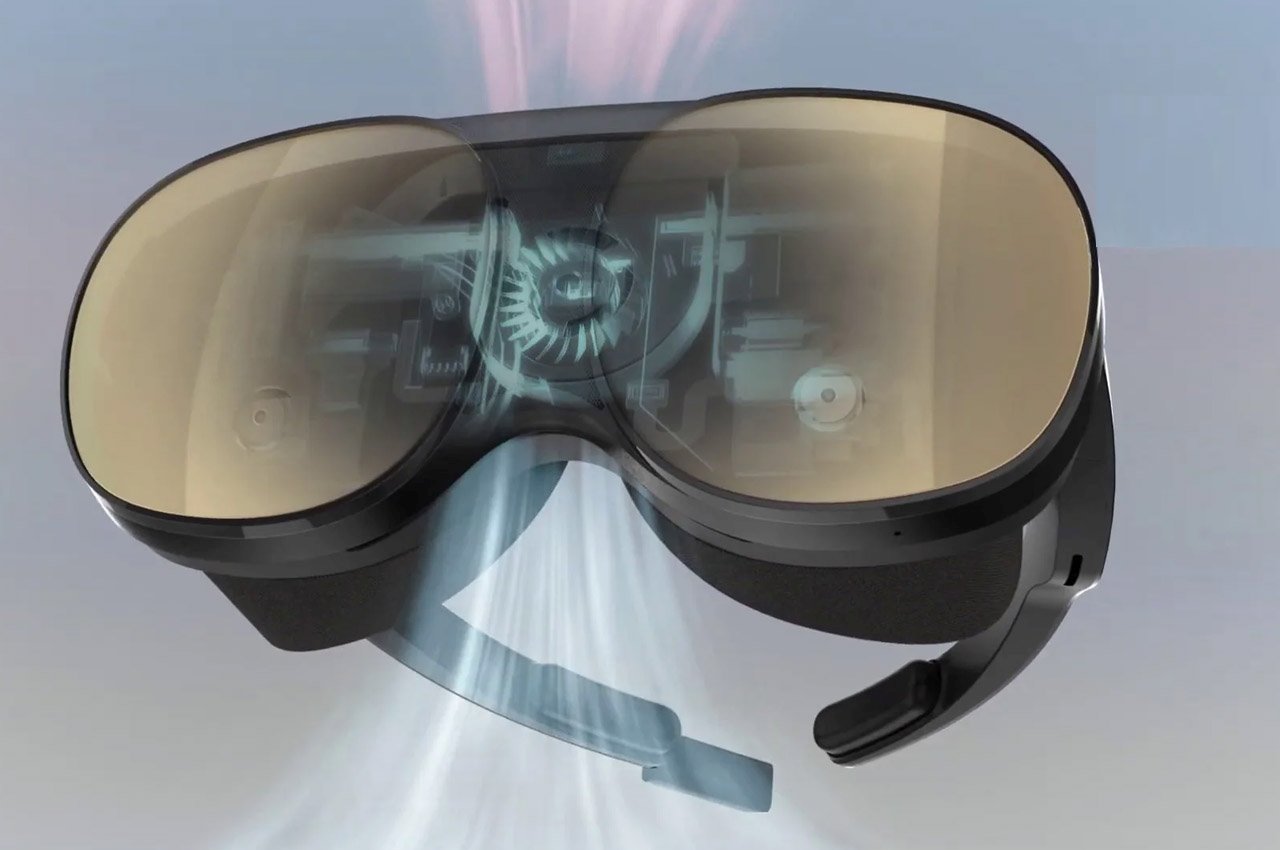
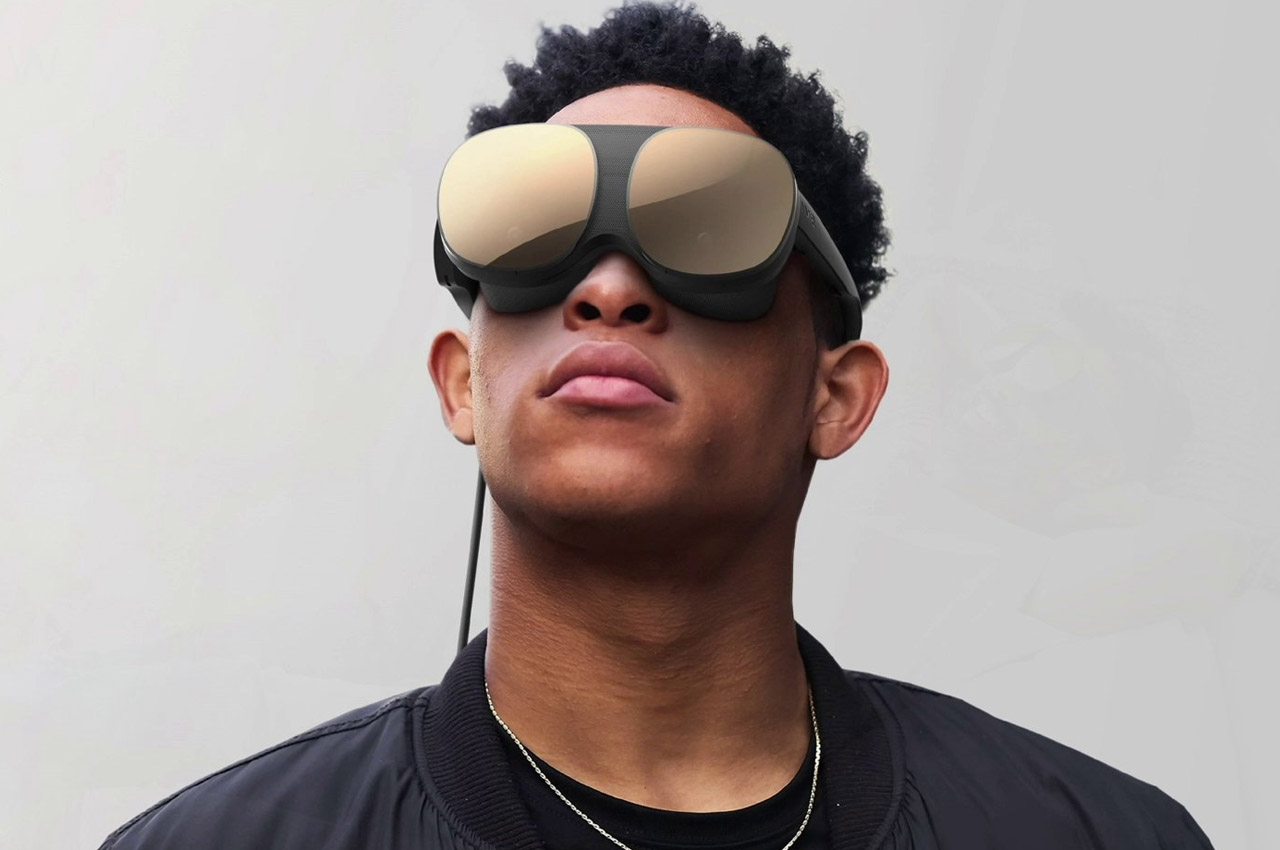
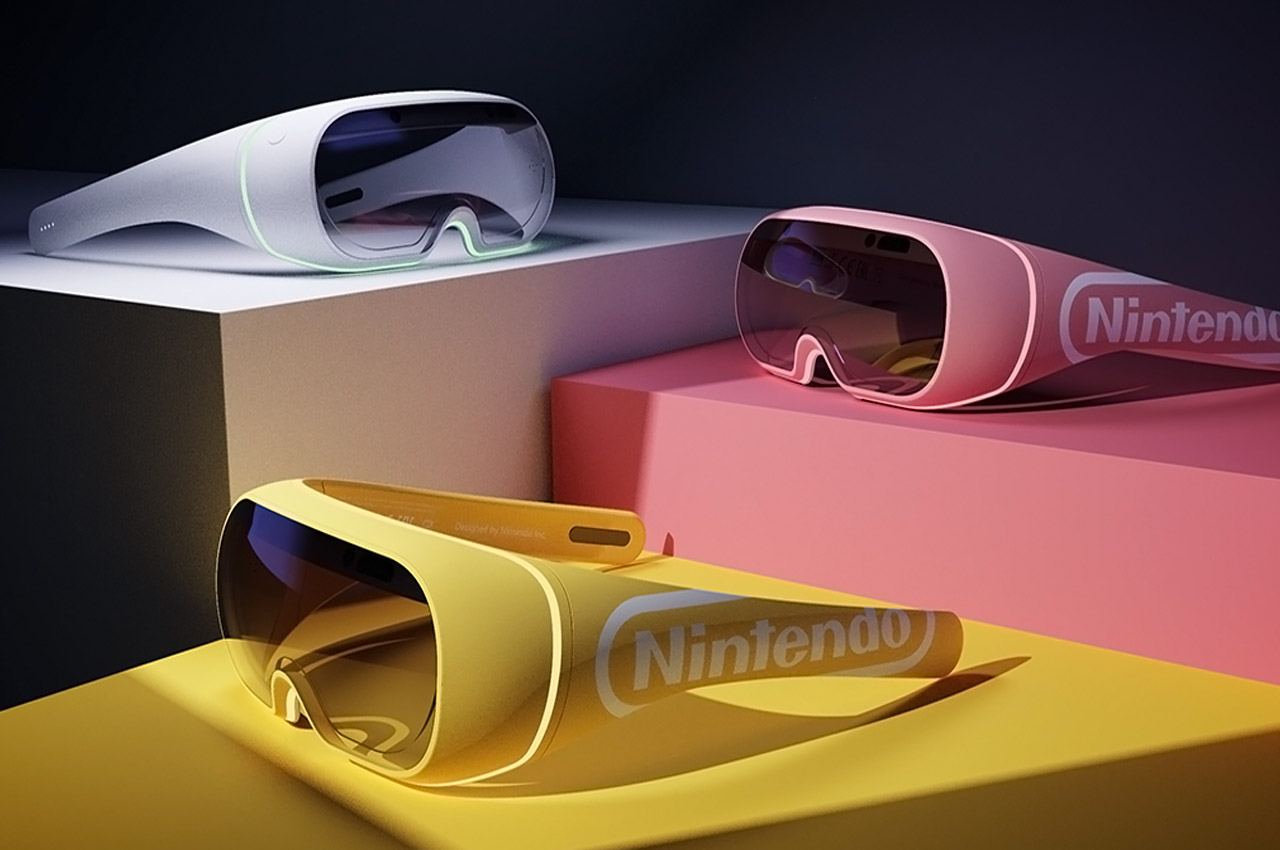
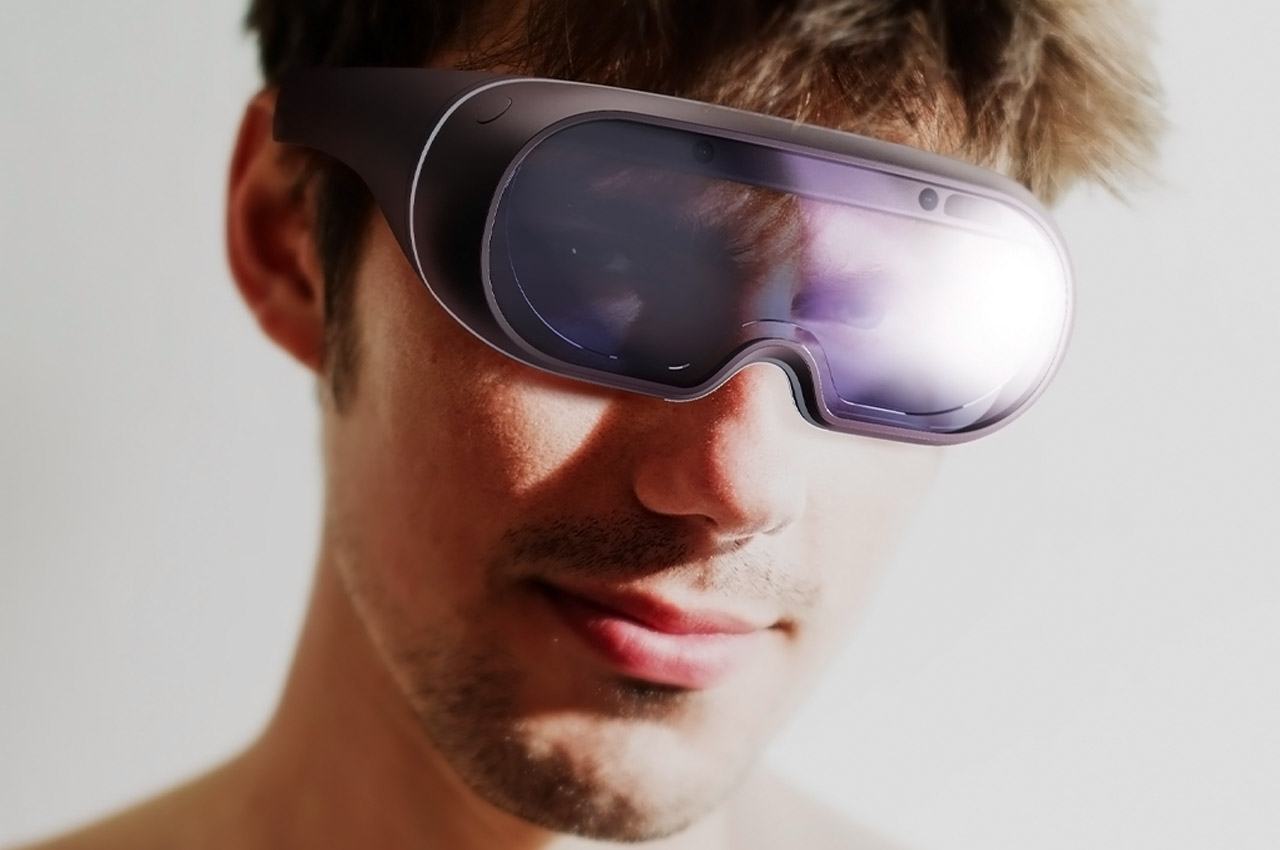
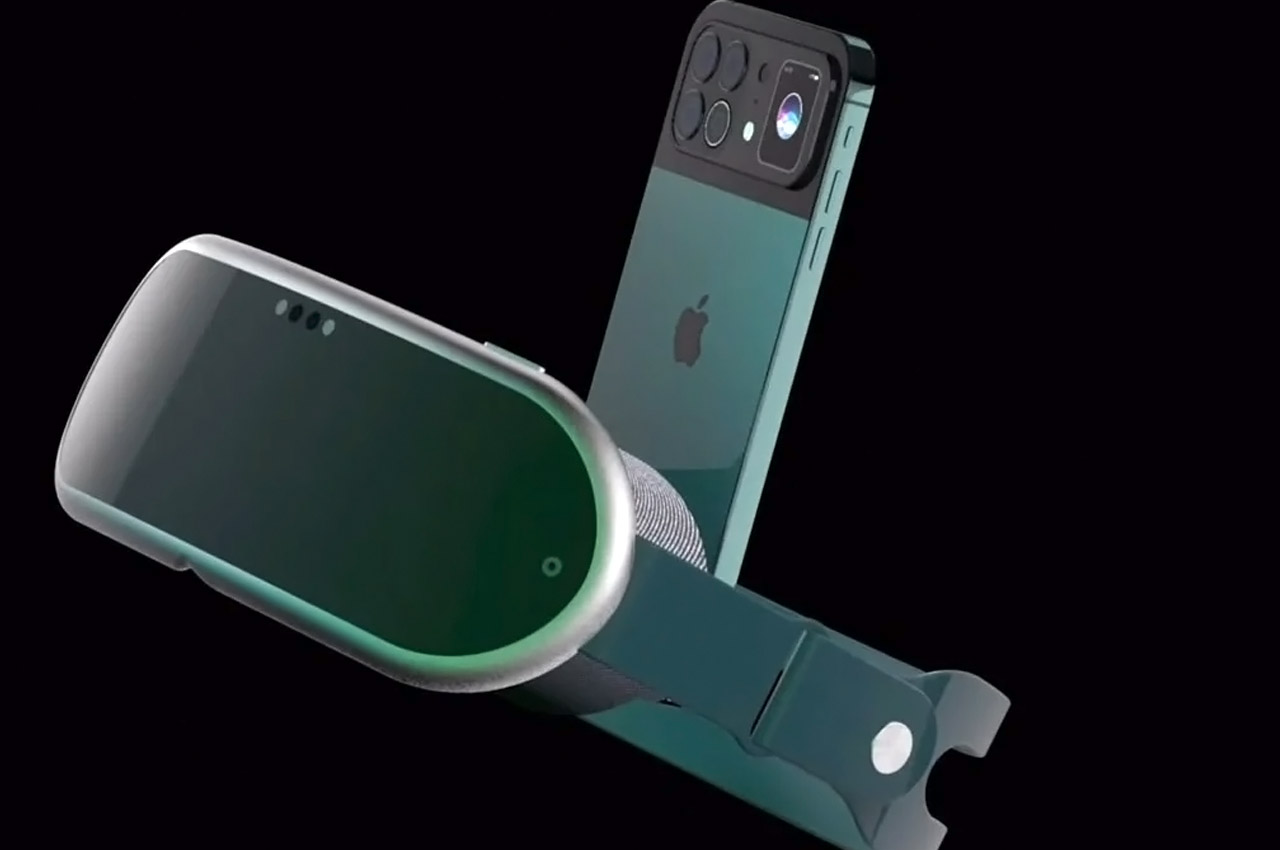
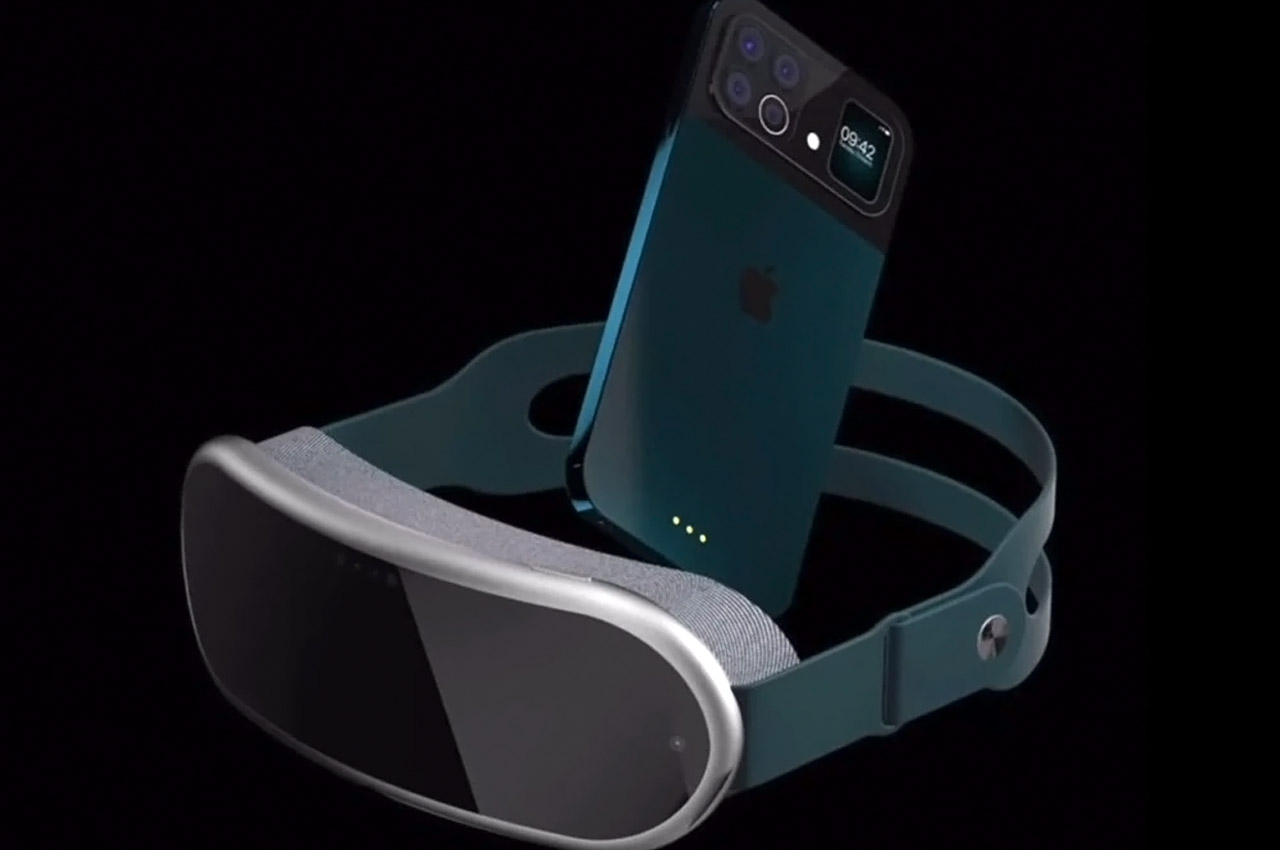
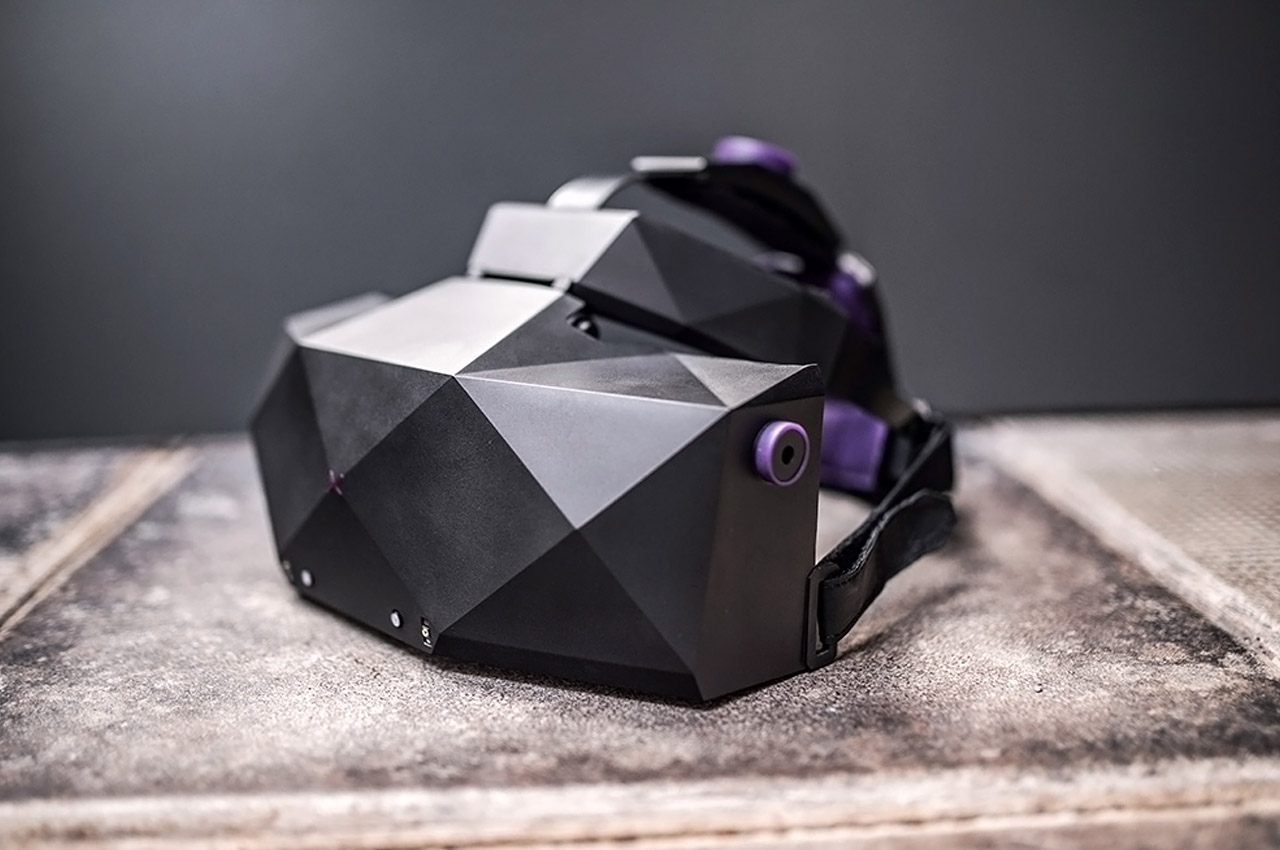
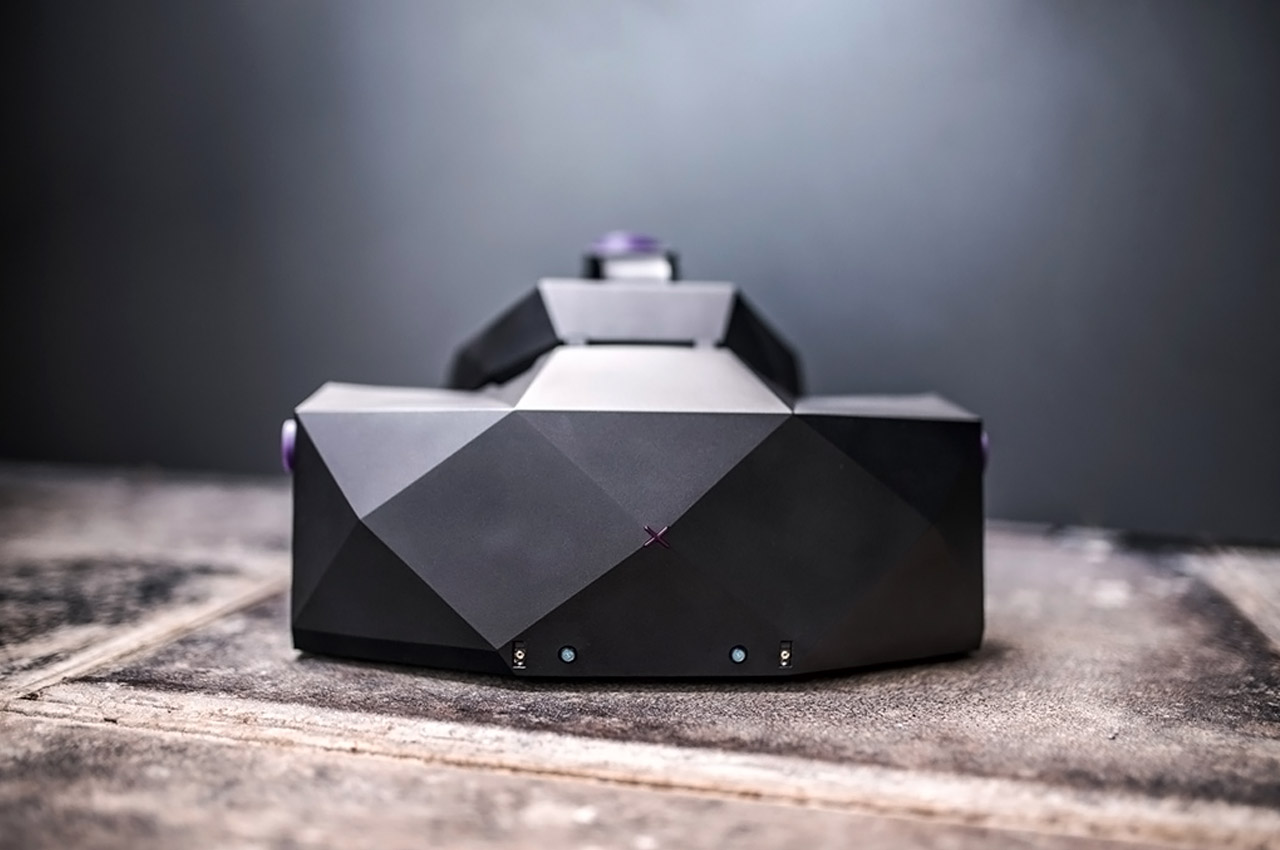
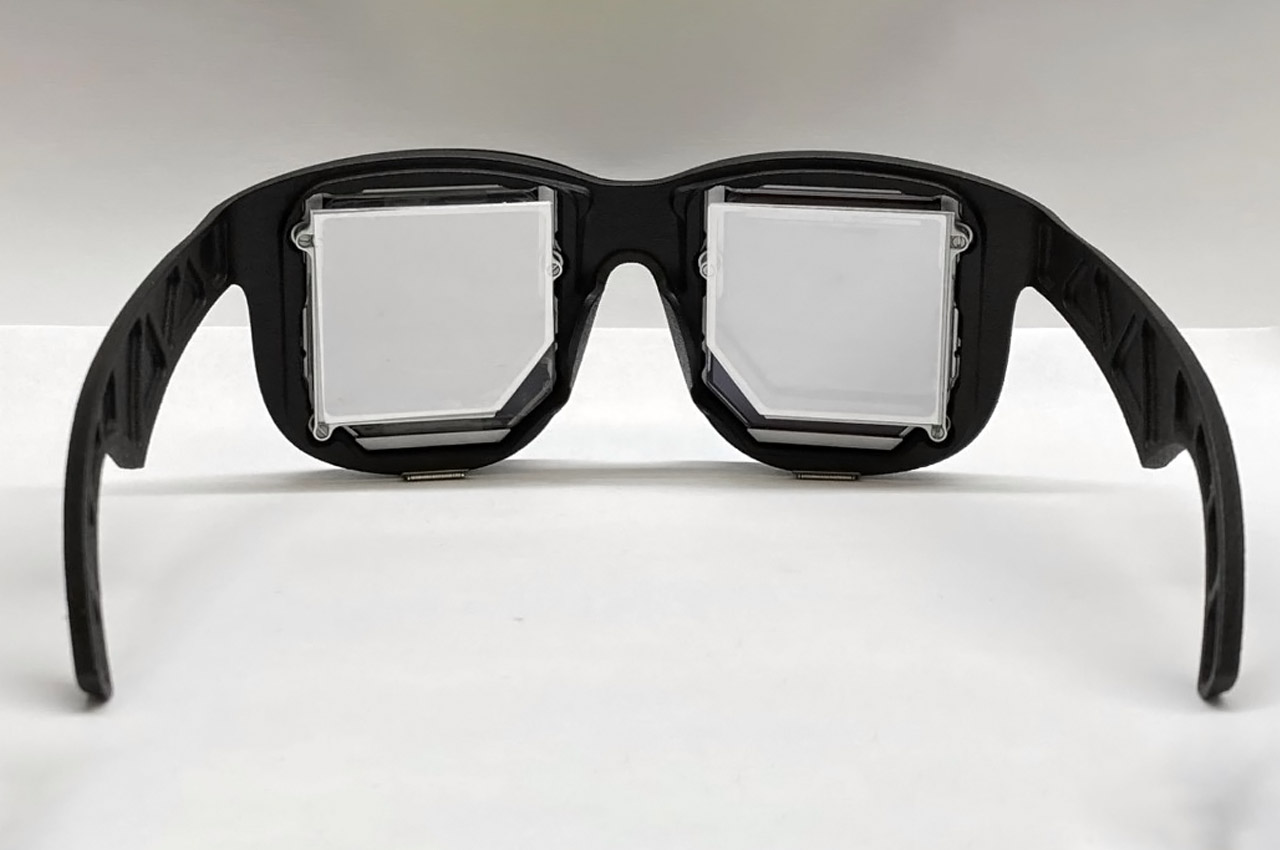
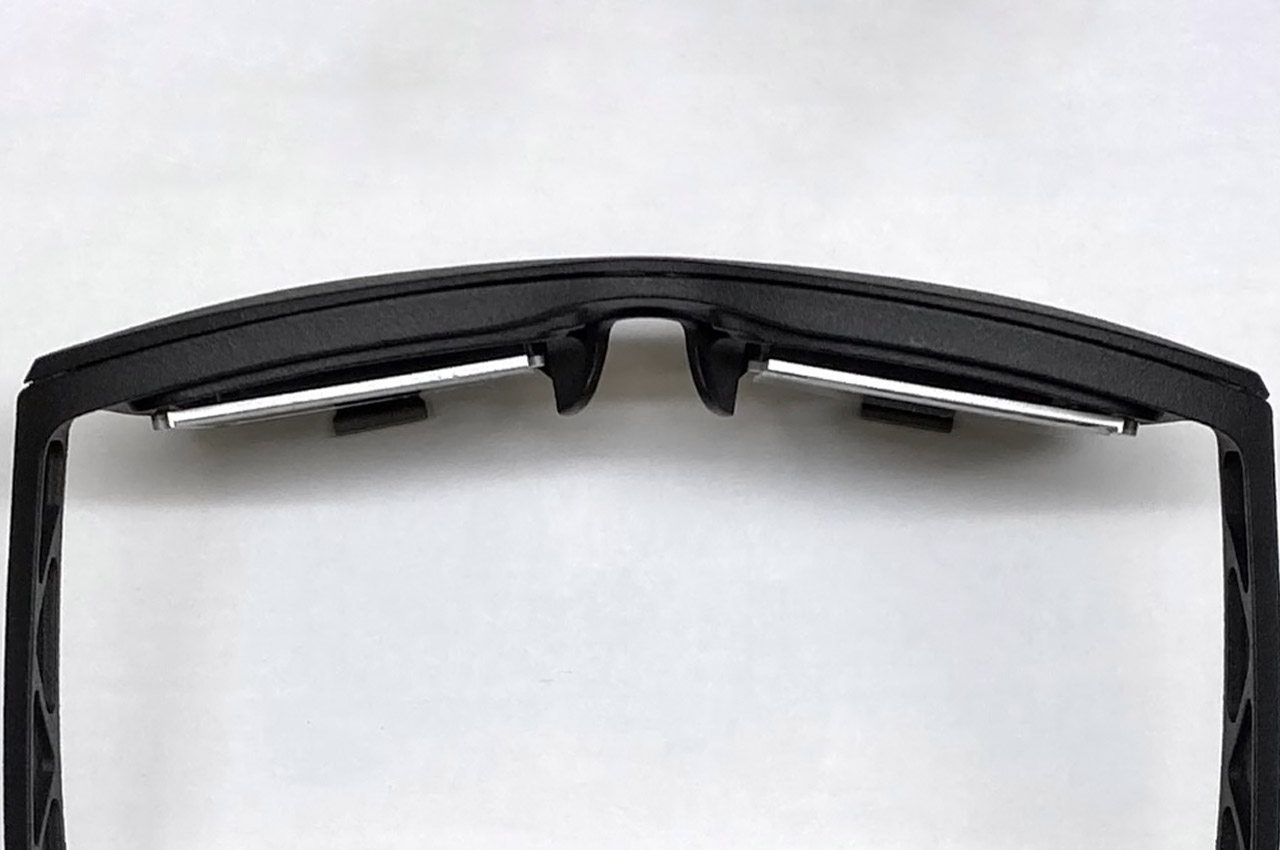
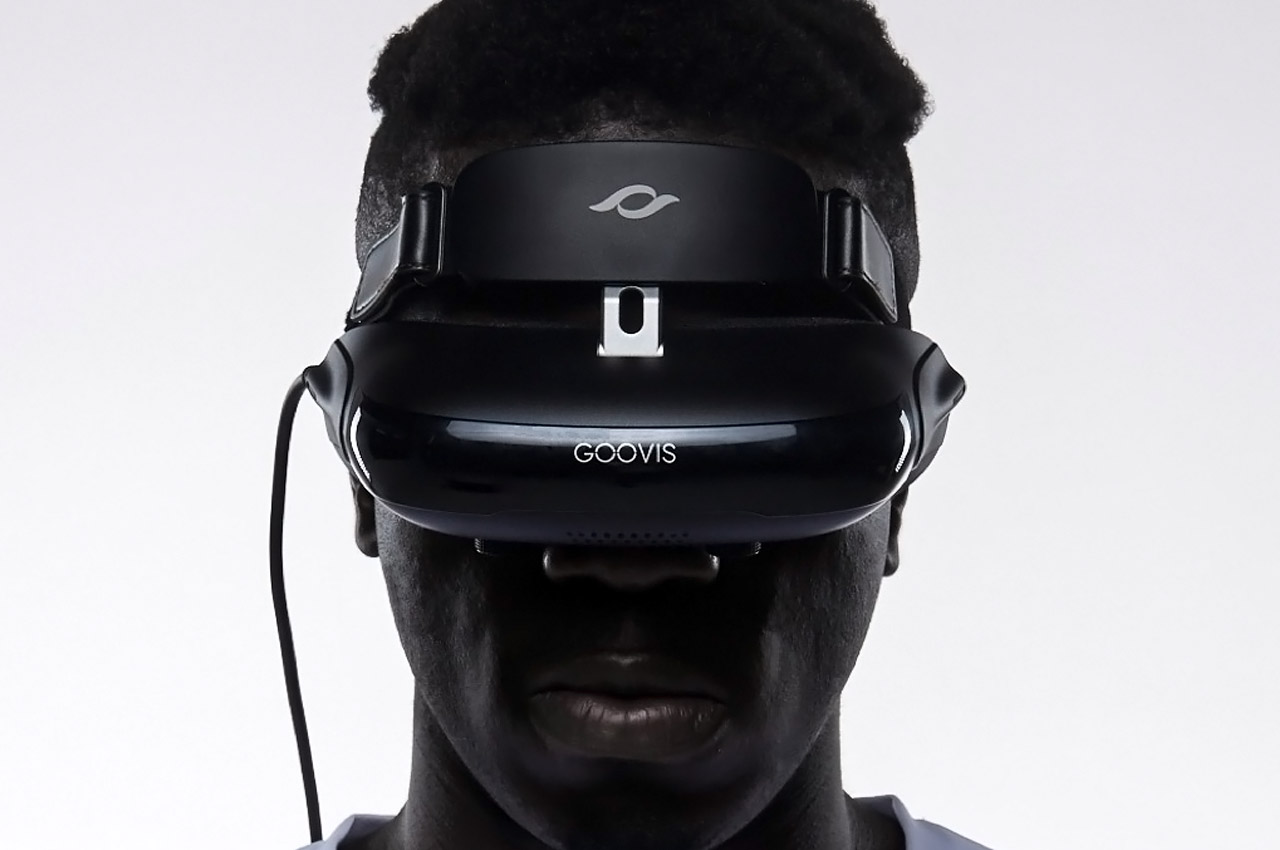
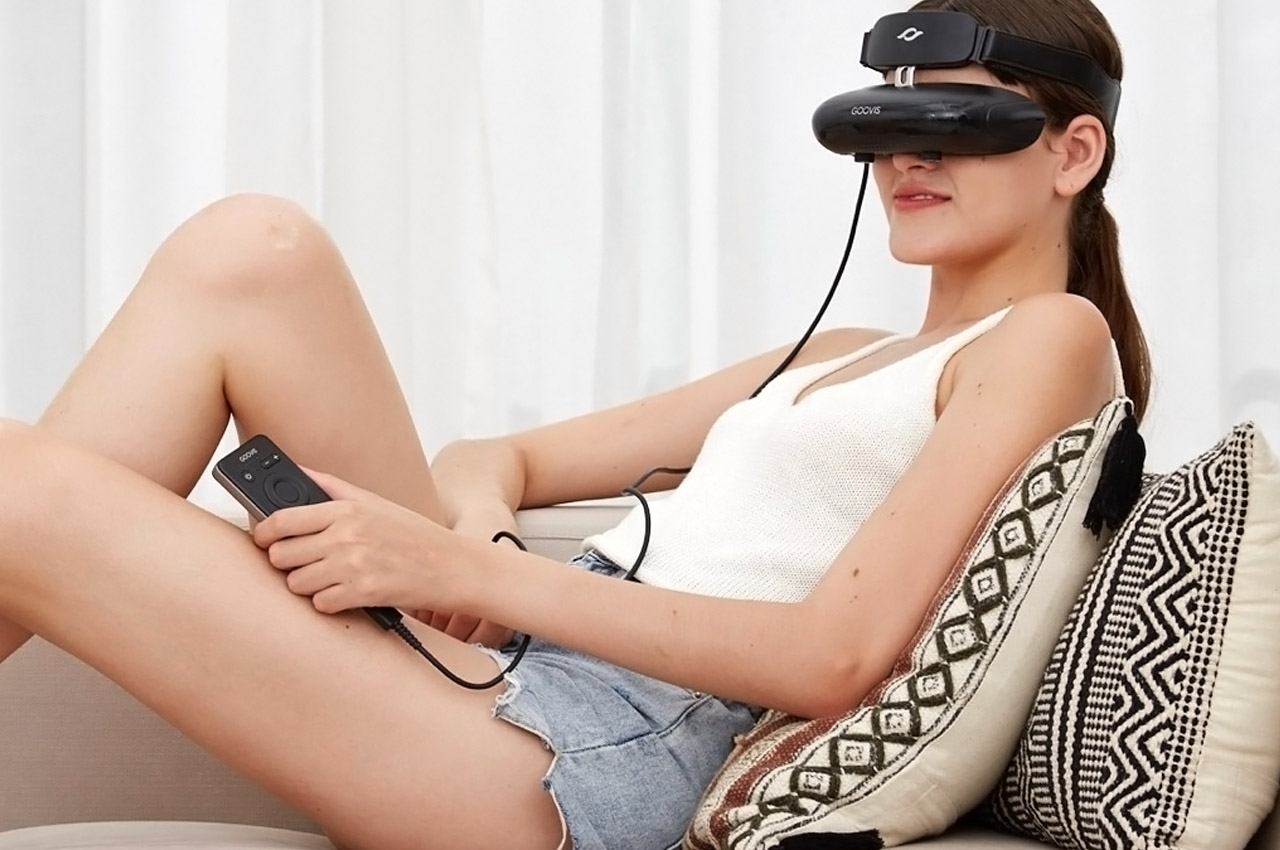
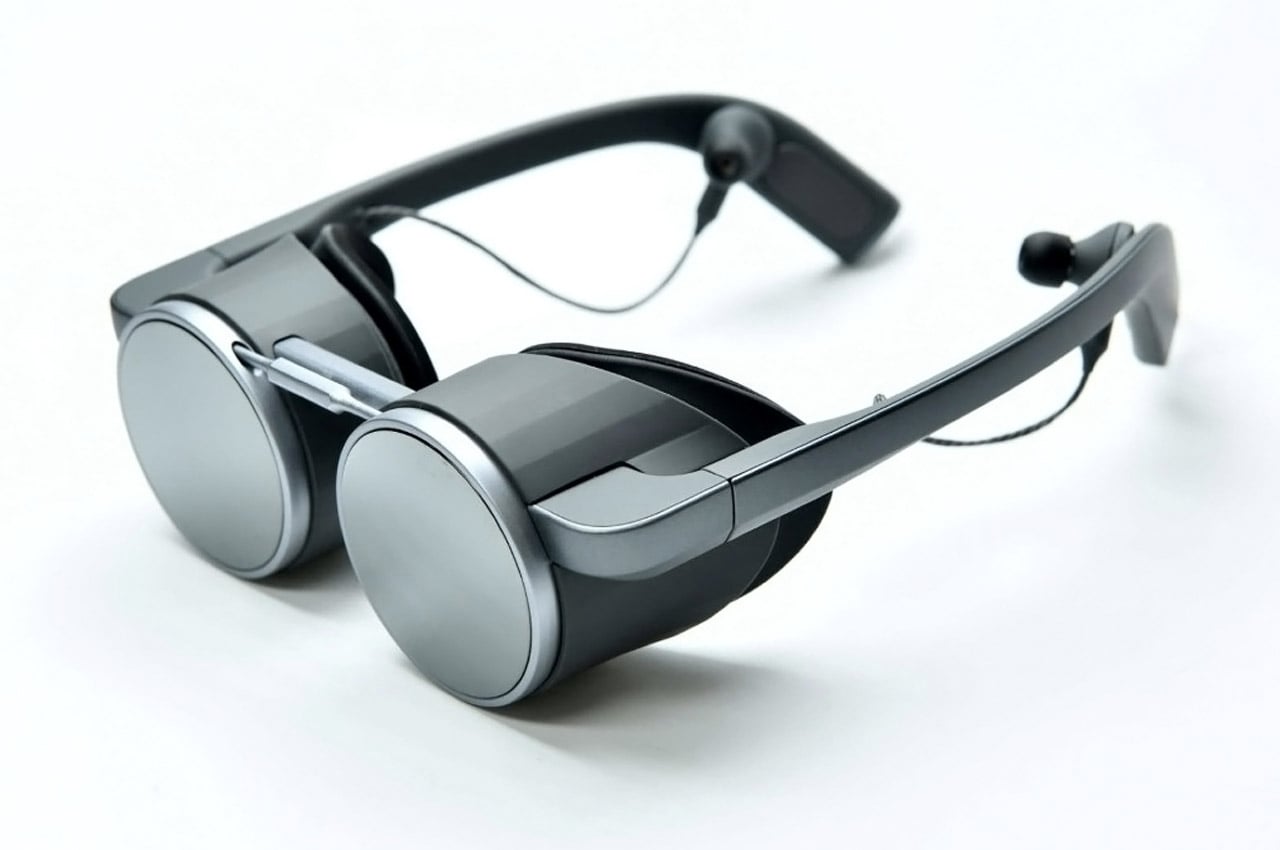
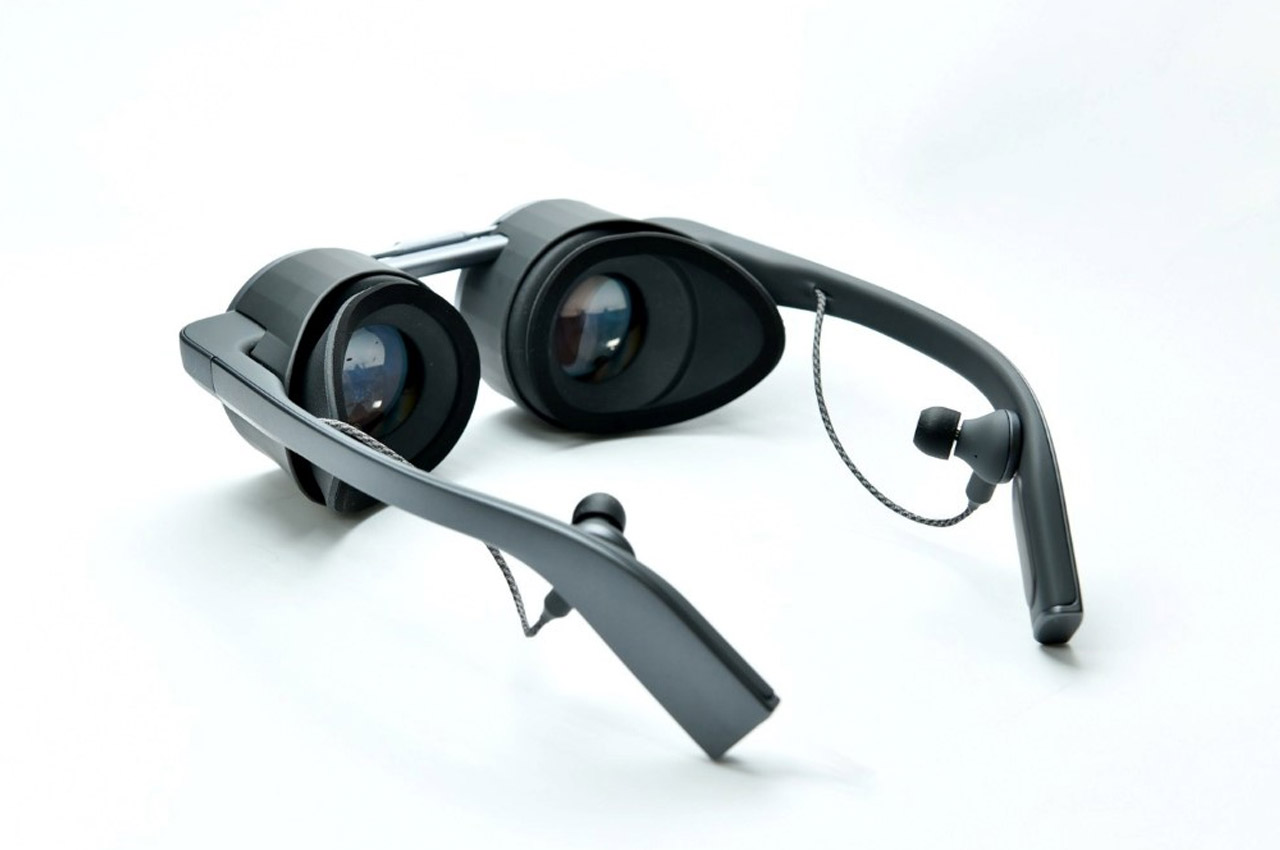
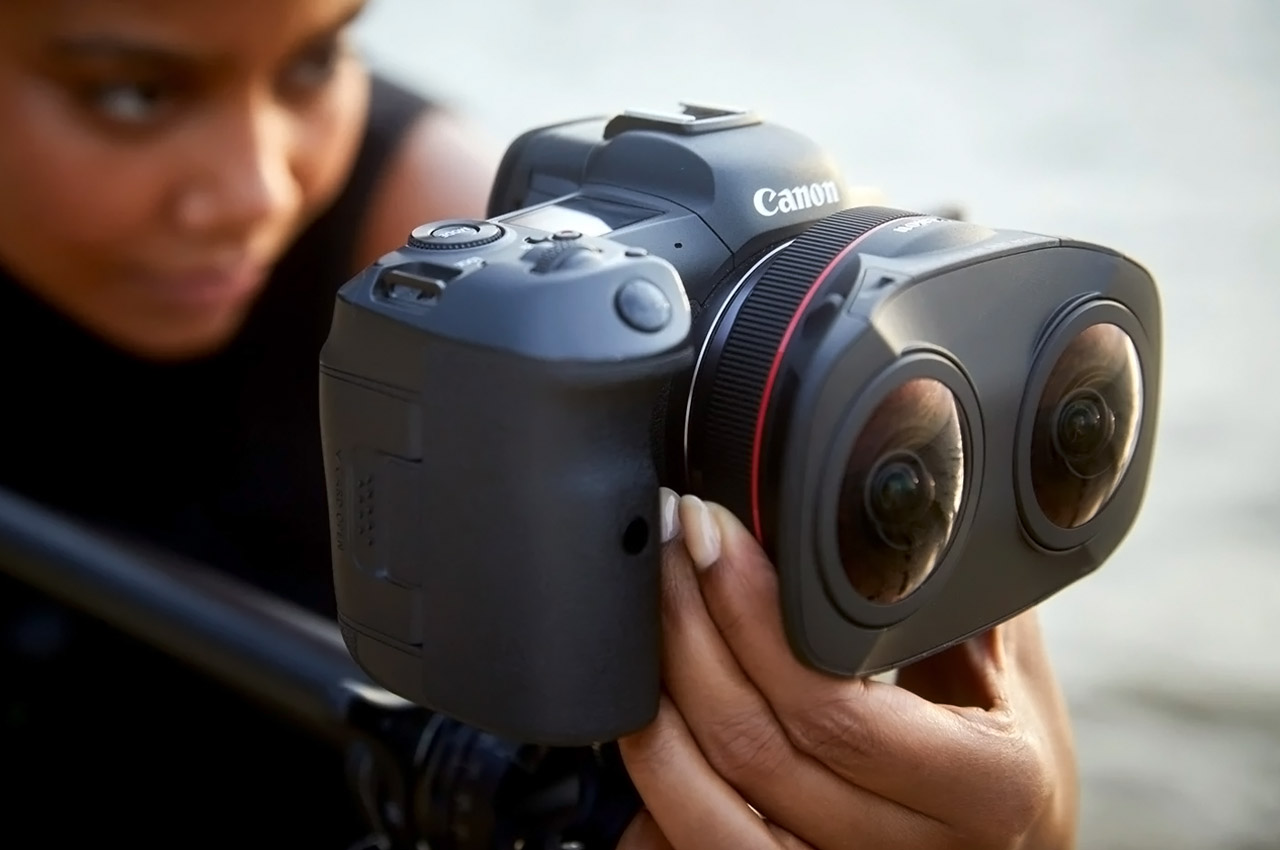
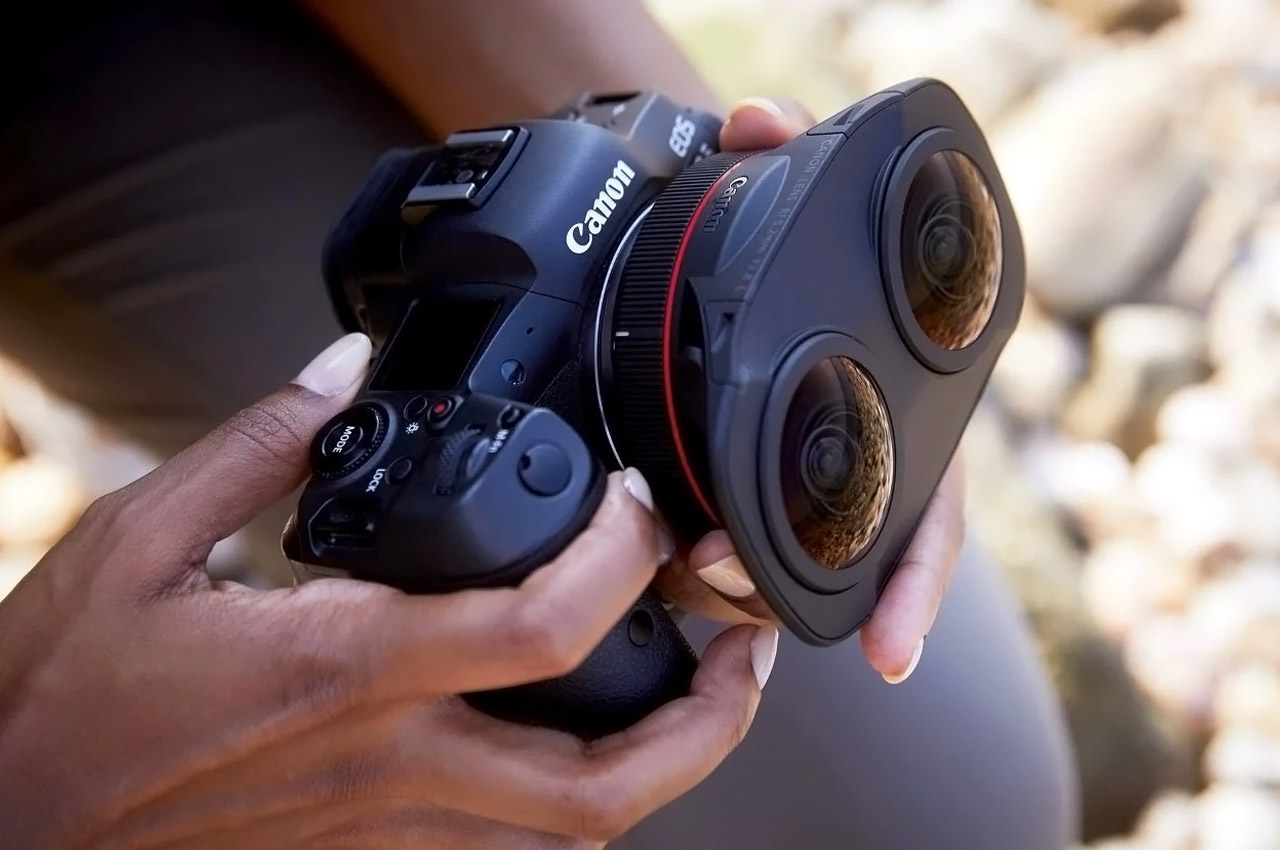
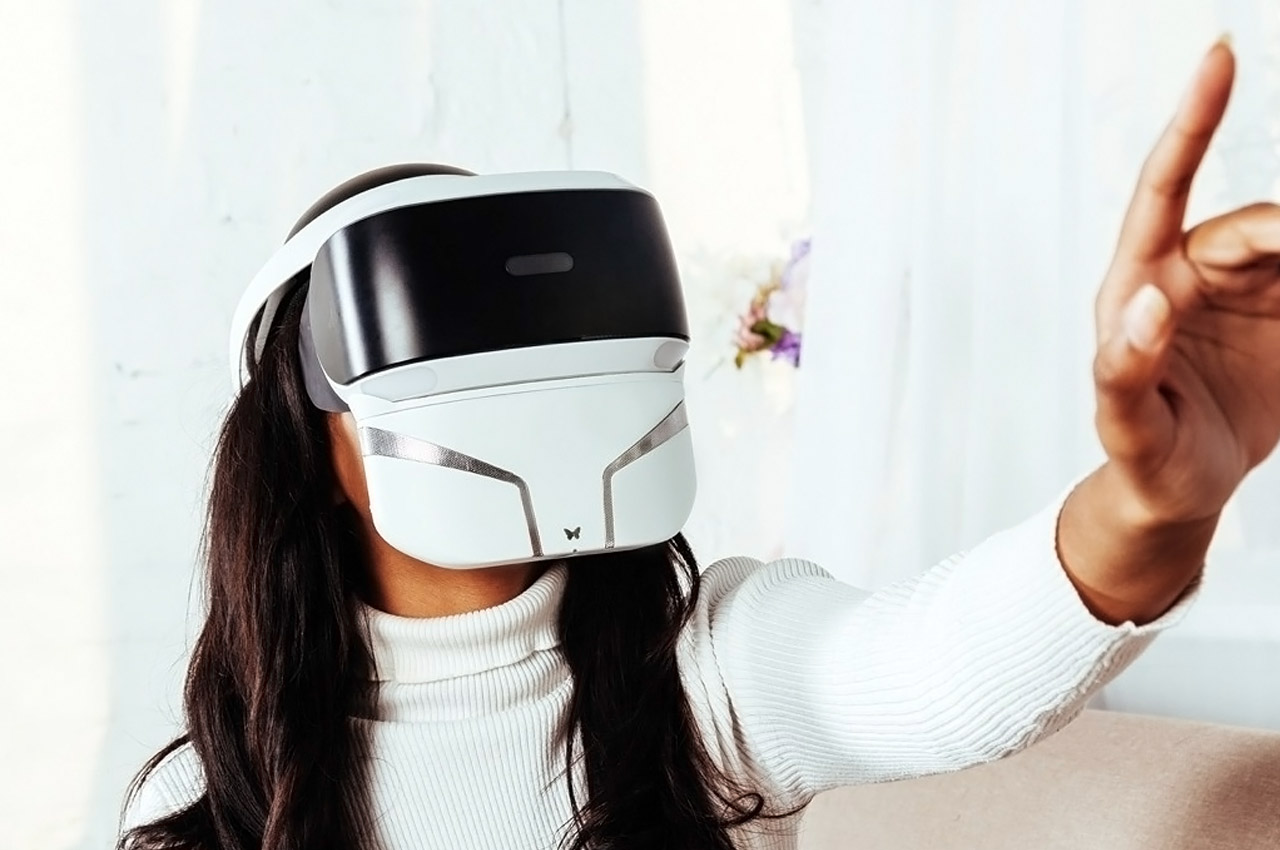
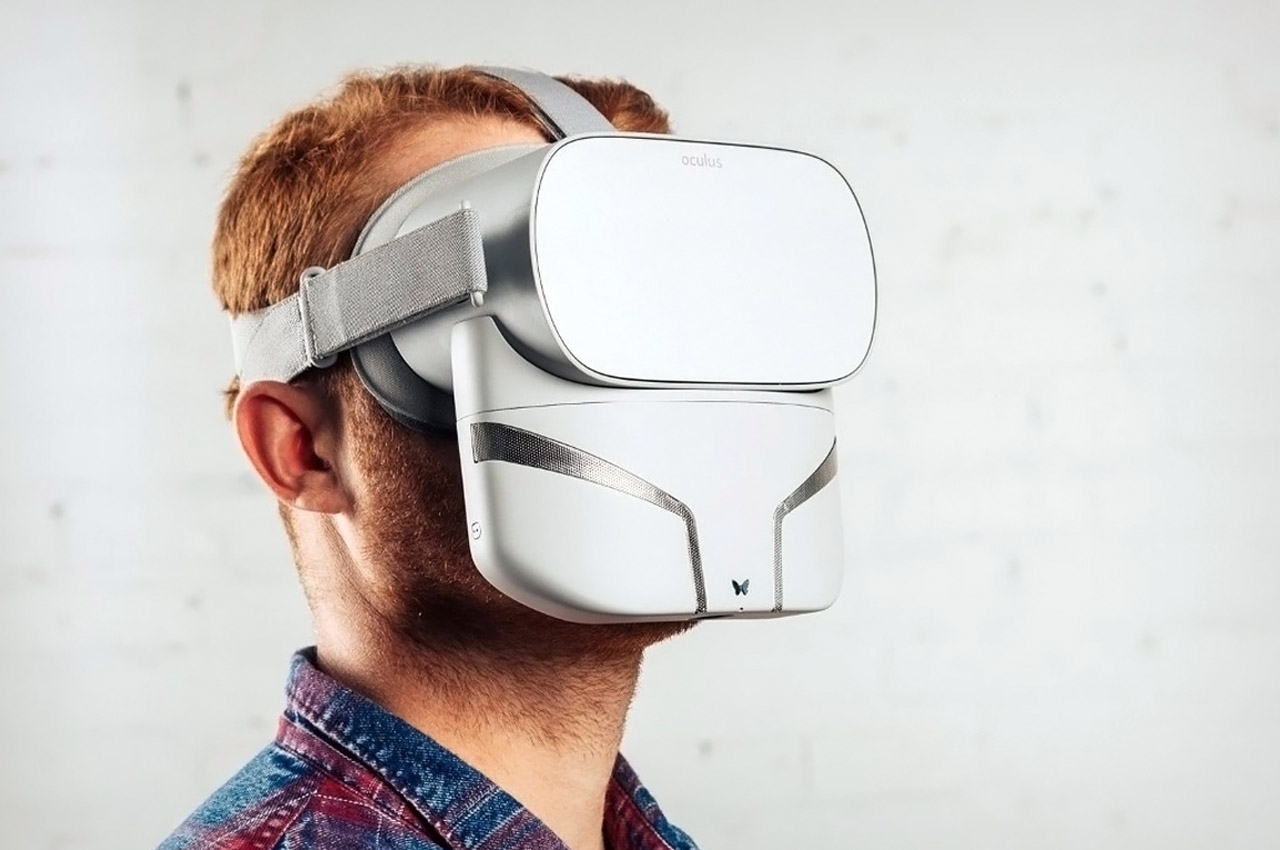
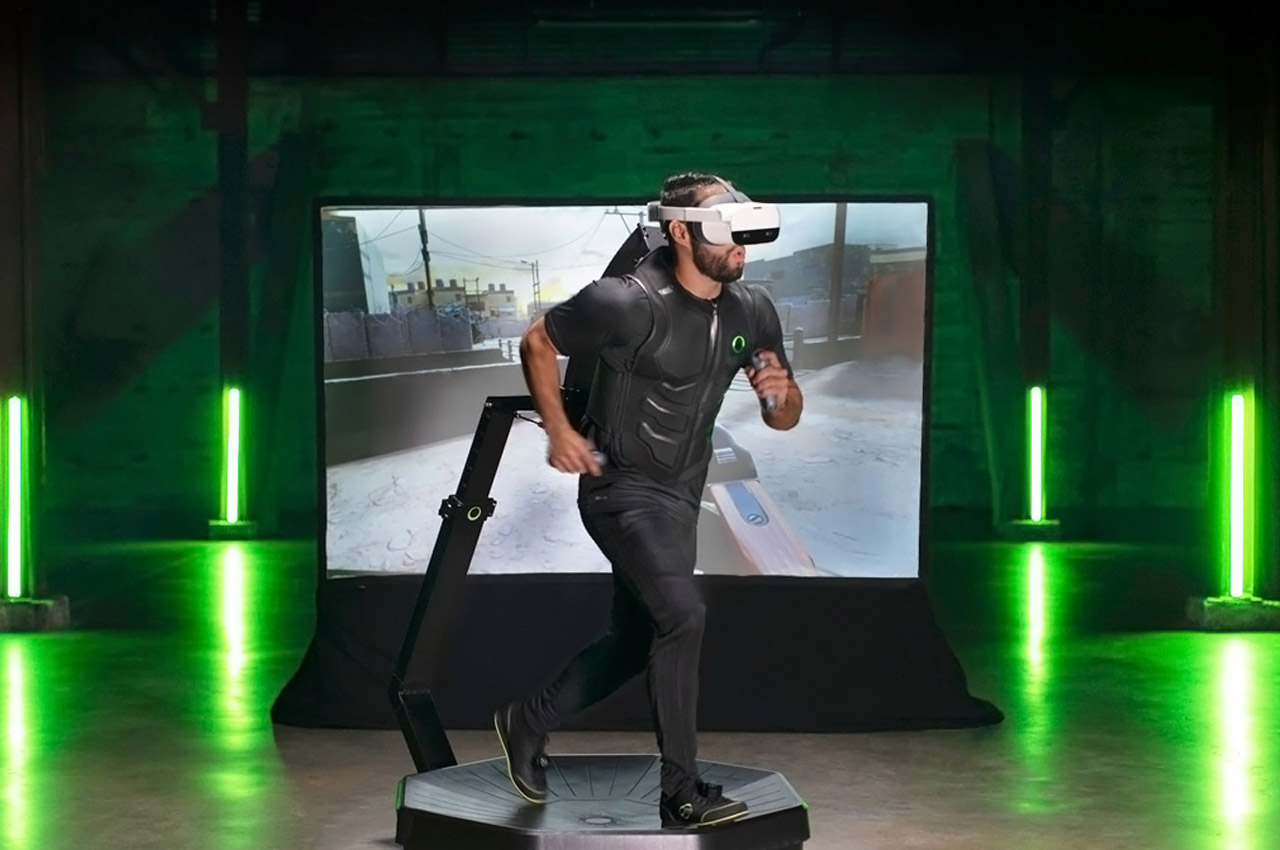
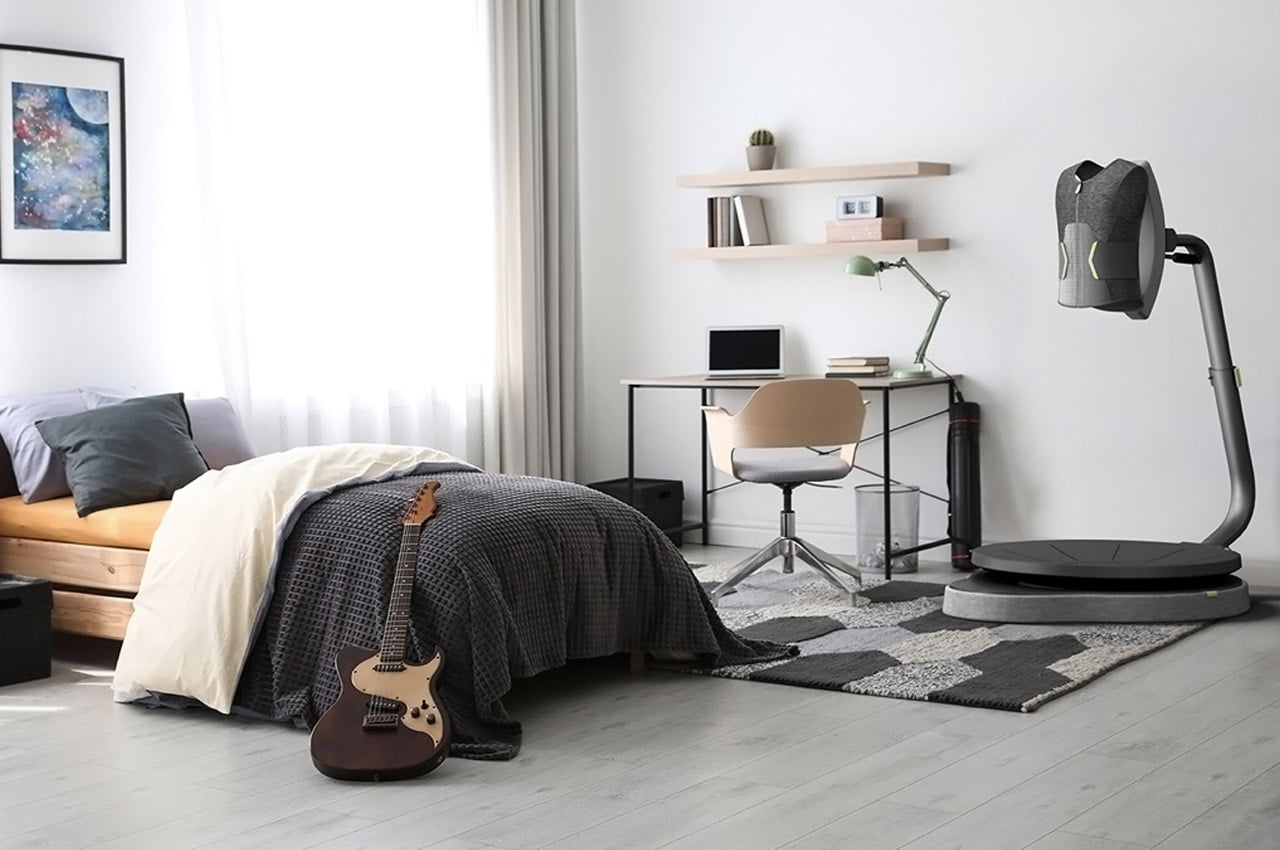
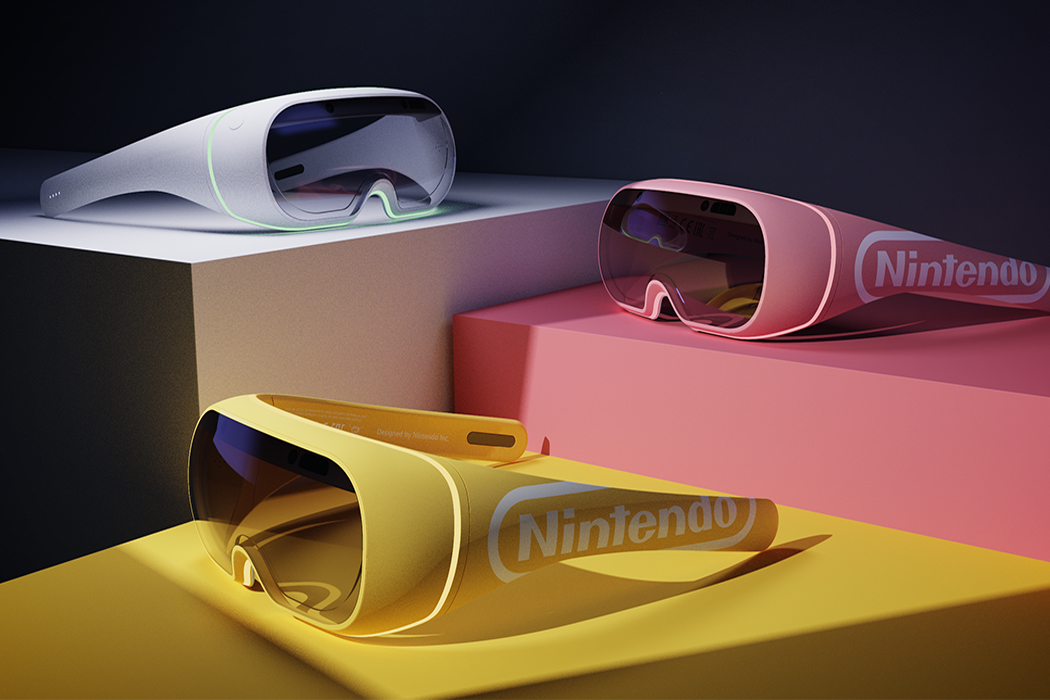
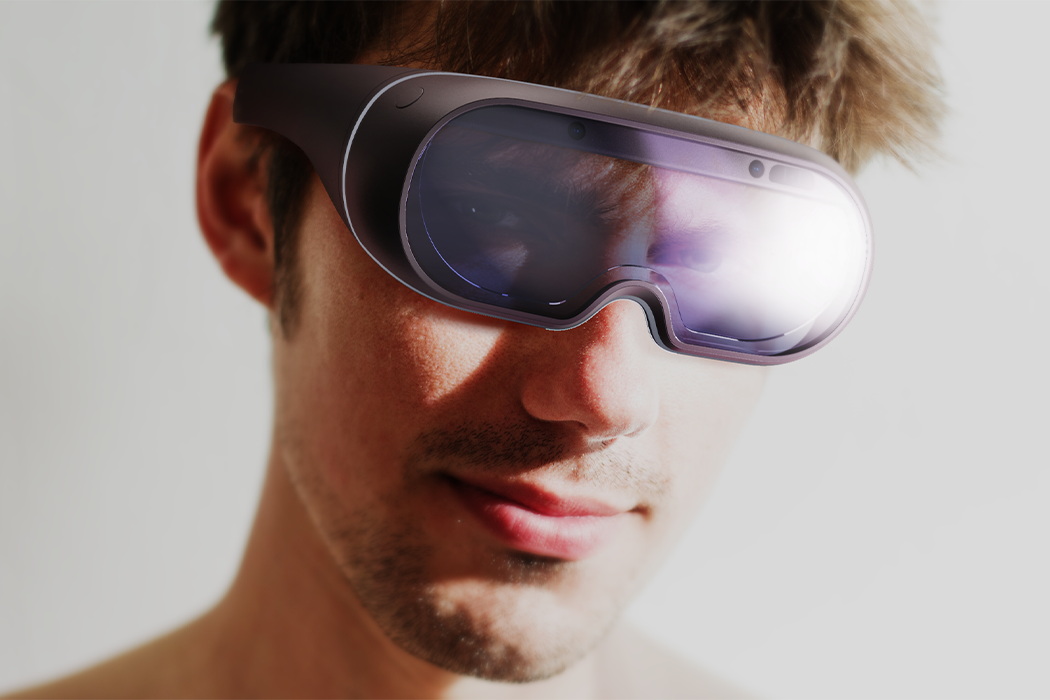
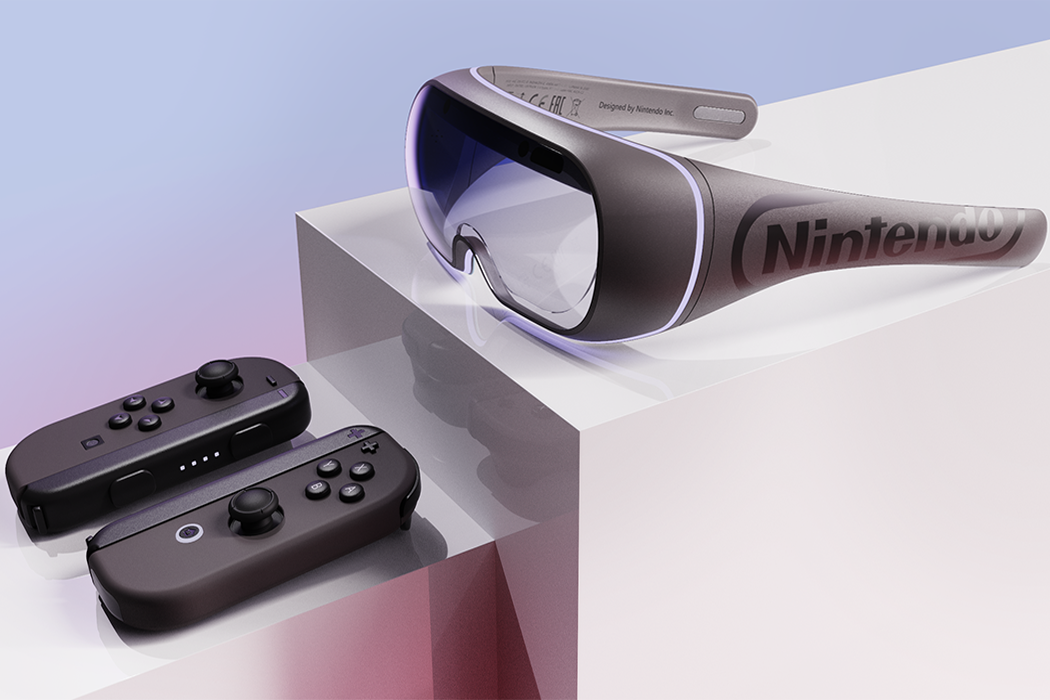
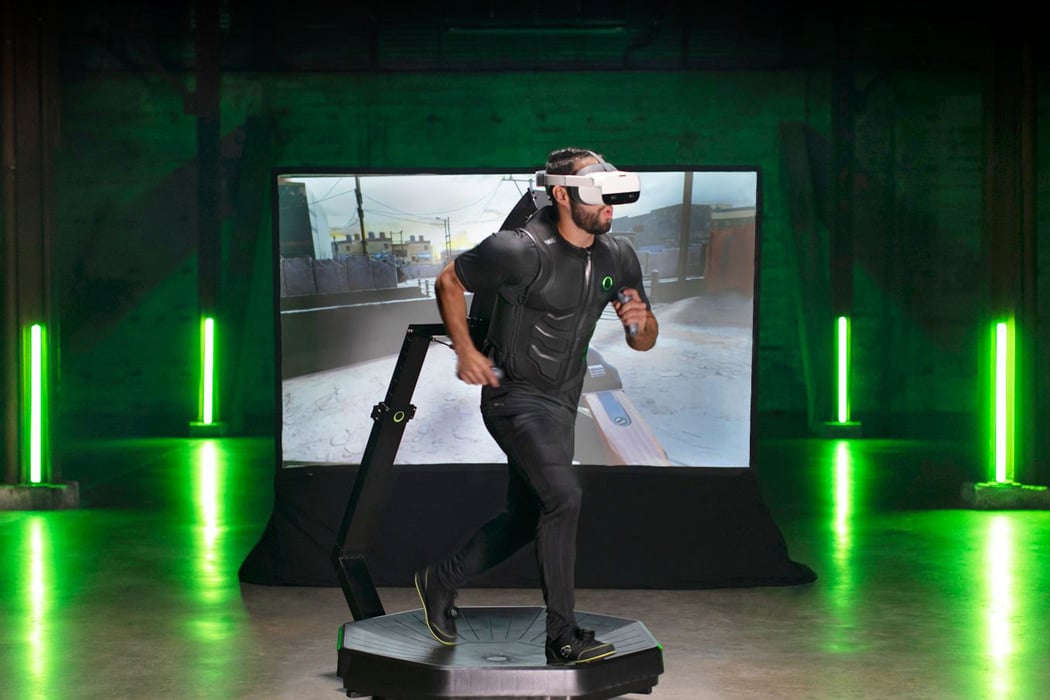
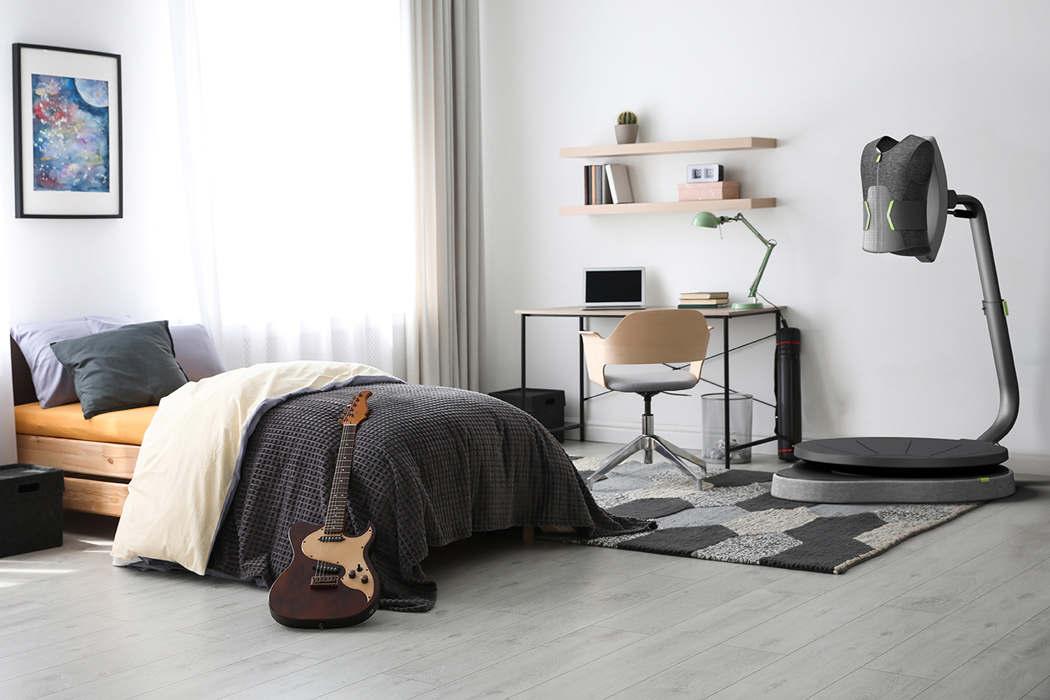
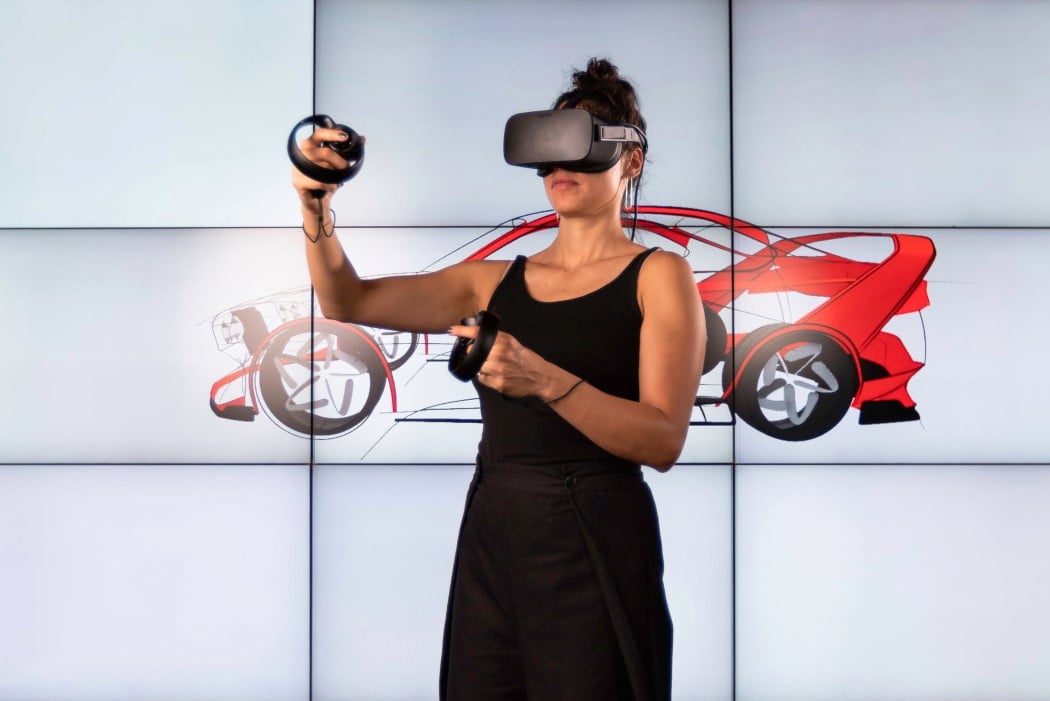
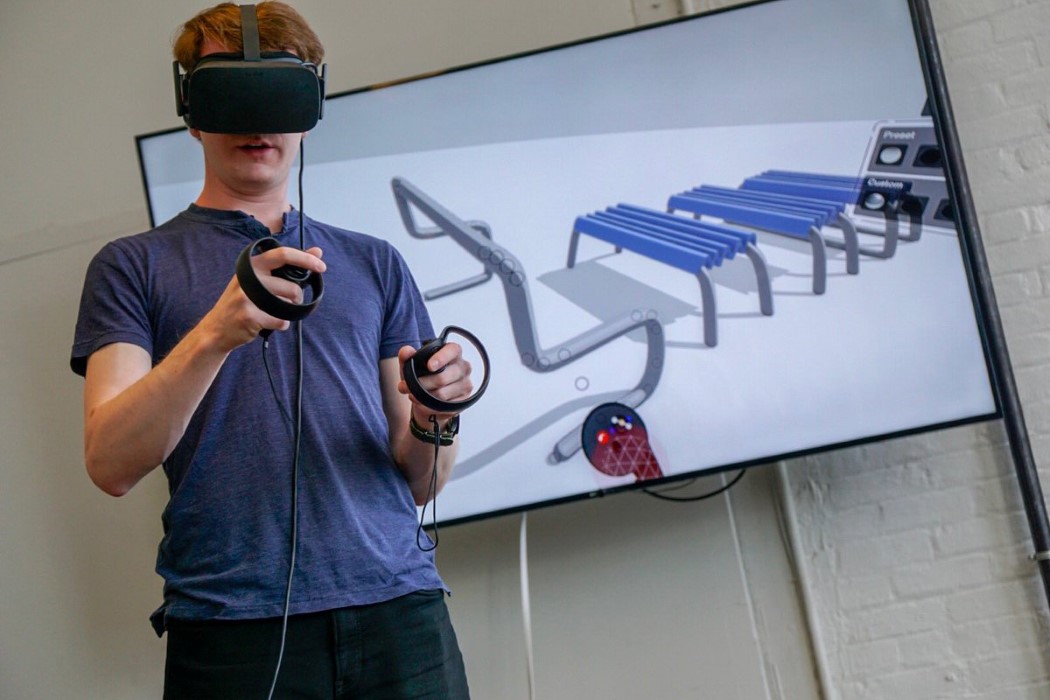
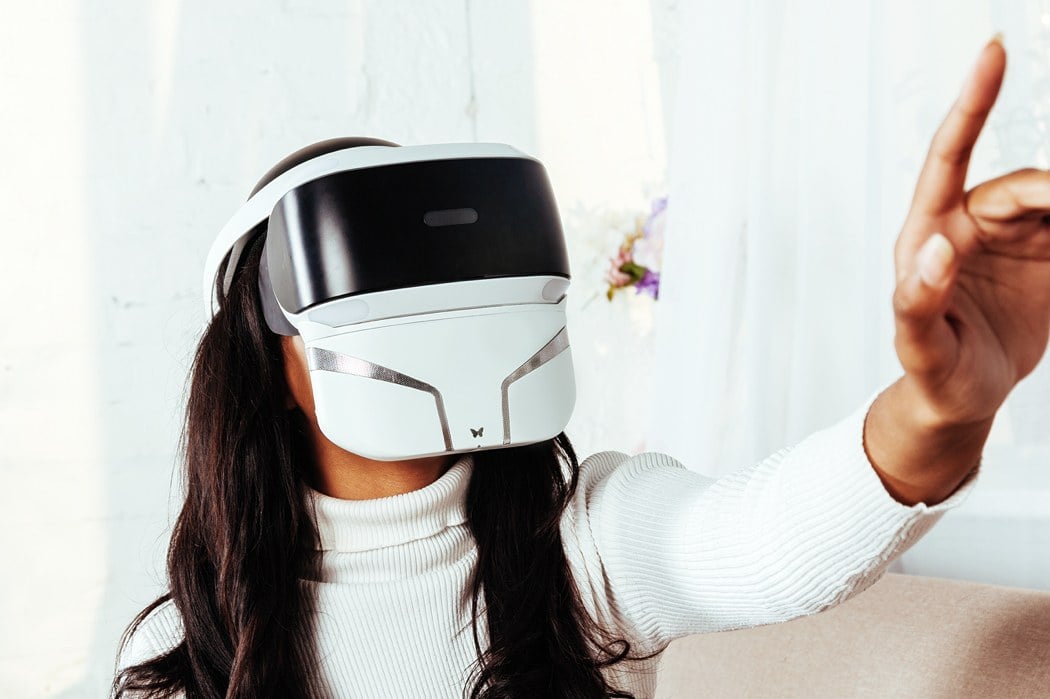
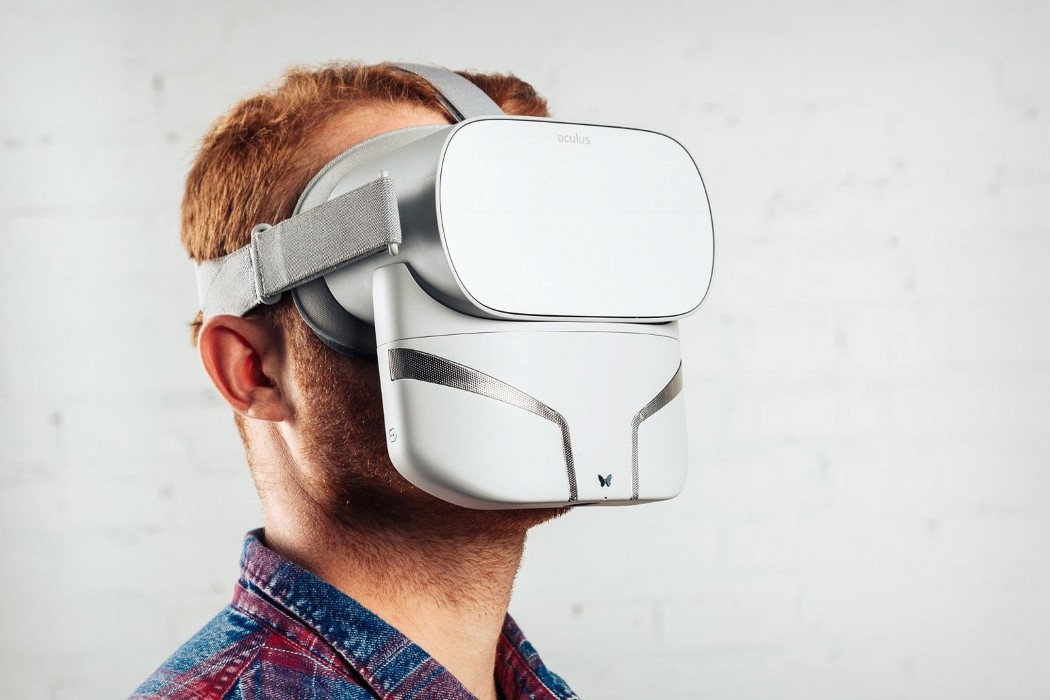
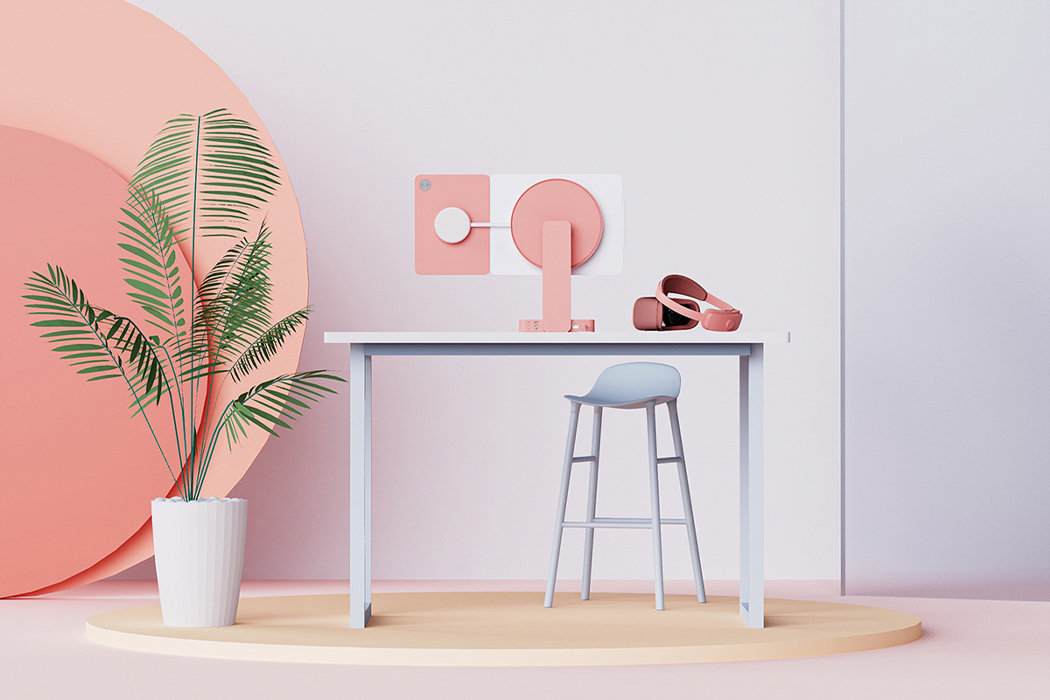
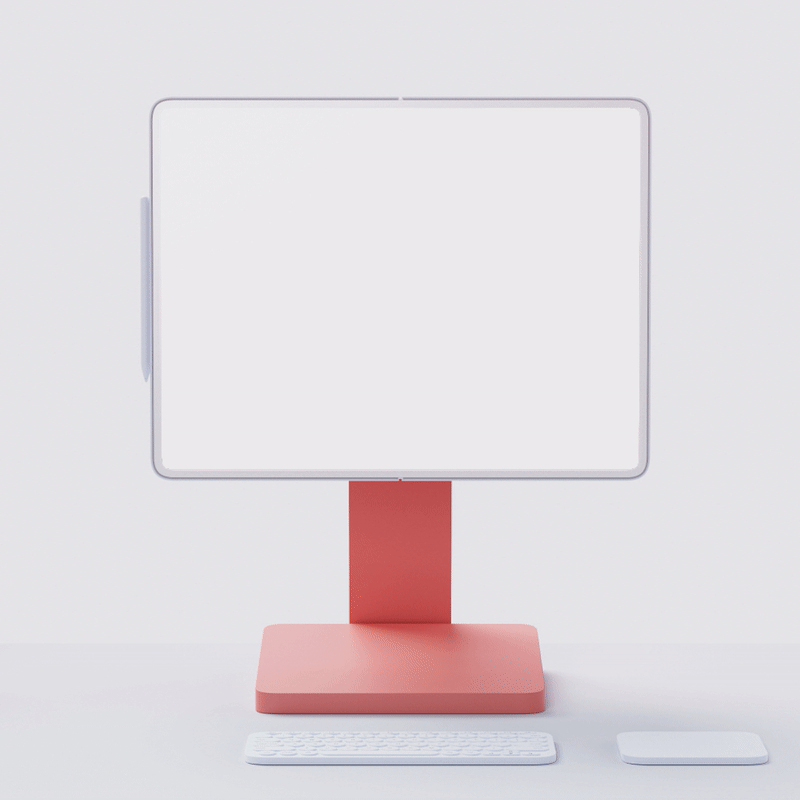
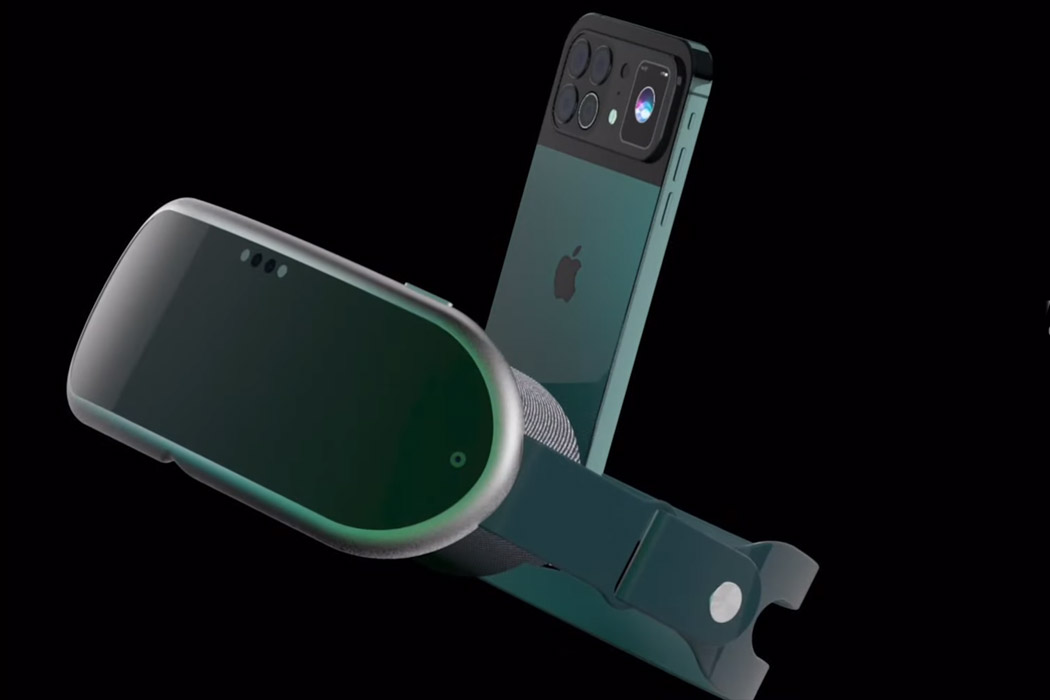
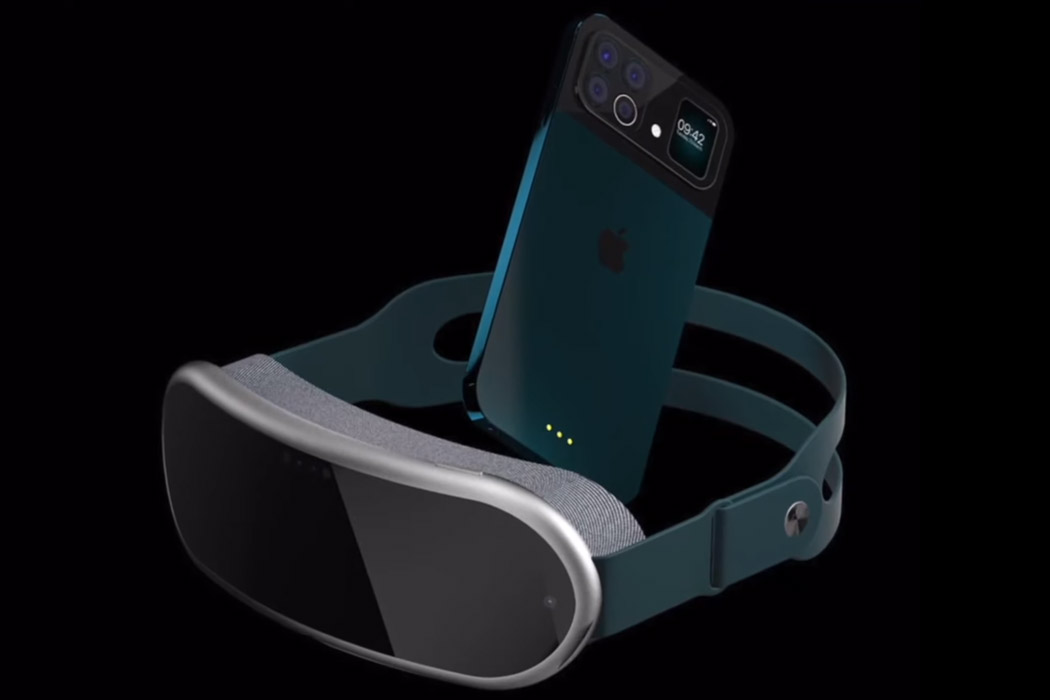
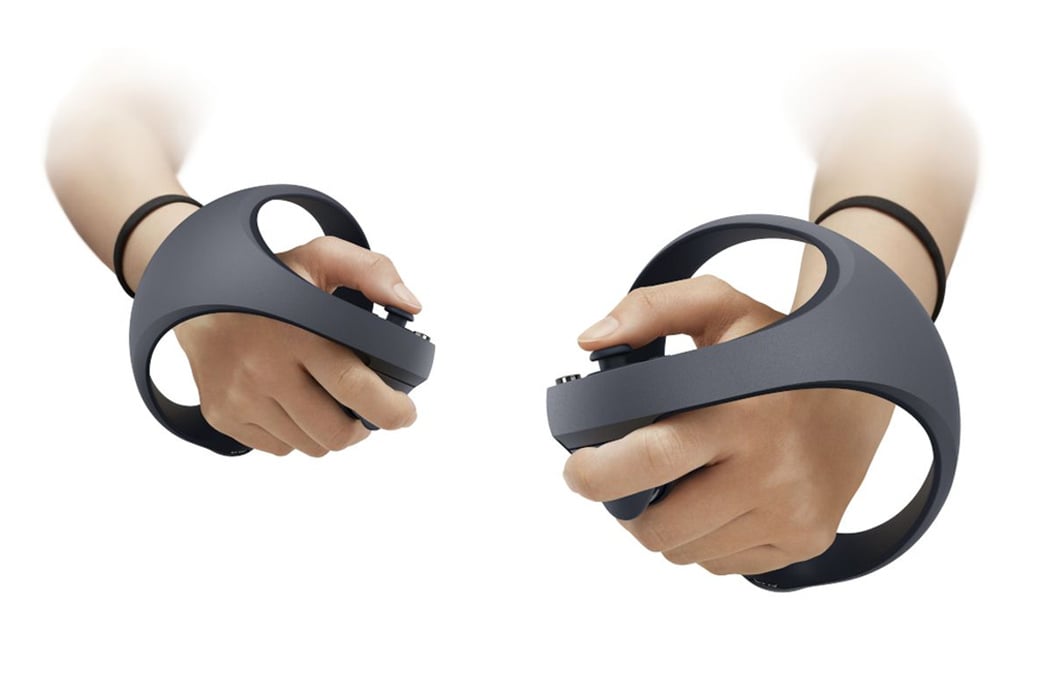
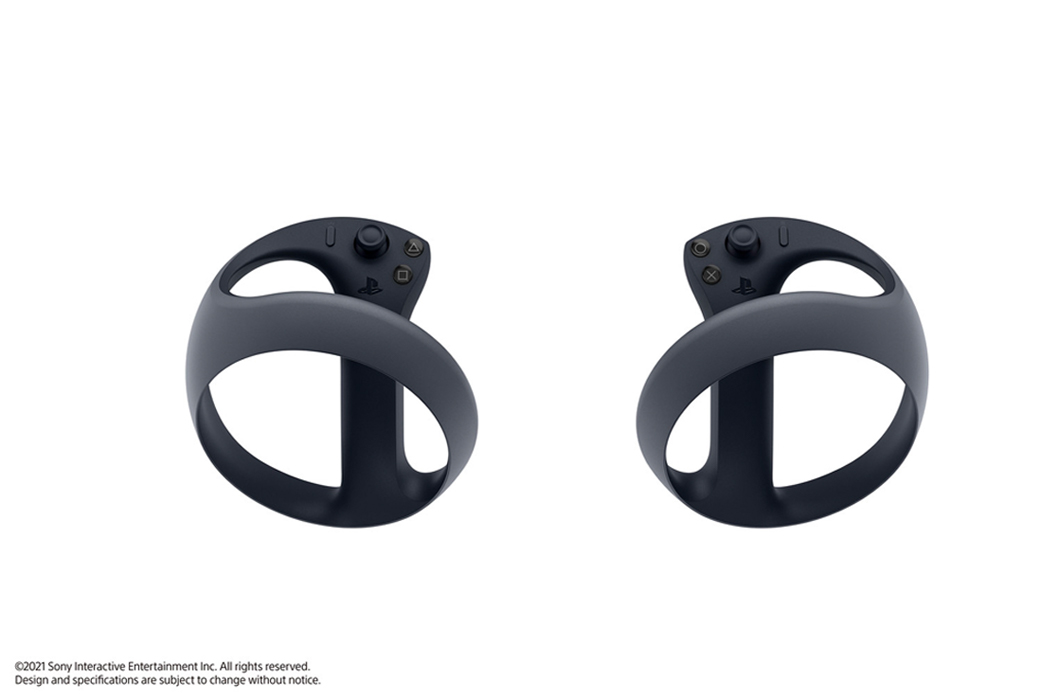
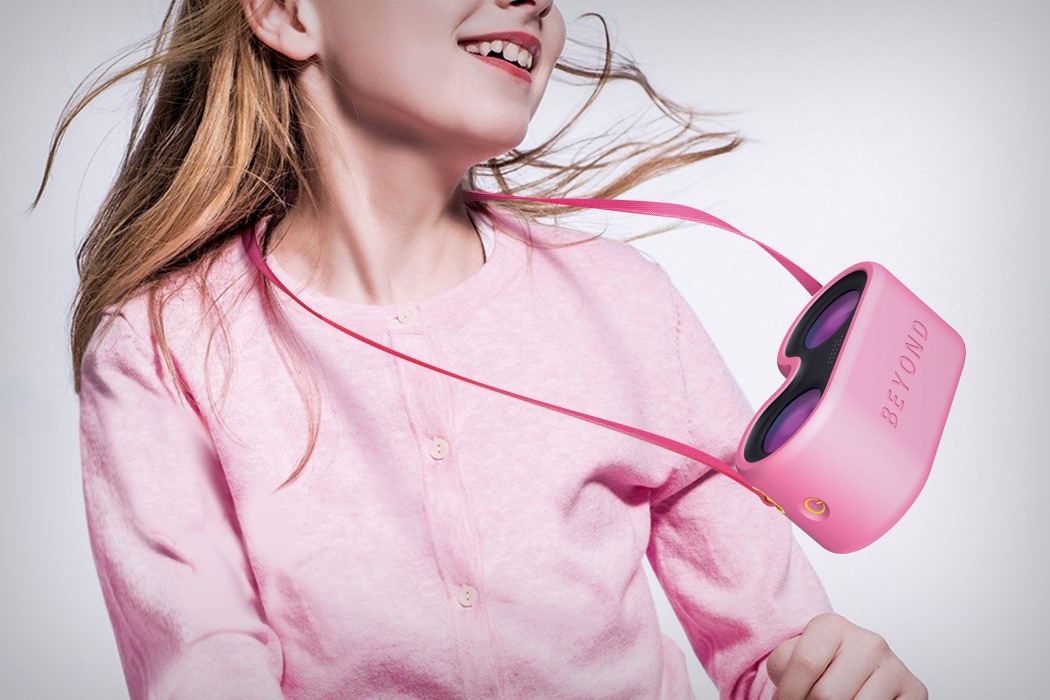
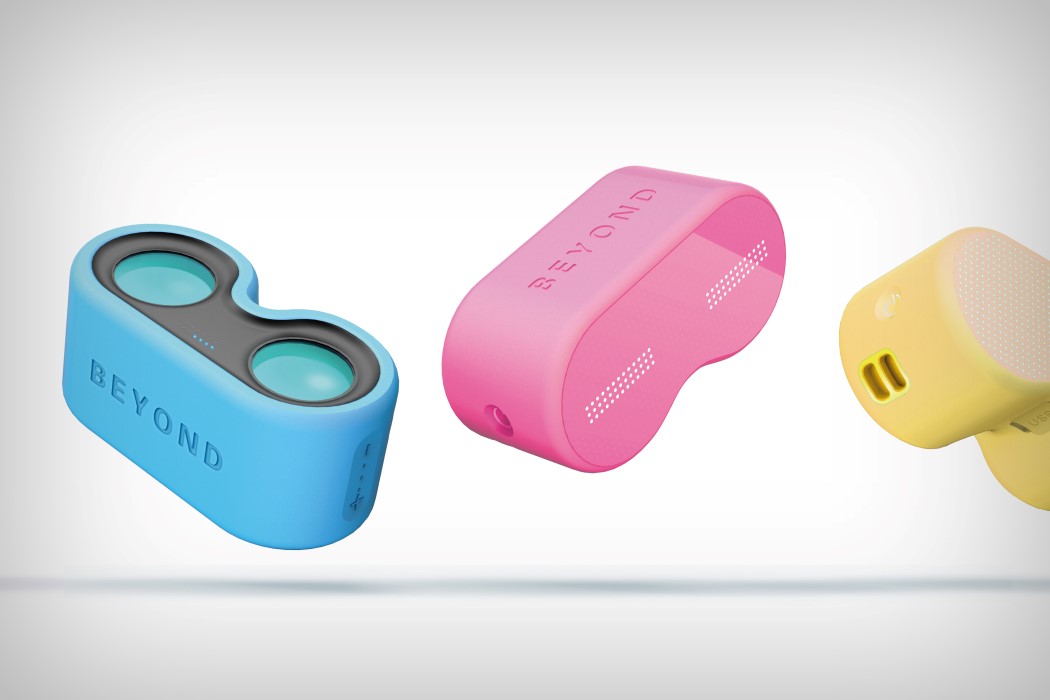

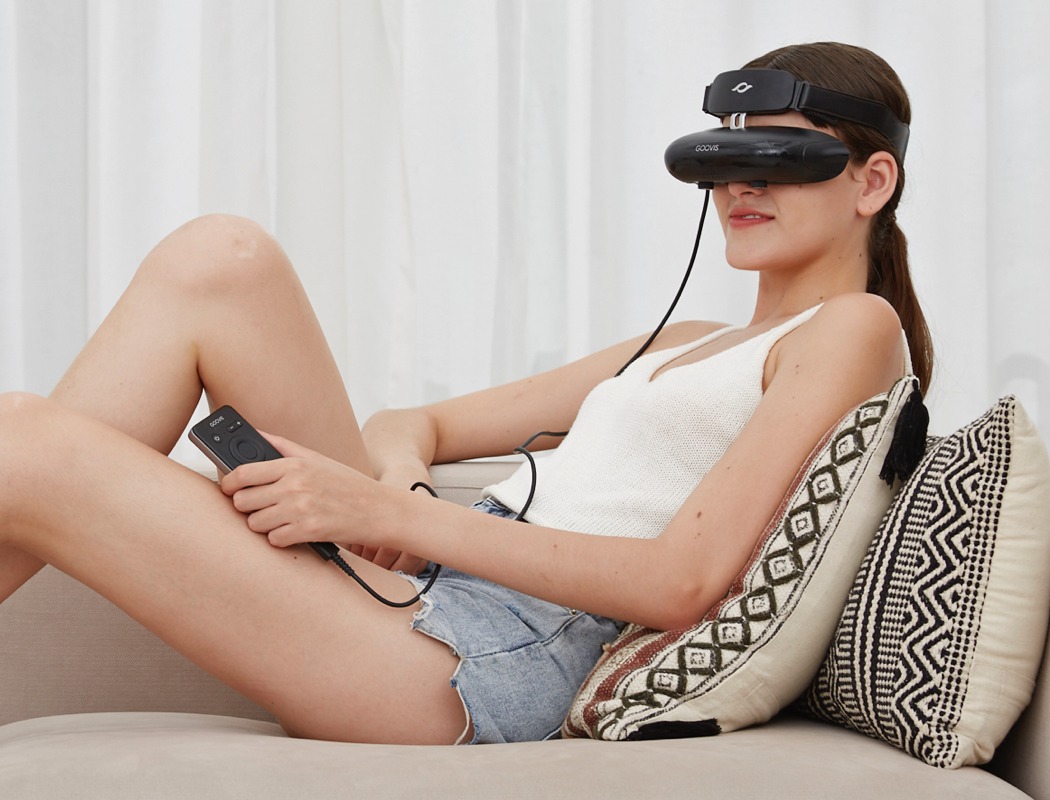
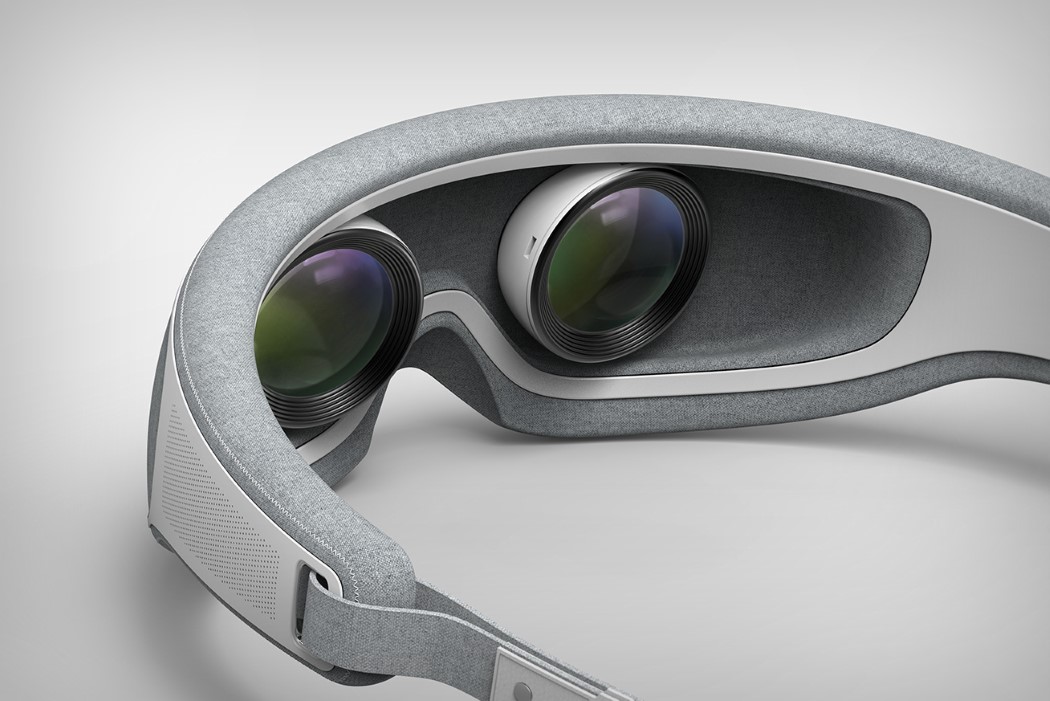
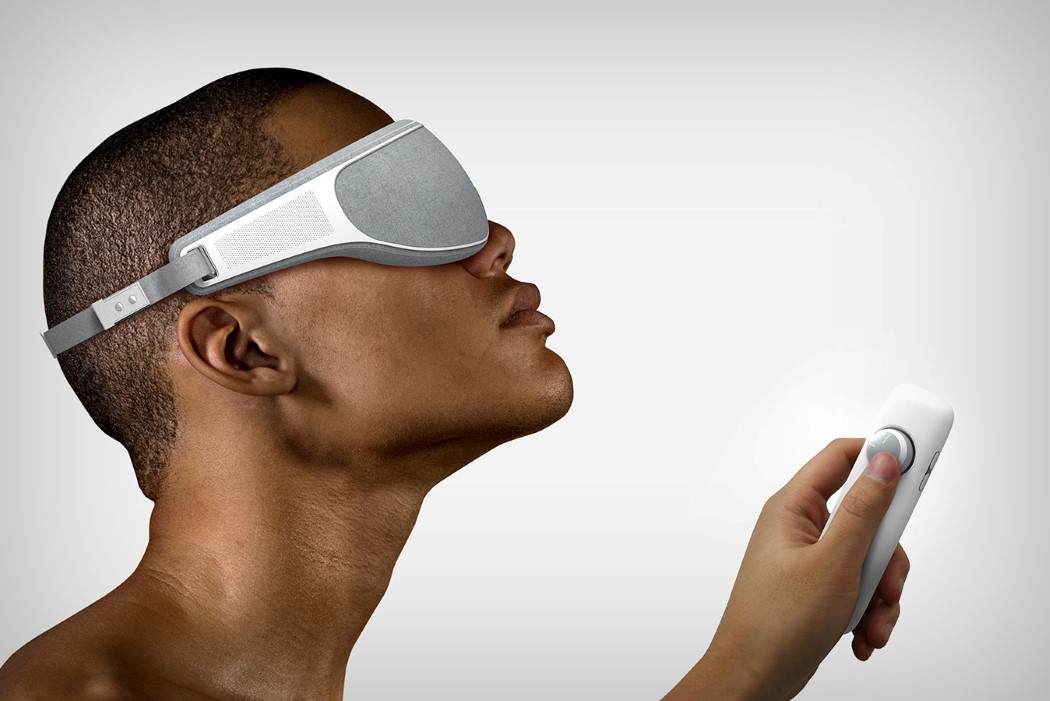
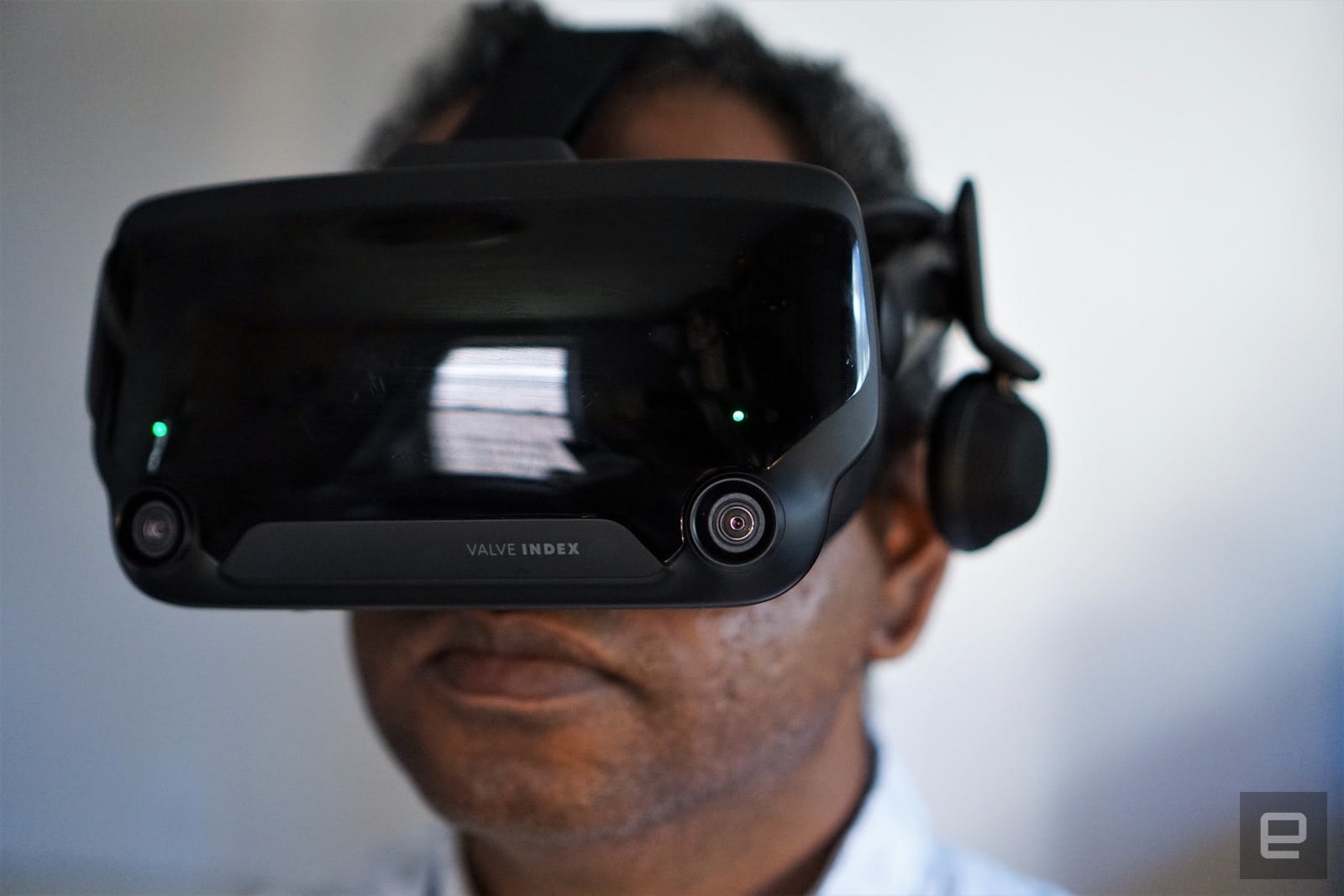 Where does virtual reality go next? Right now there seem to be two paths: portable and self-contained headsets like the Oculus Quest or those connected to computers and consoles like the Rift and PlayStation VR. Valve is clearly betting on the se...
Where does virtual reality go next? Right now there seem to be two paths: portable and self-contained headsets like the Oculus Quest or those connected to computers and consoles like the Rift and PlayStation VR. Valve is clearly betting on the se...
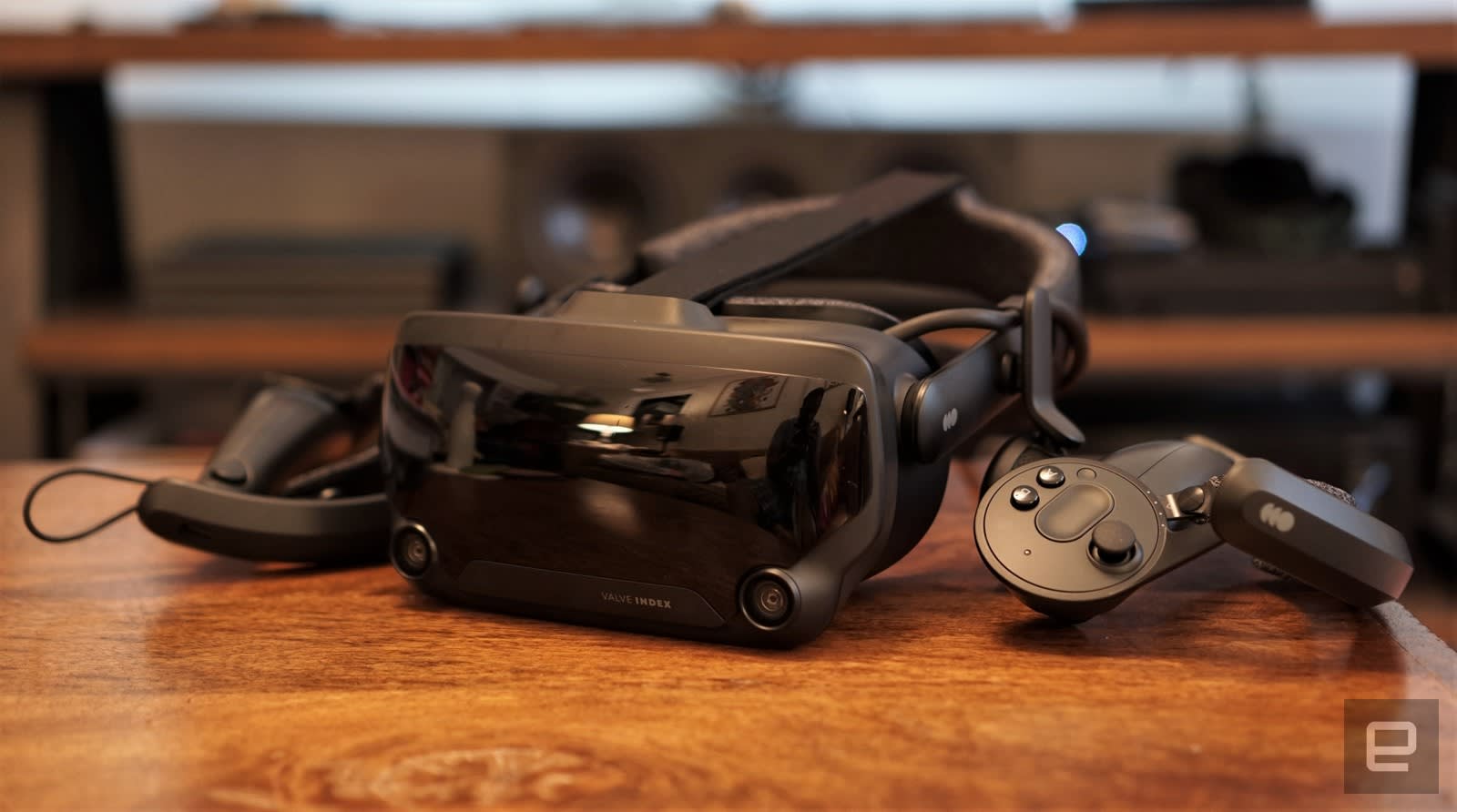 The Oculus Quest instantly makes every desktop VR headset seem antiquated. Instead of being attached to a computer, you're completely free to hop into virtual reality wherever you are. But the move towards simpler, more convenient VR also comes with...
The Oculus Quest instantly makes every desktop VR headset seem antiquated. Instead of being attached to a computer, you're completely free to hop into virtual reality wherever you are. But the move towards simpler, more convenient VR also comes with...

